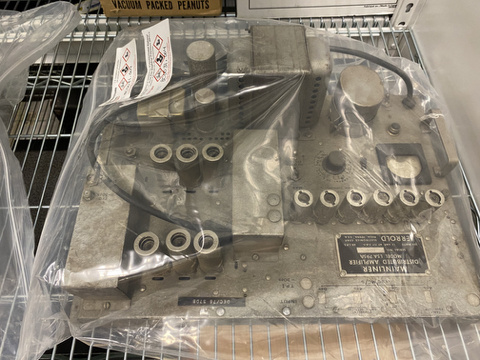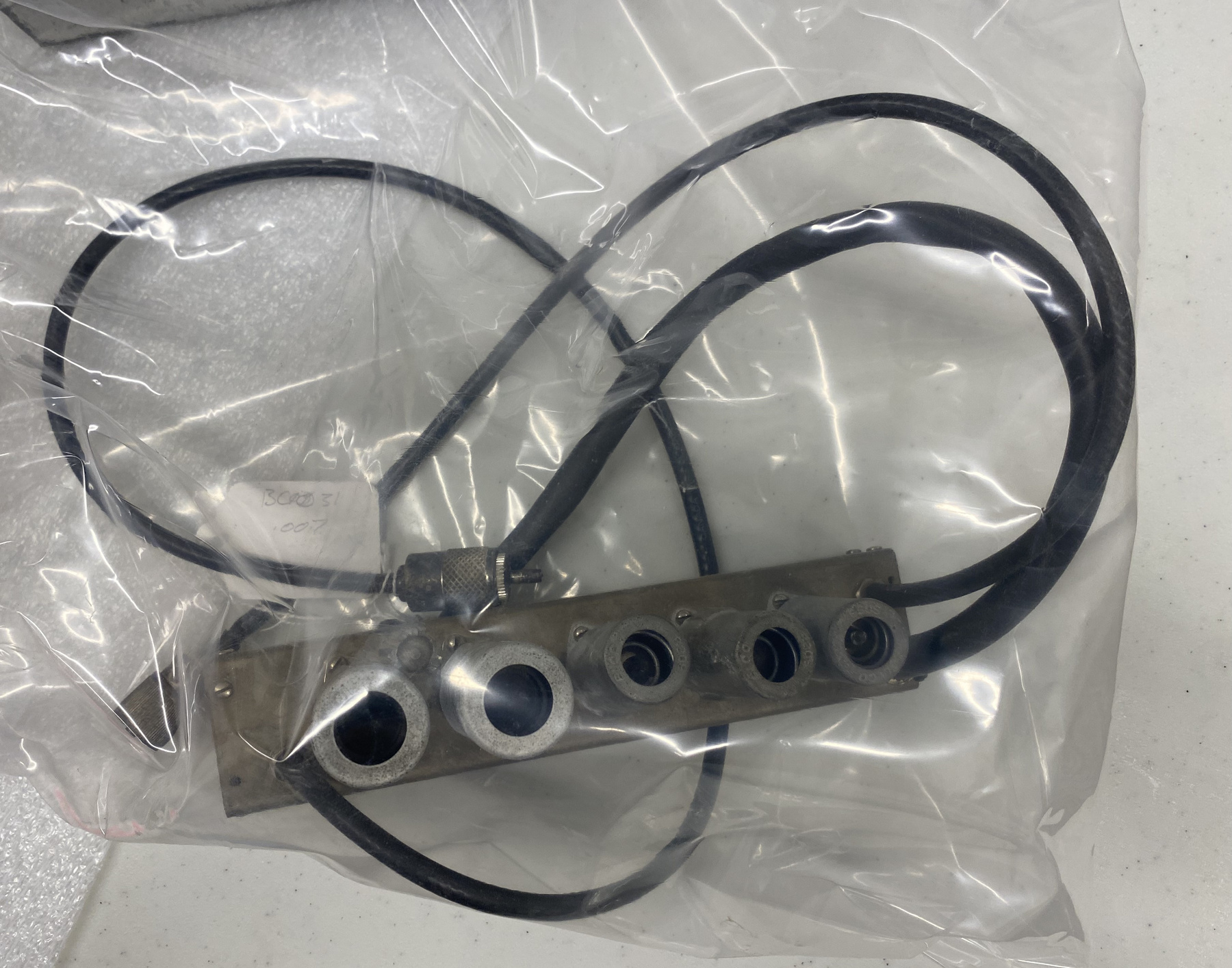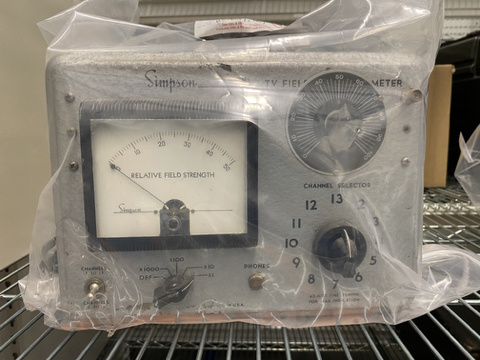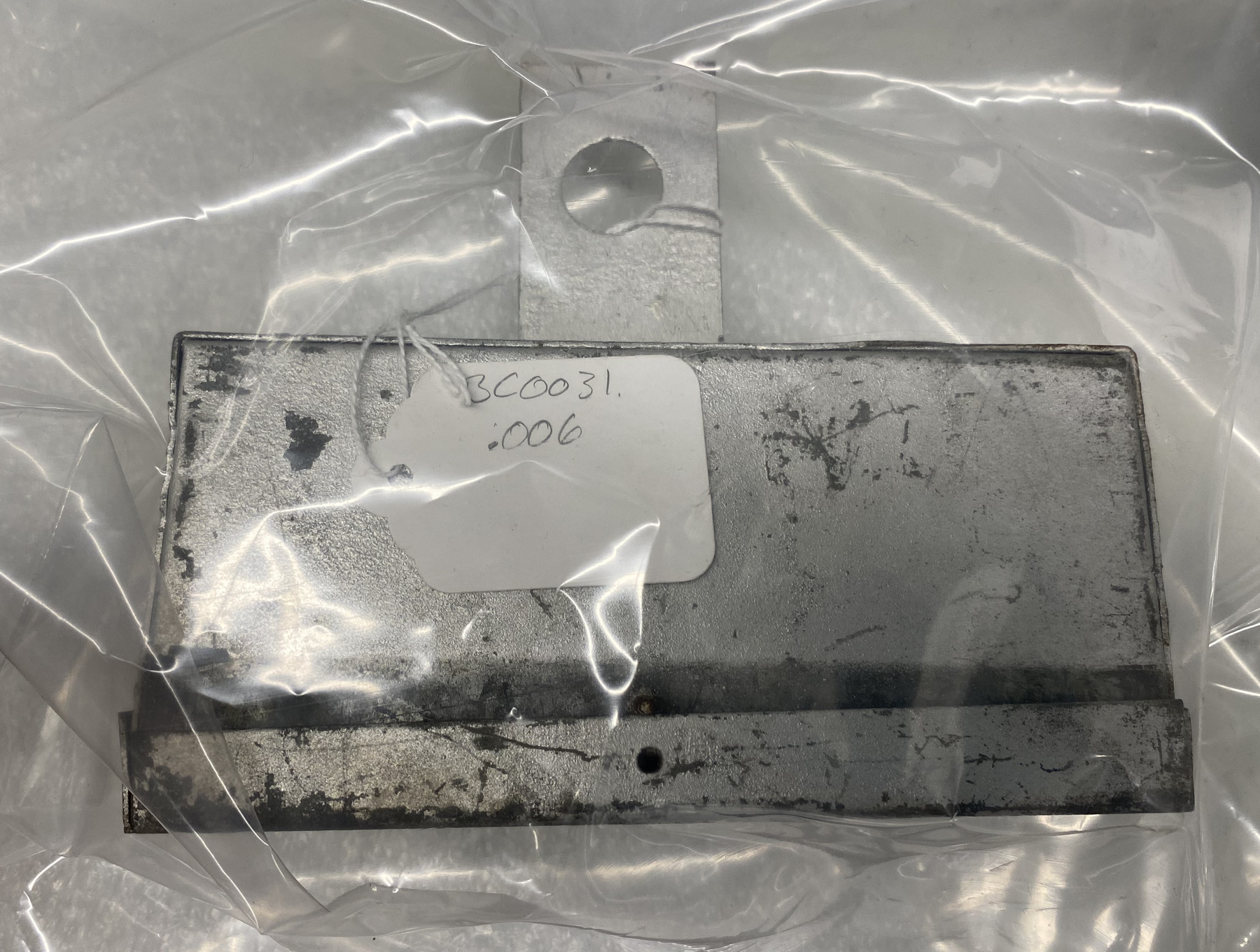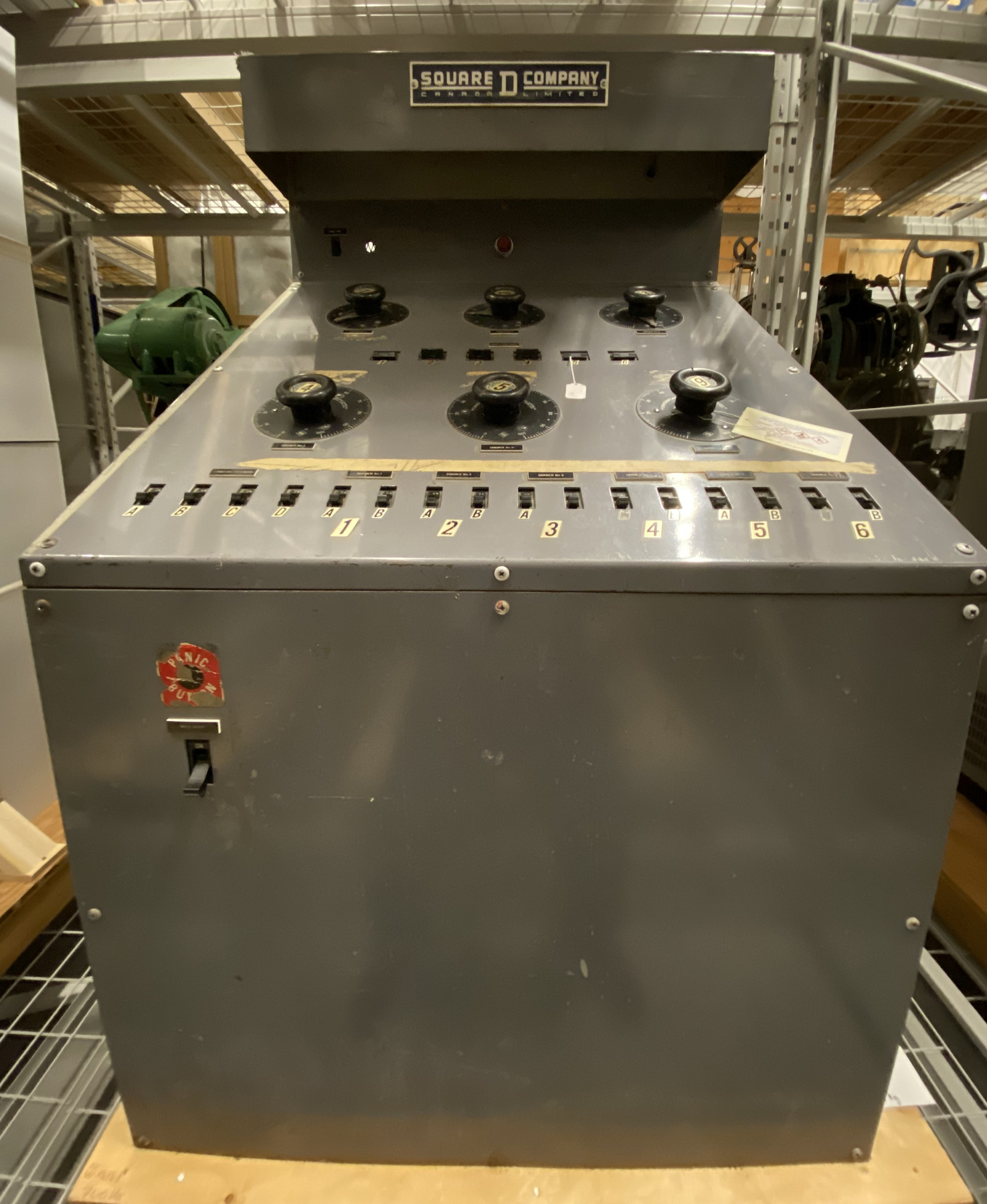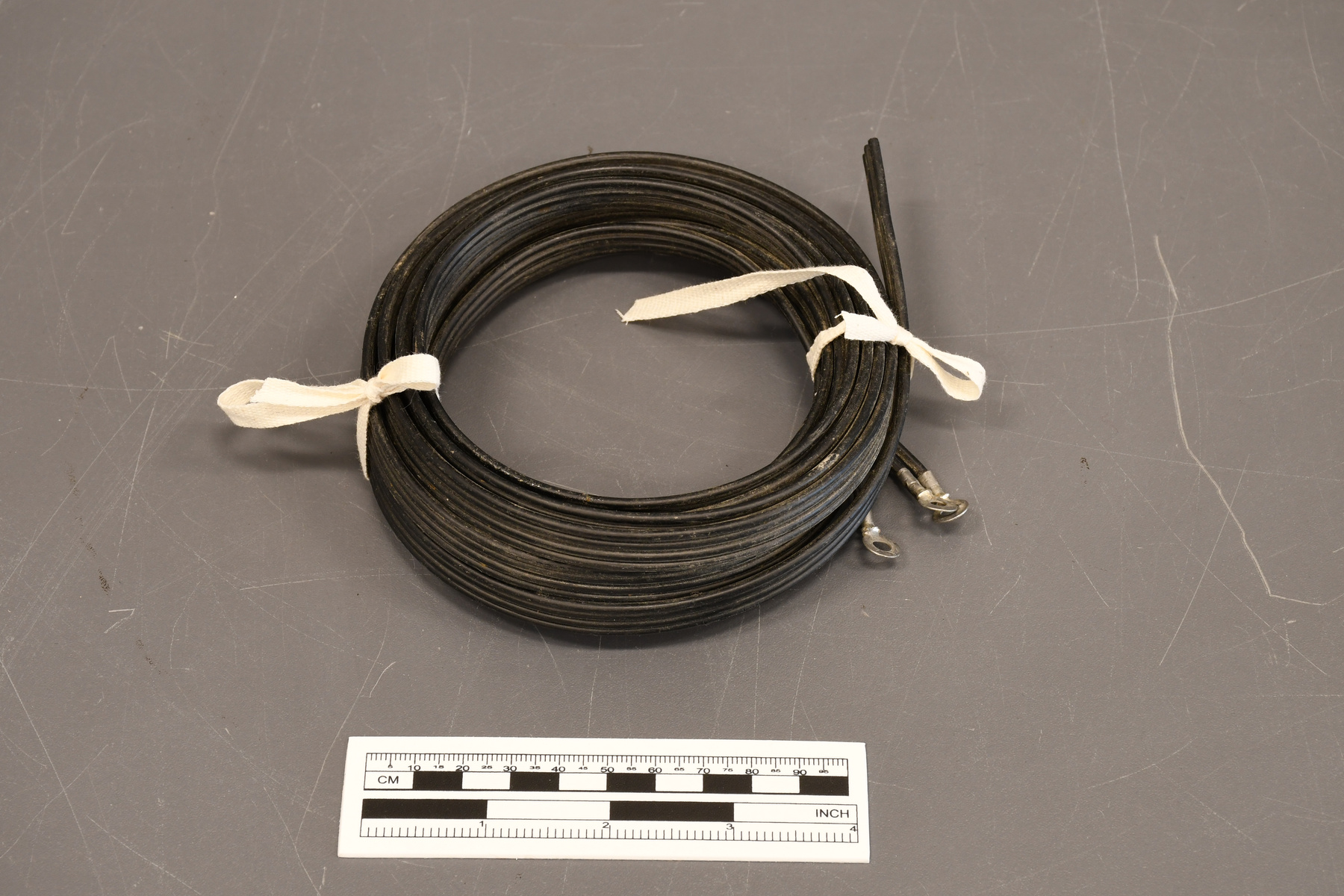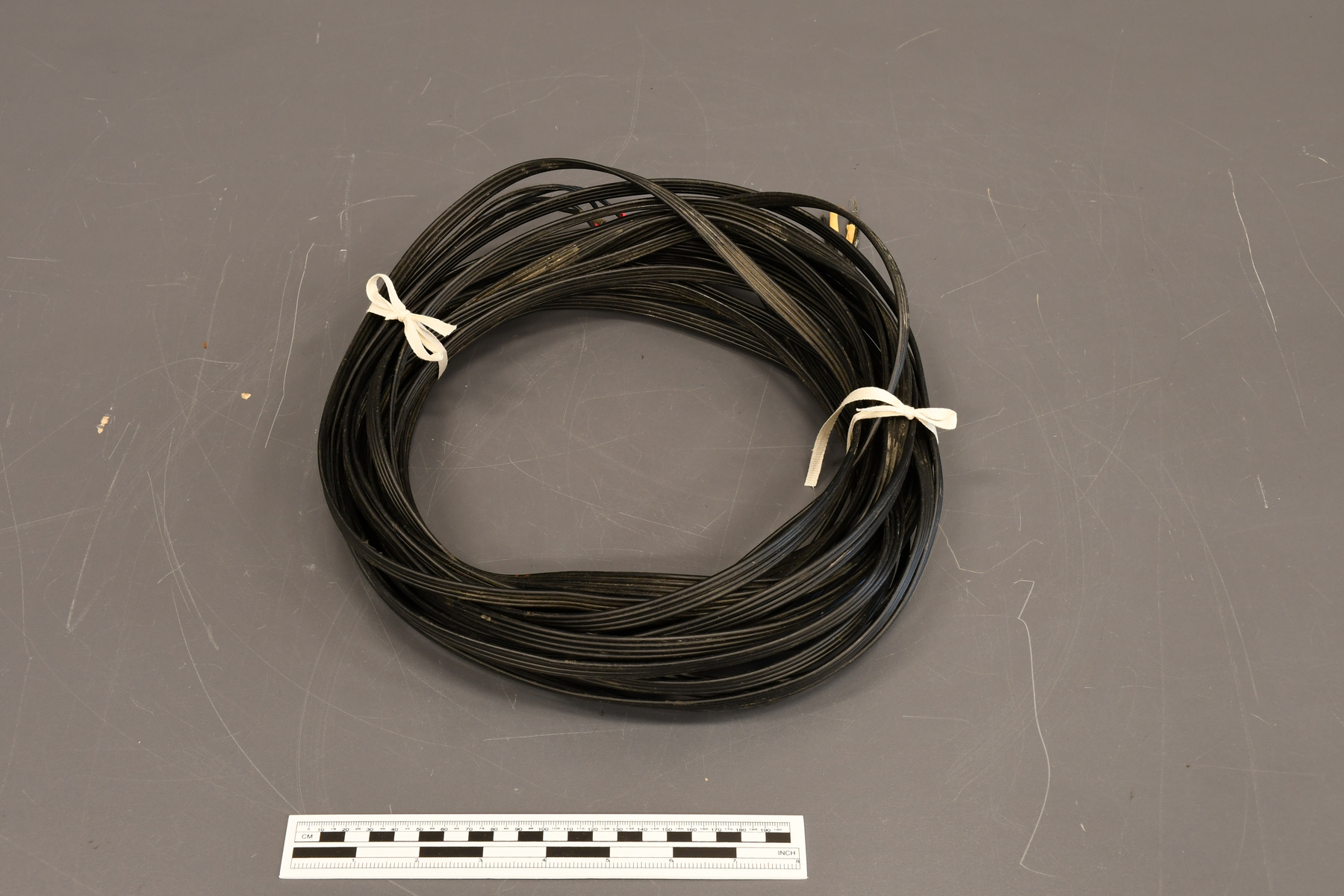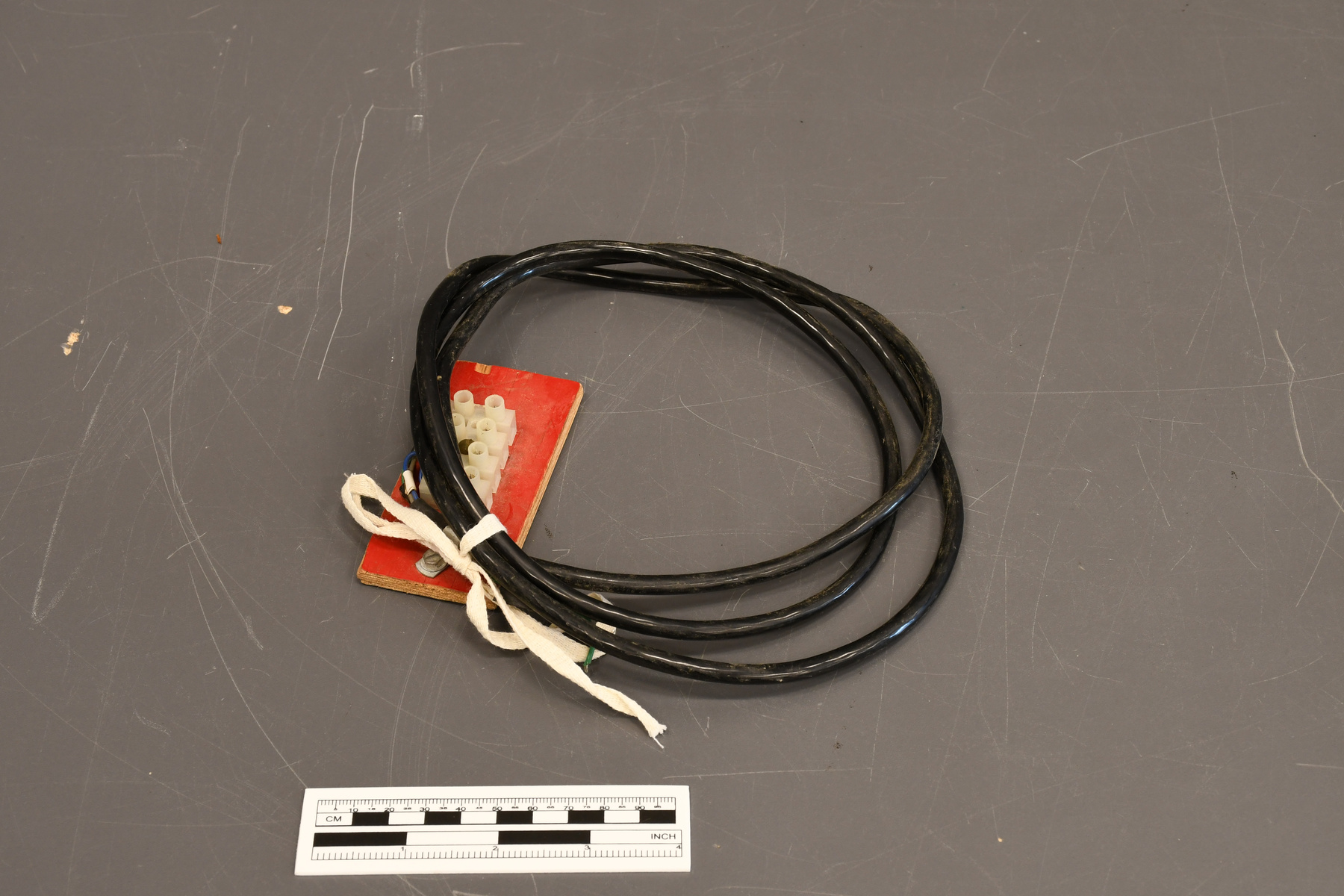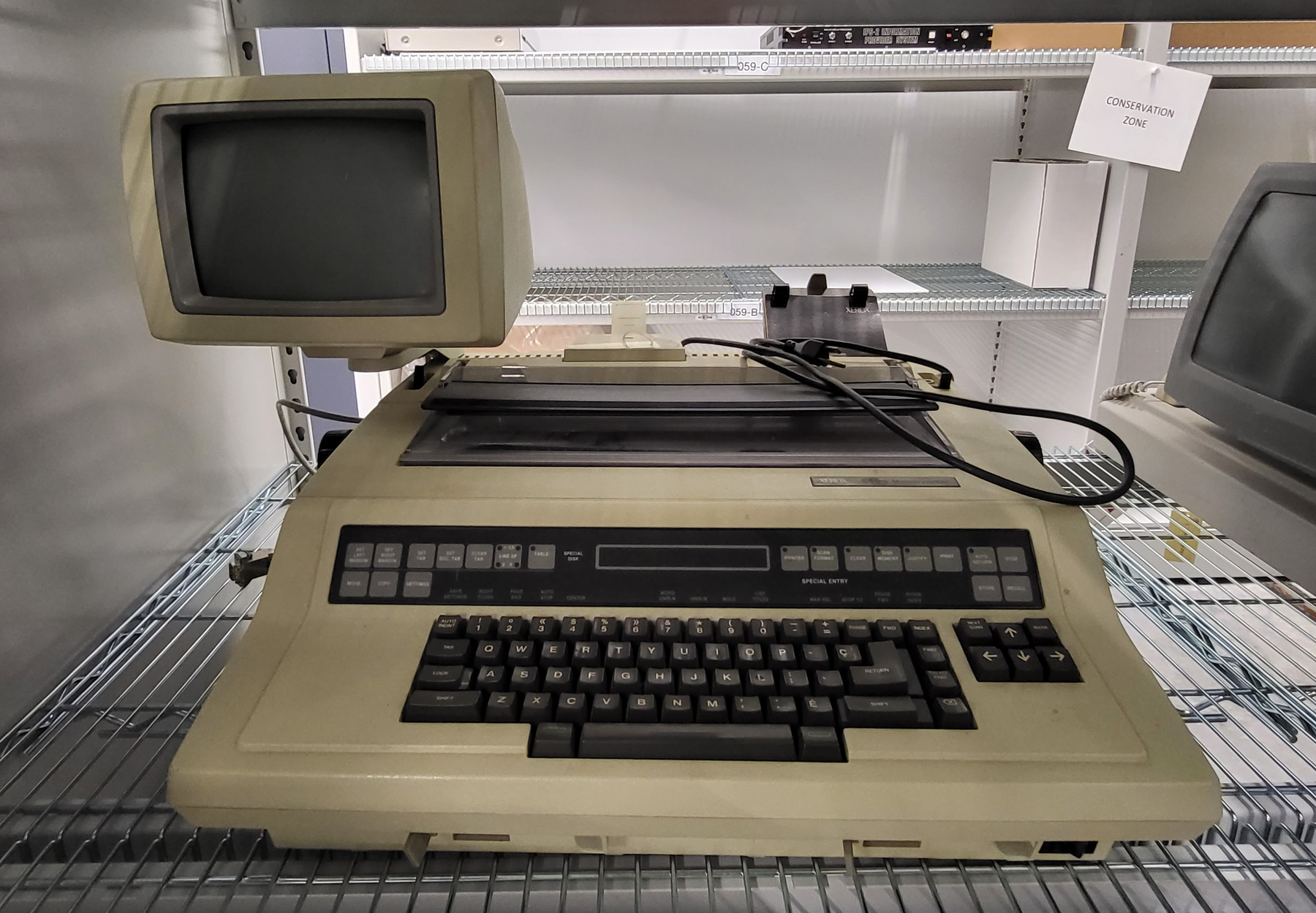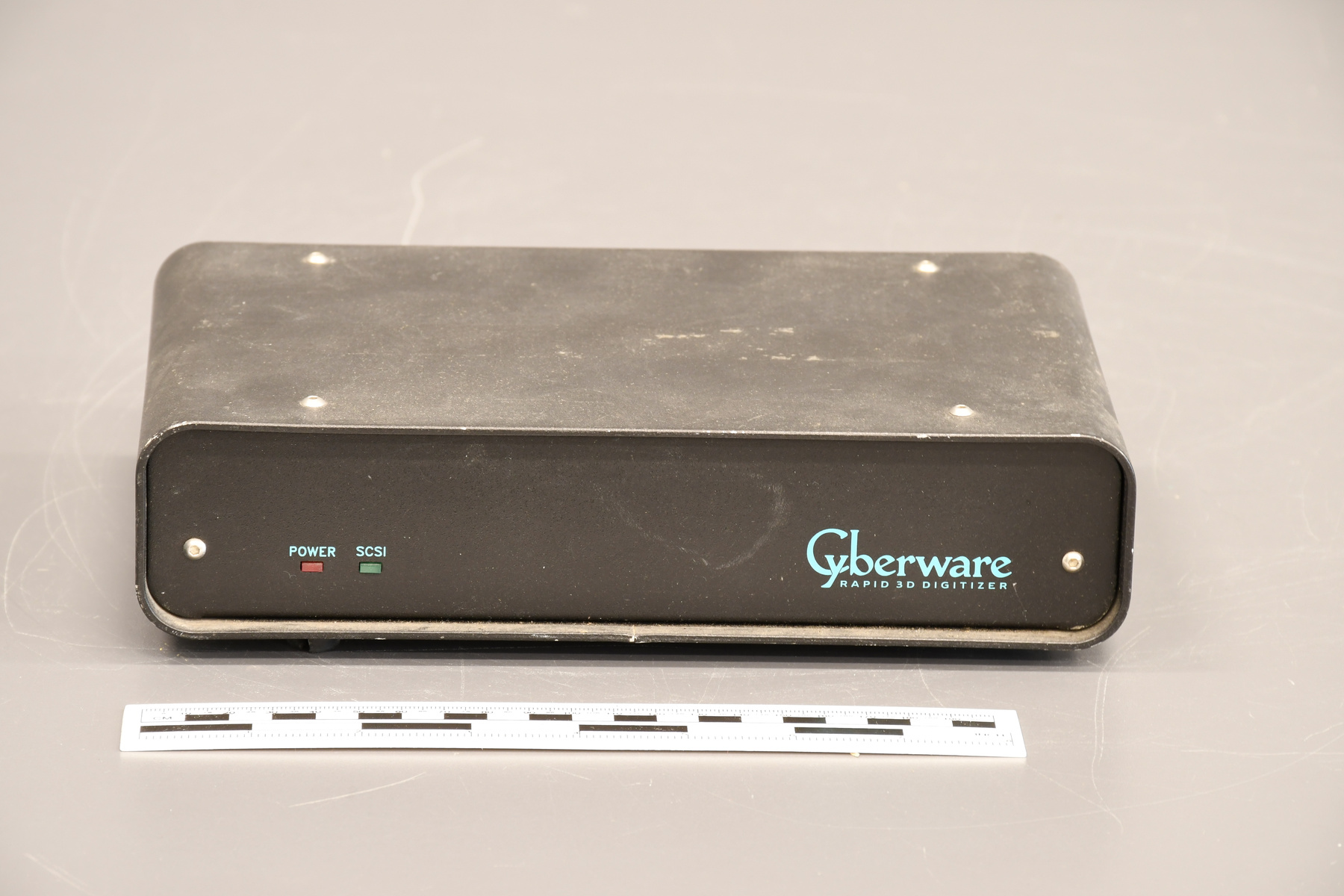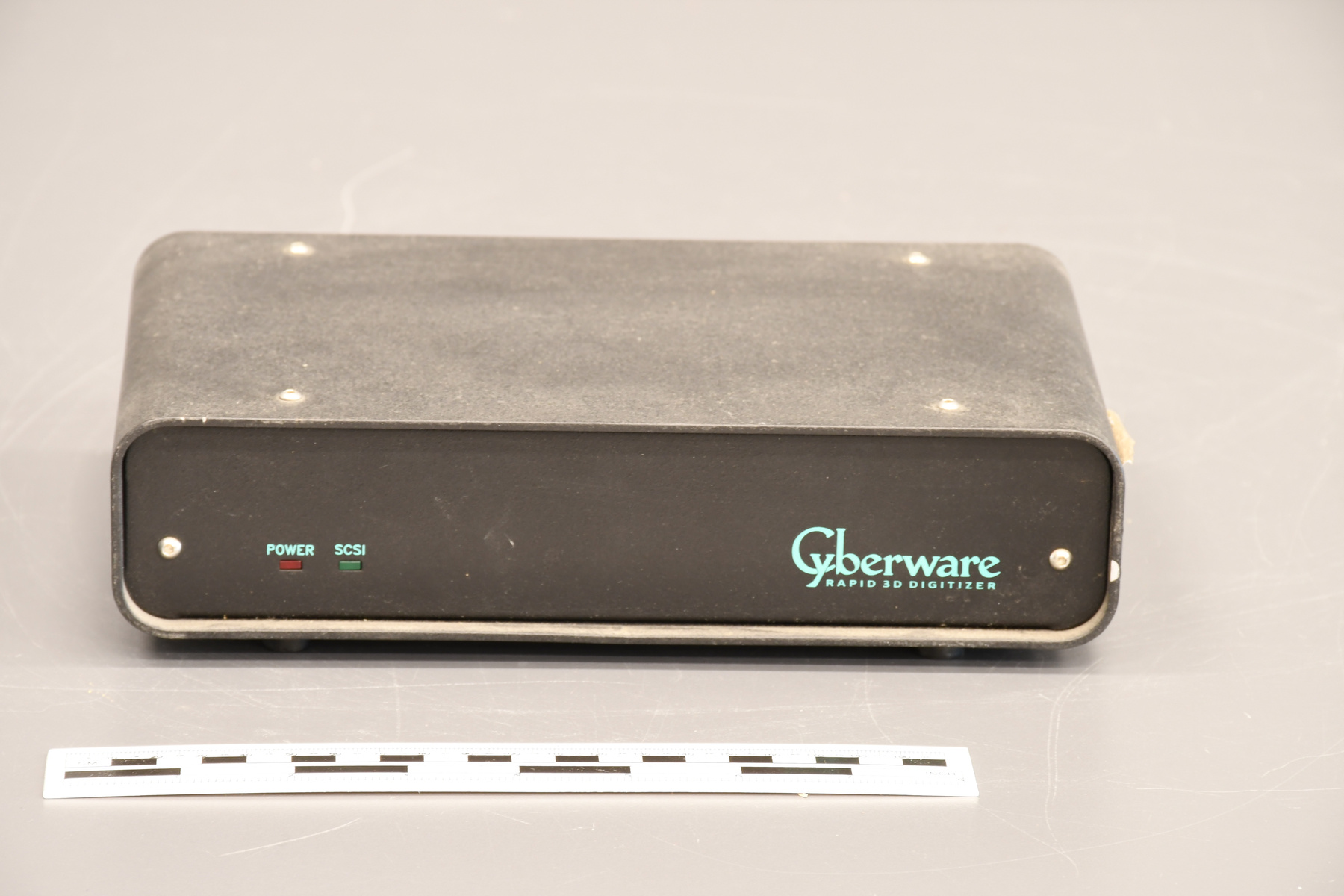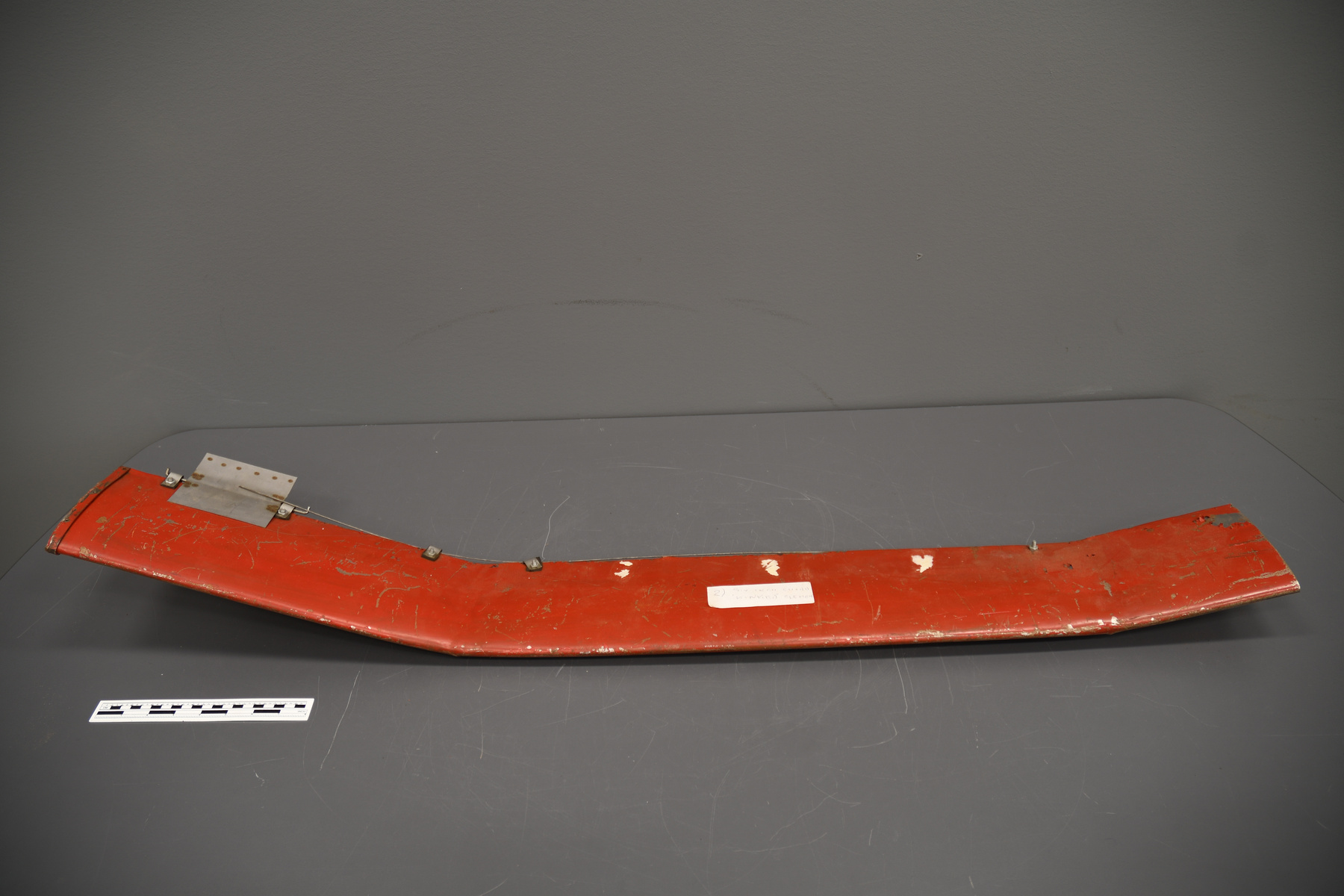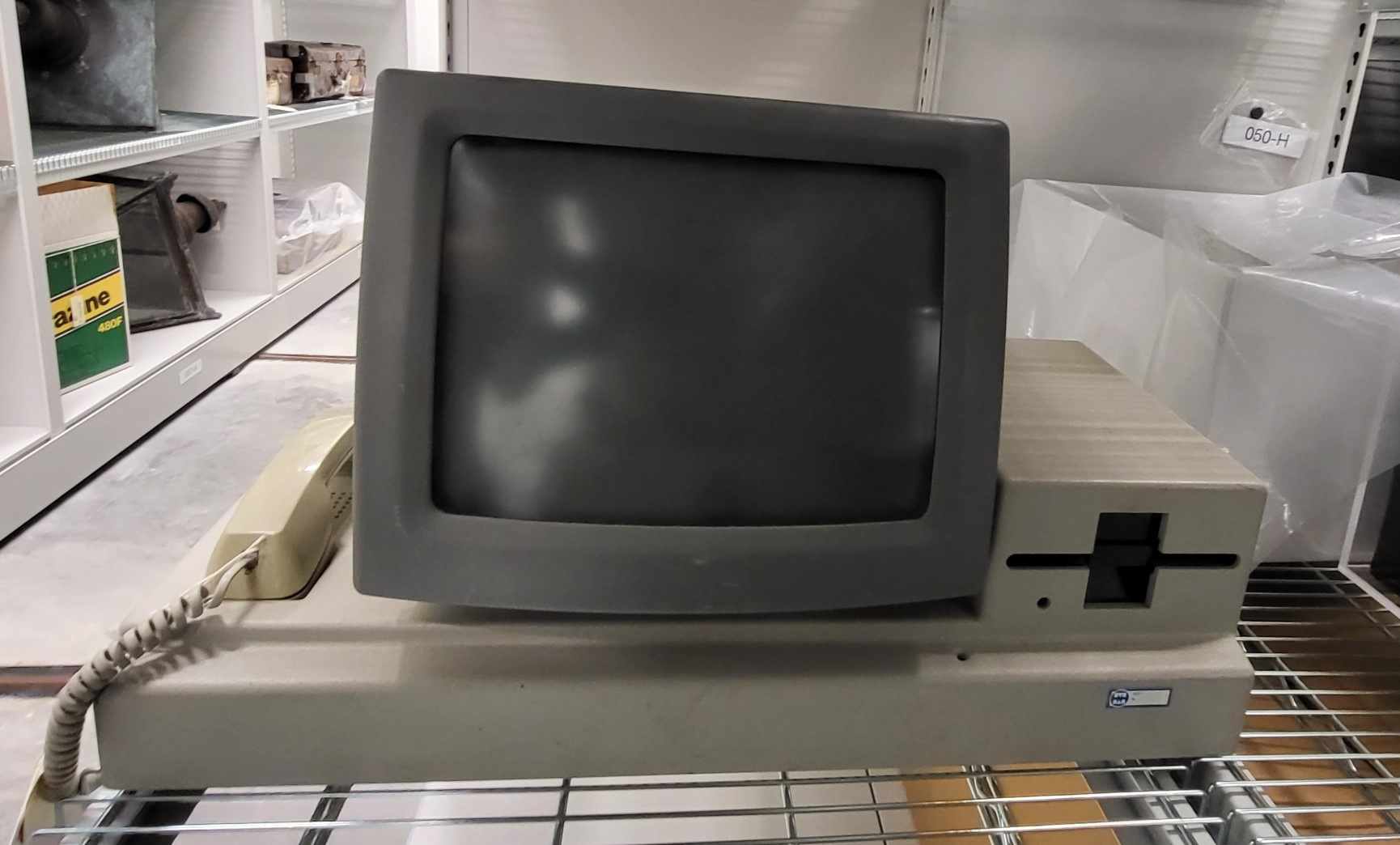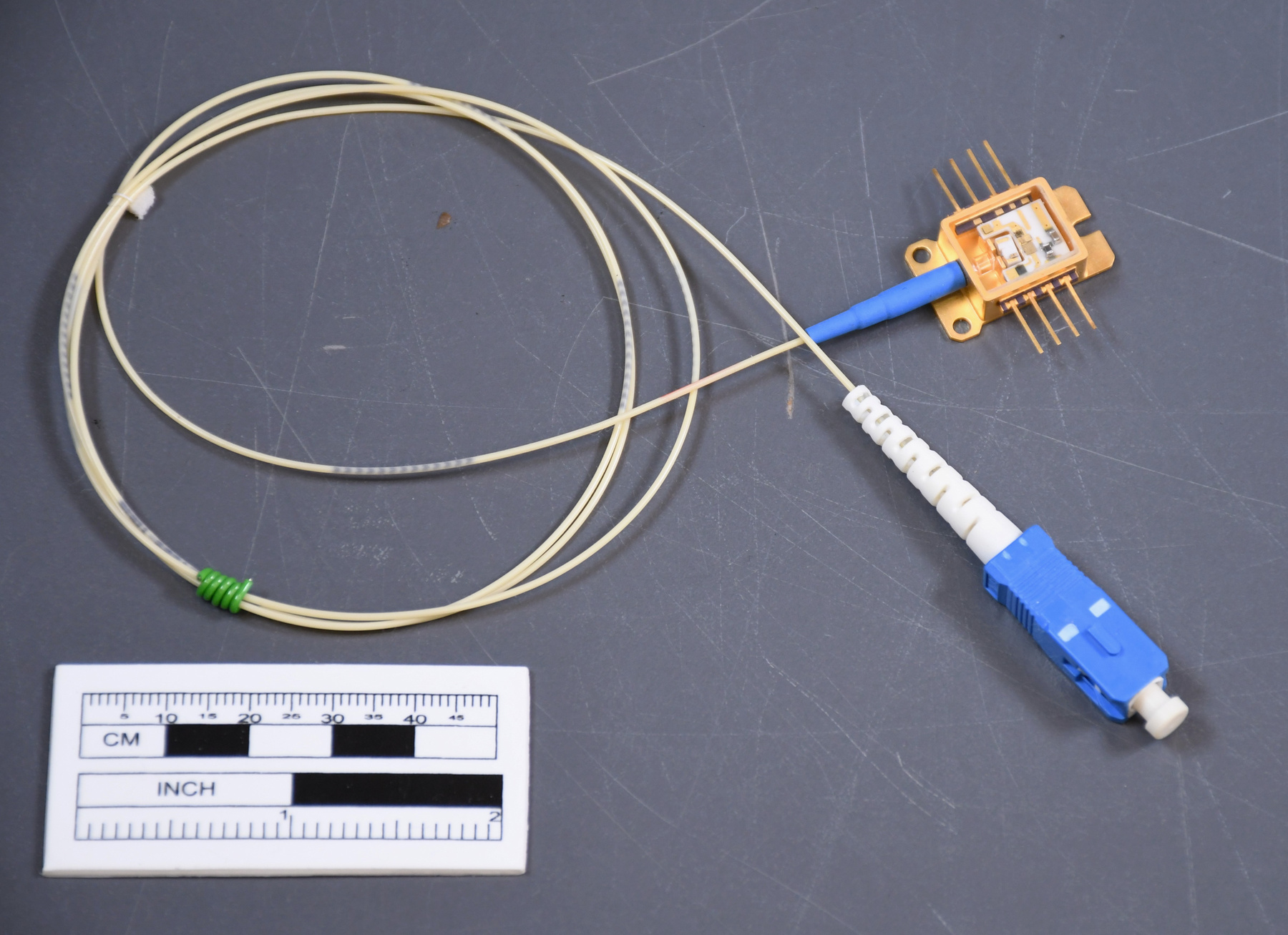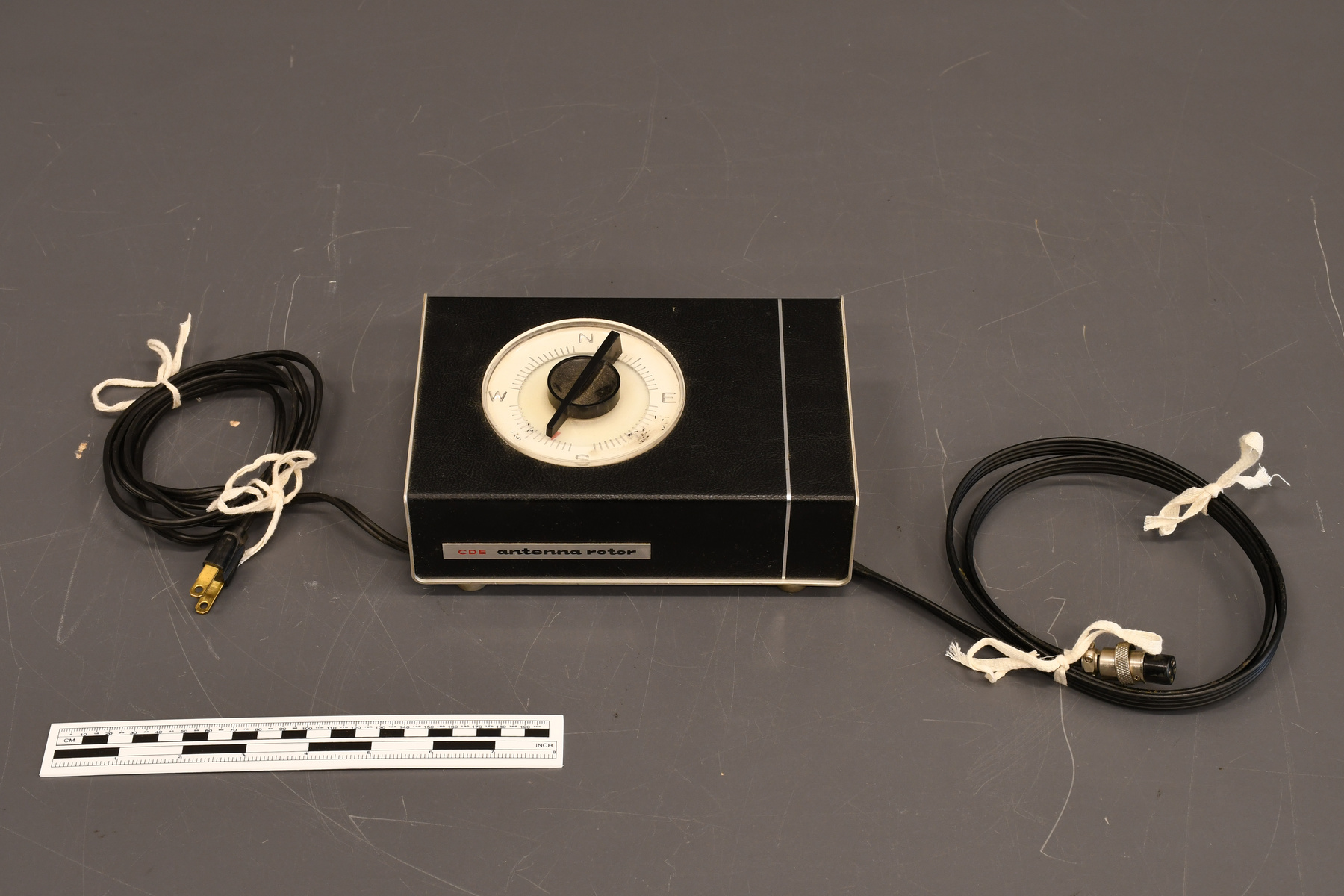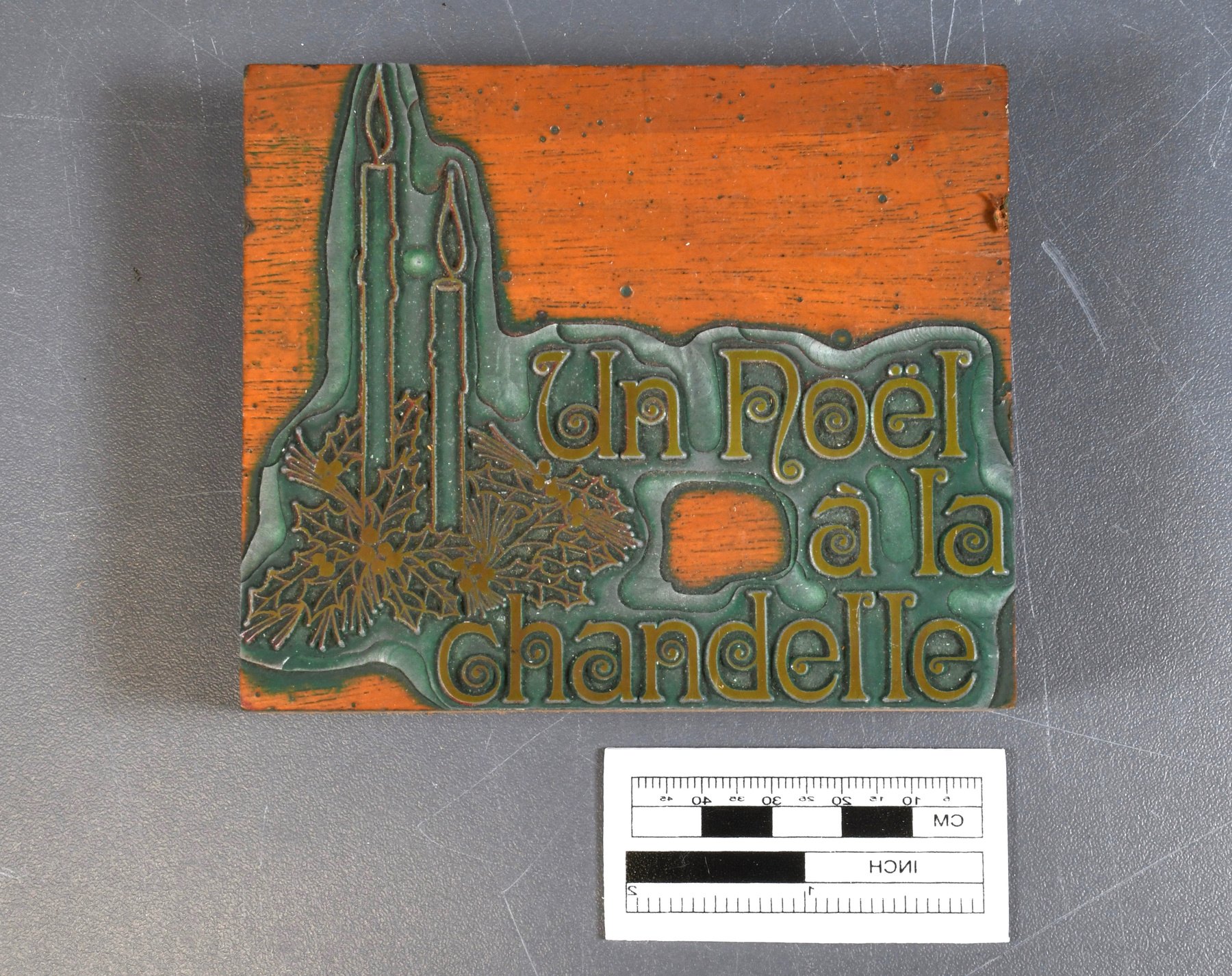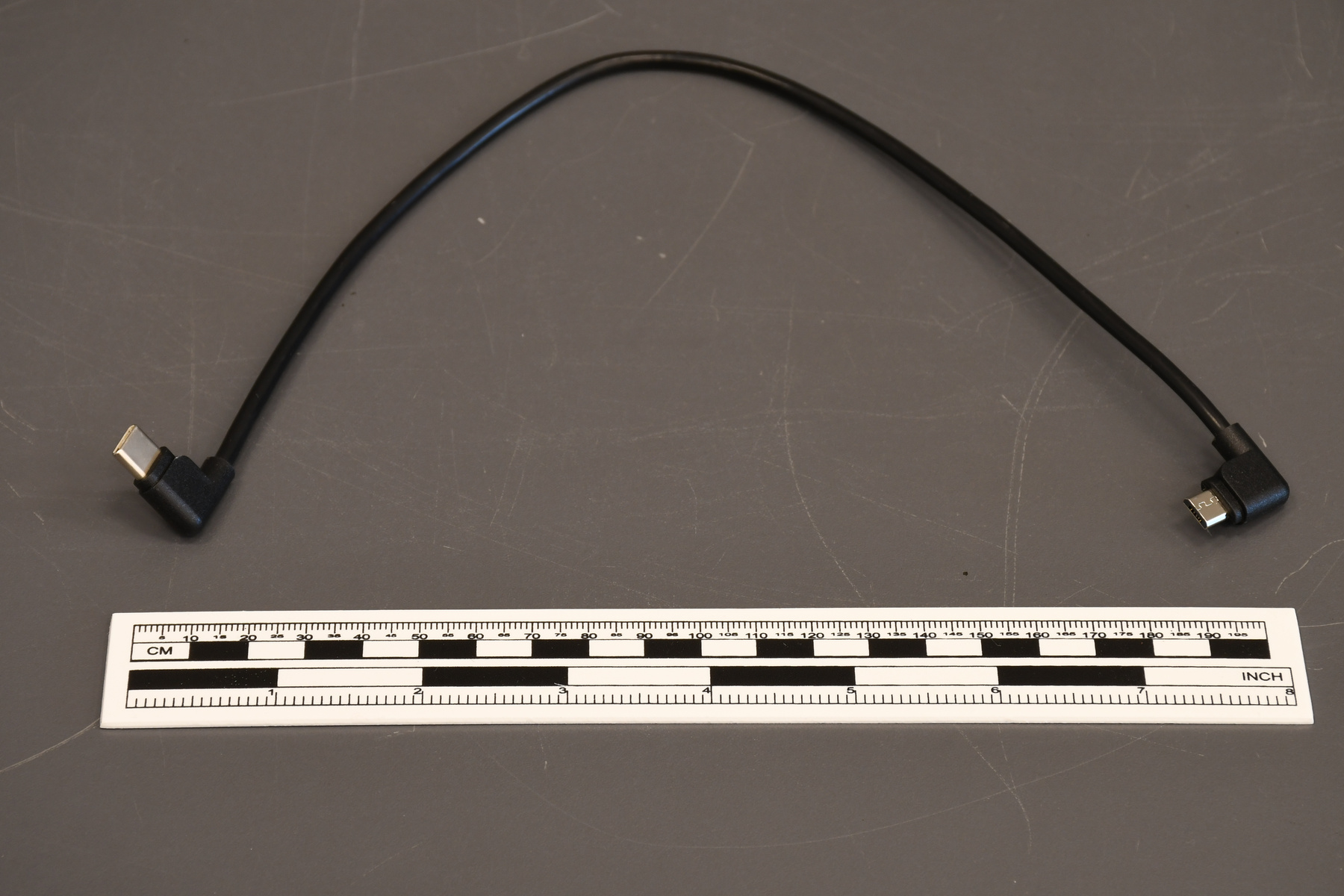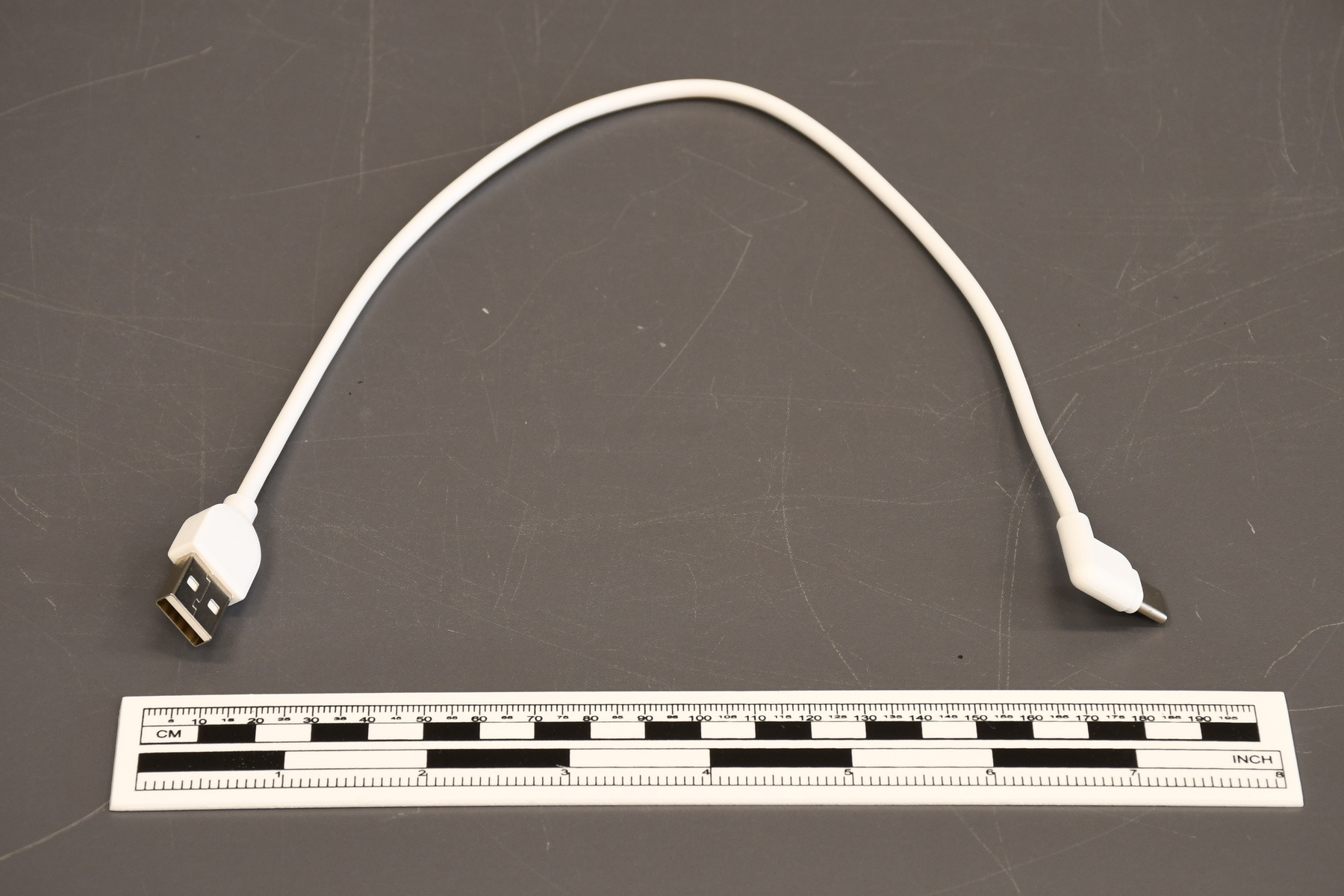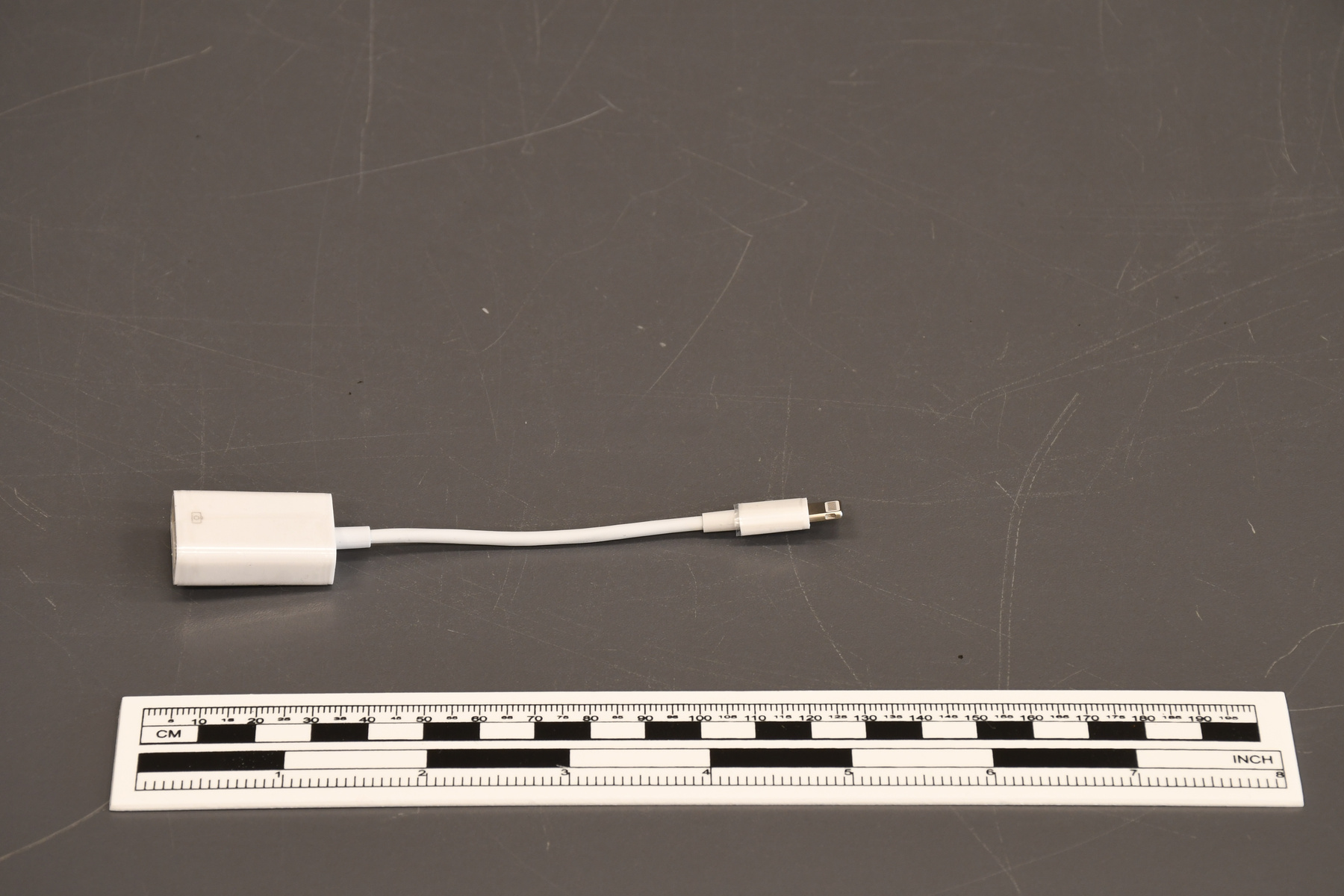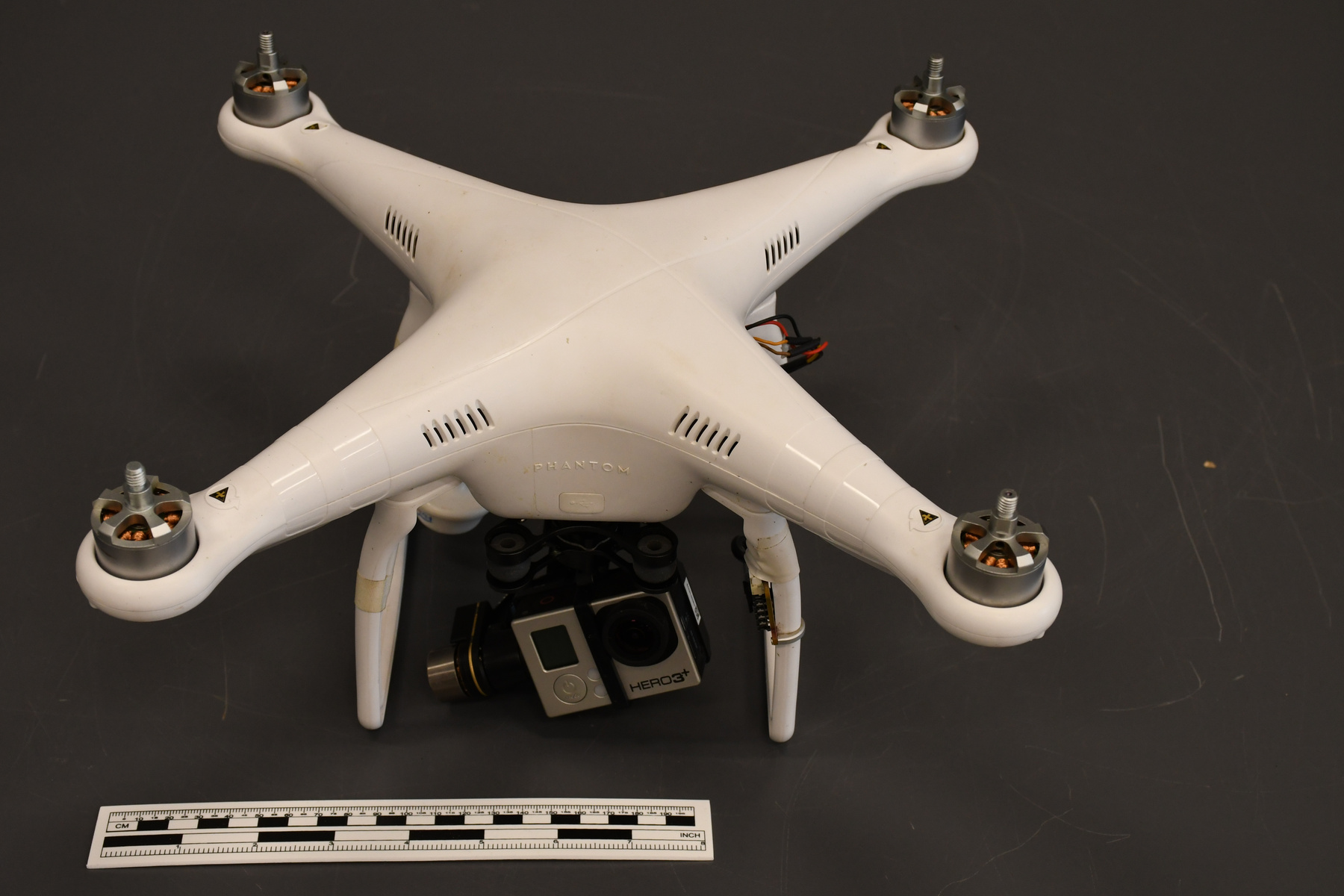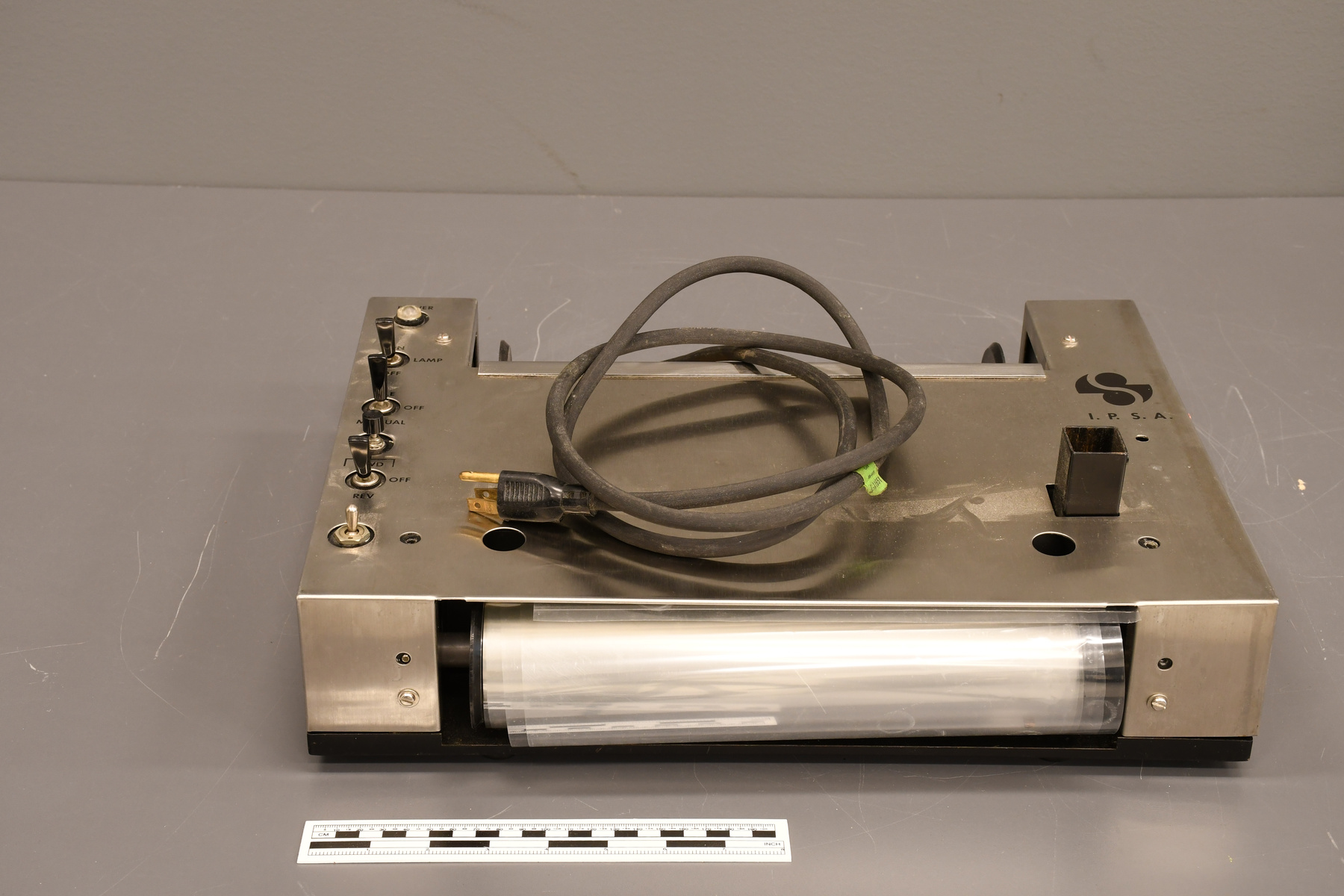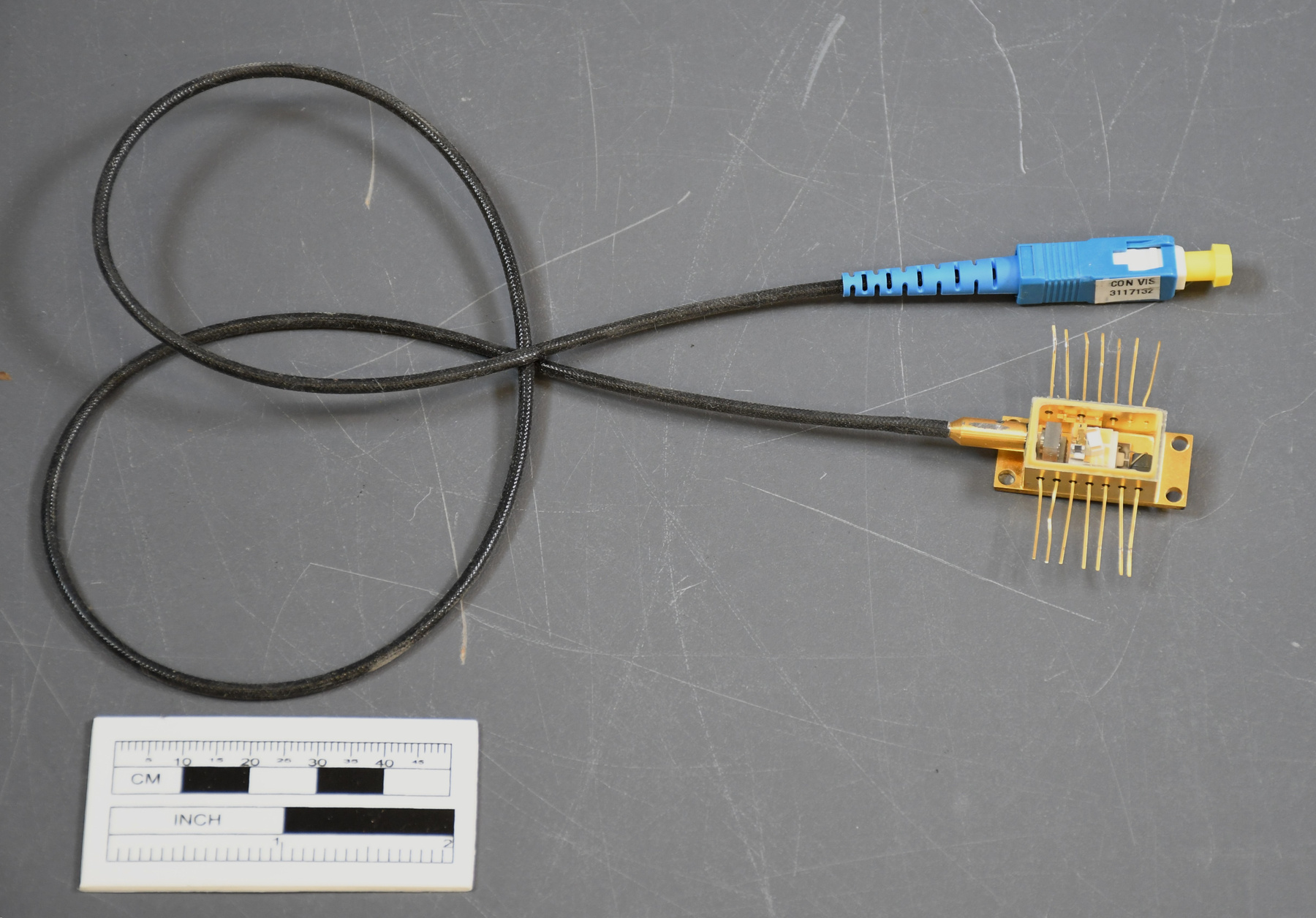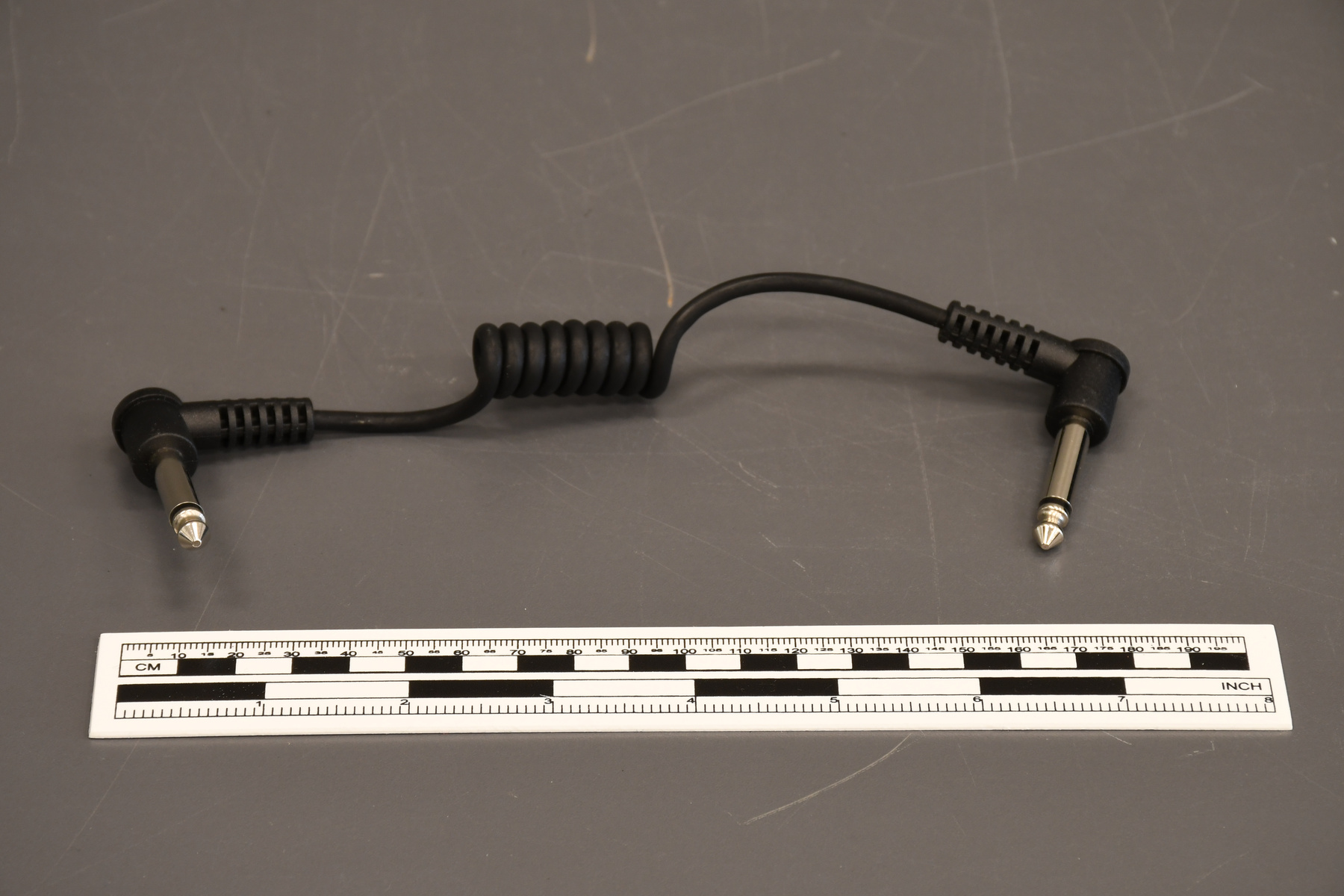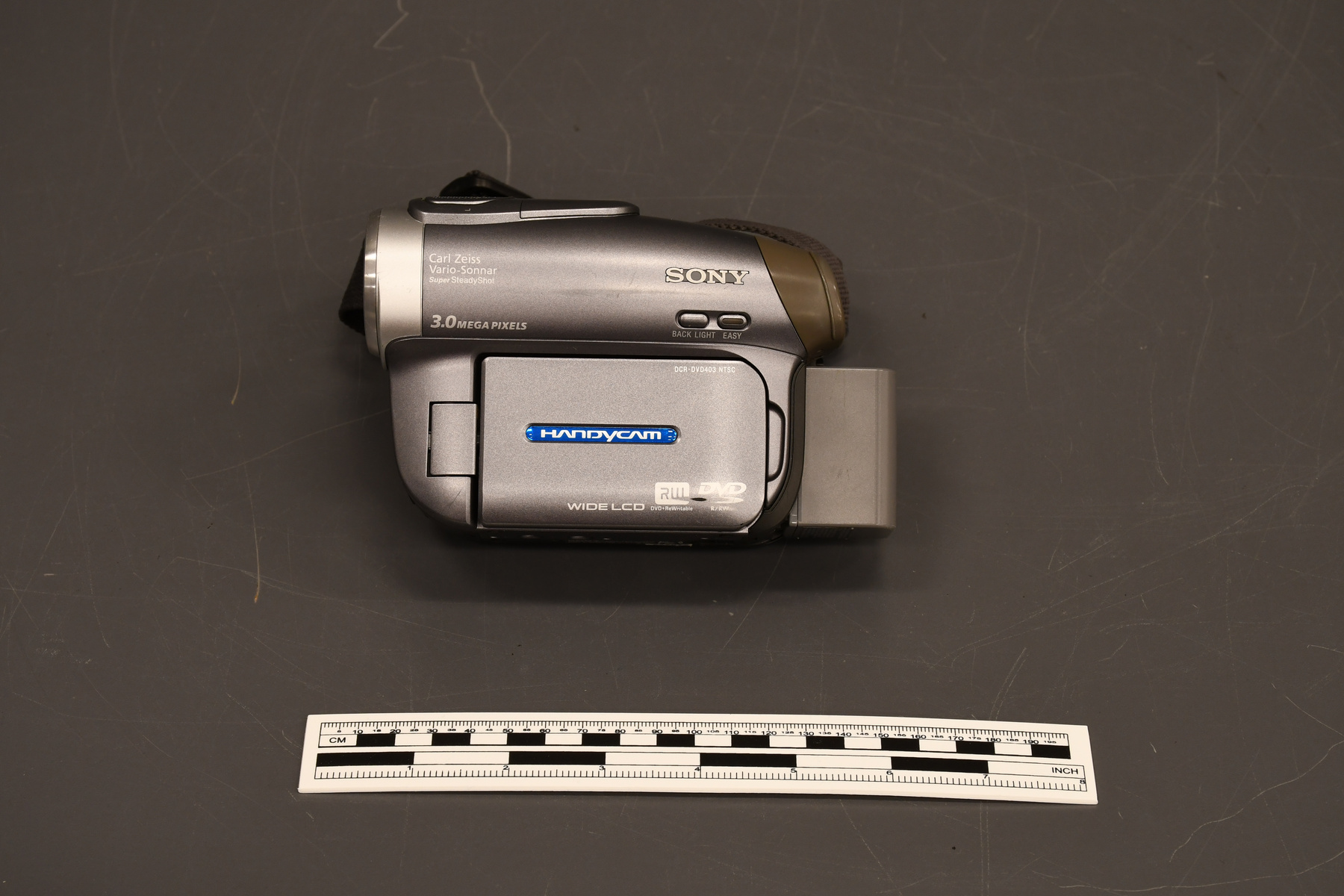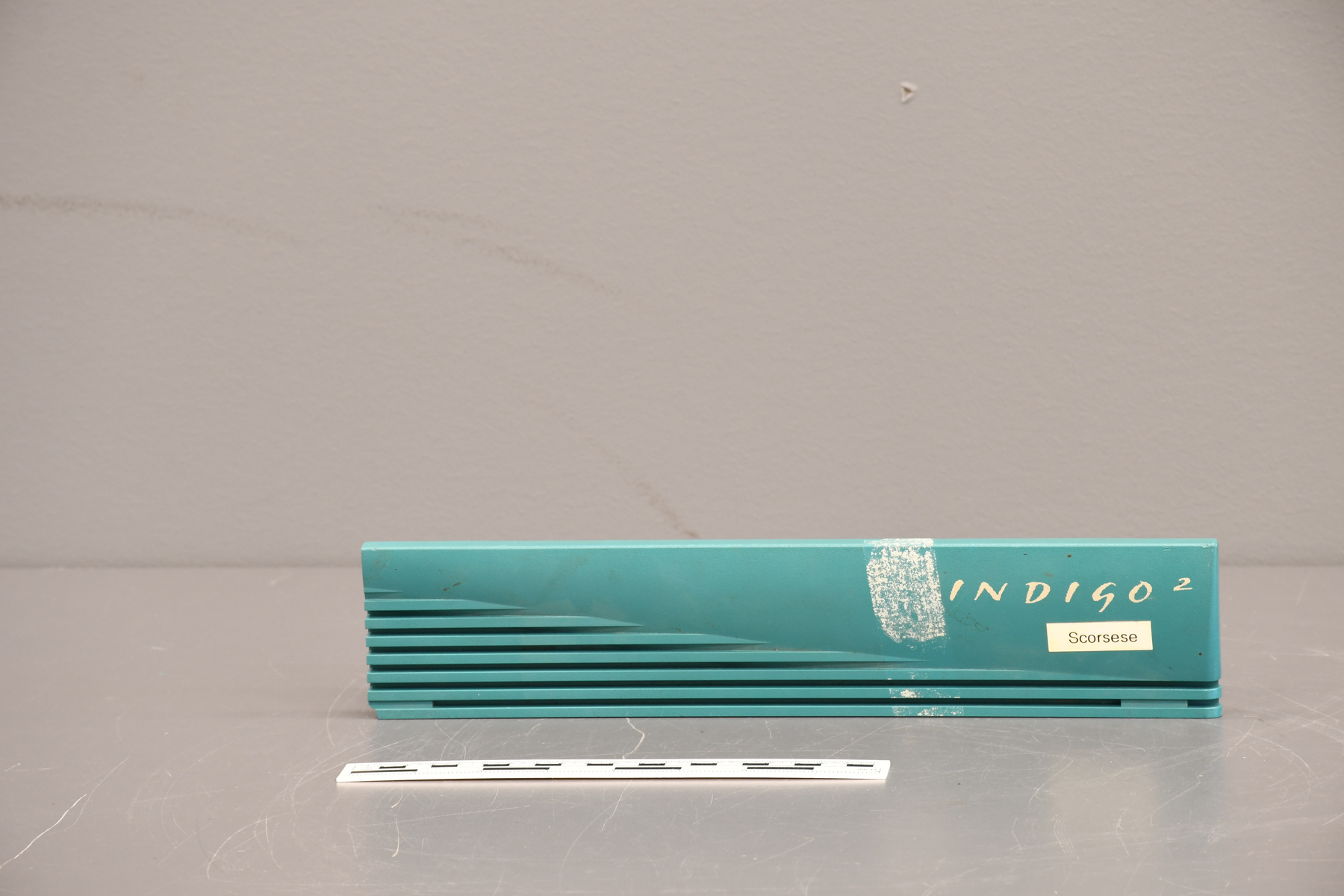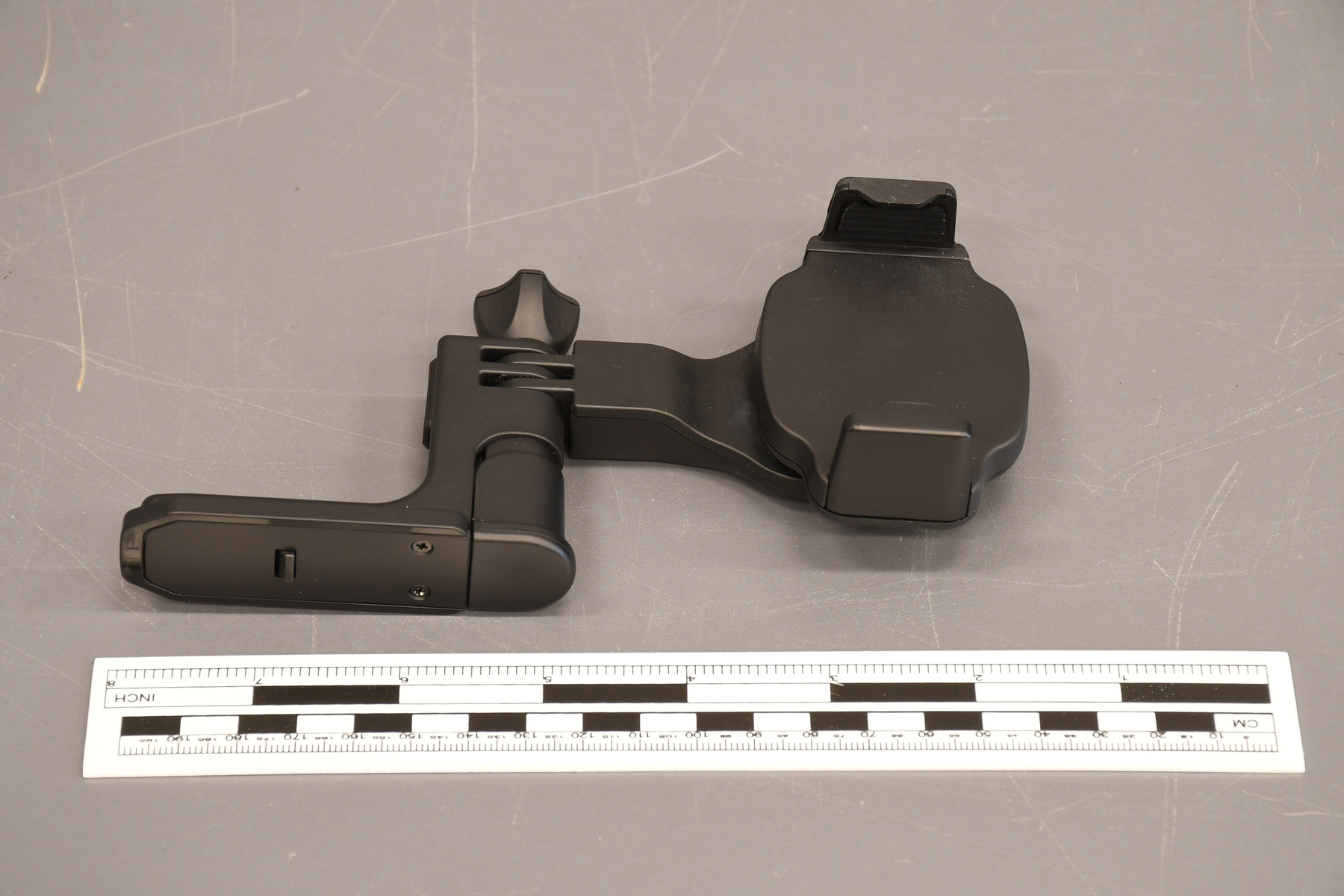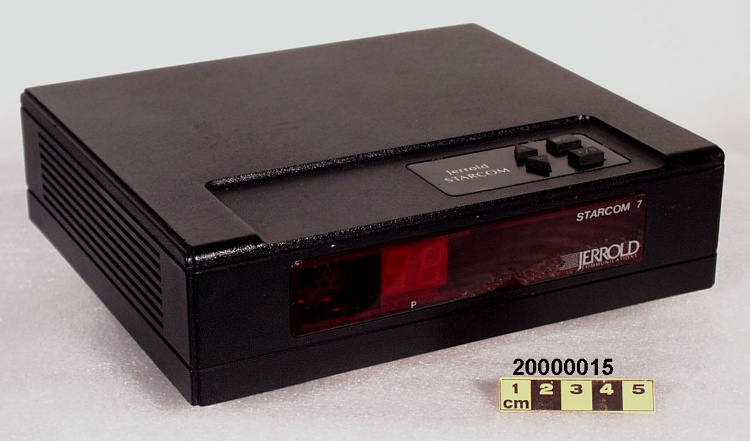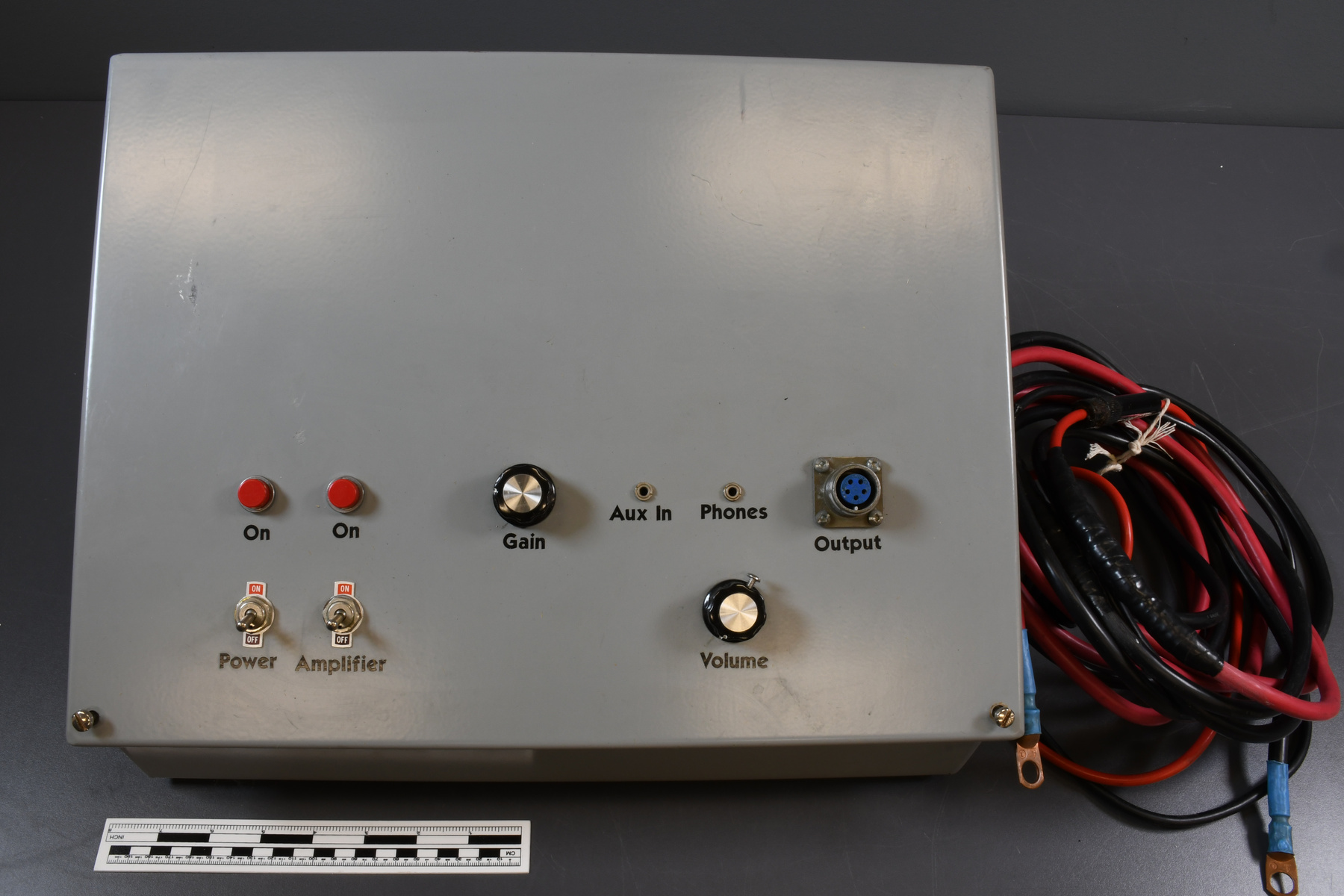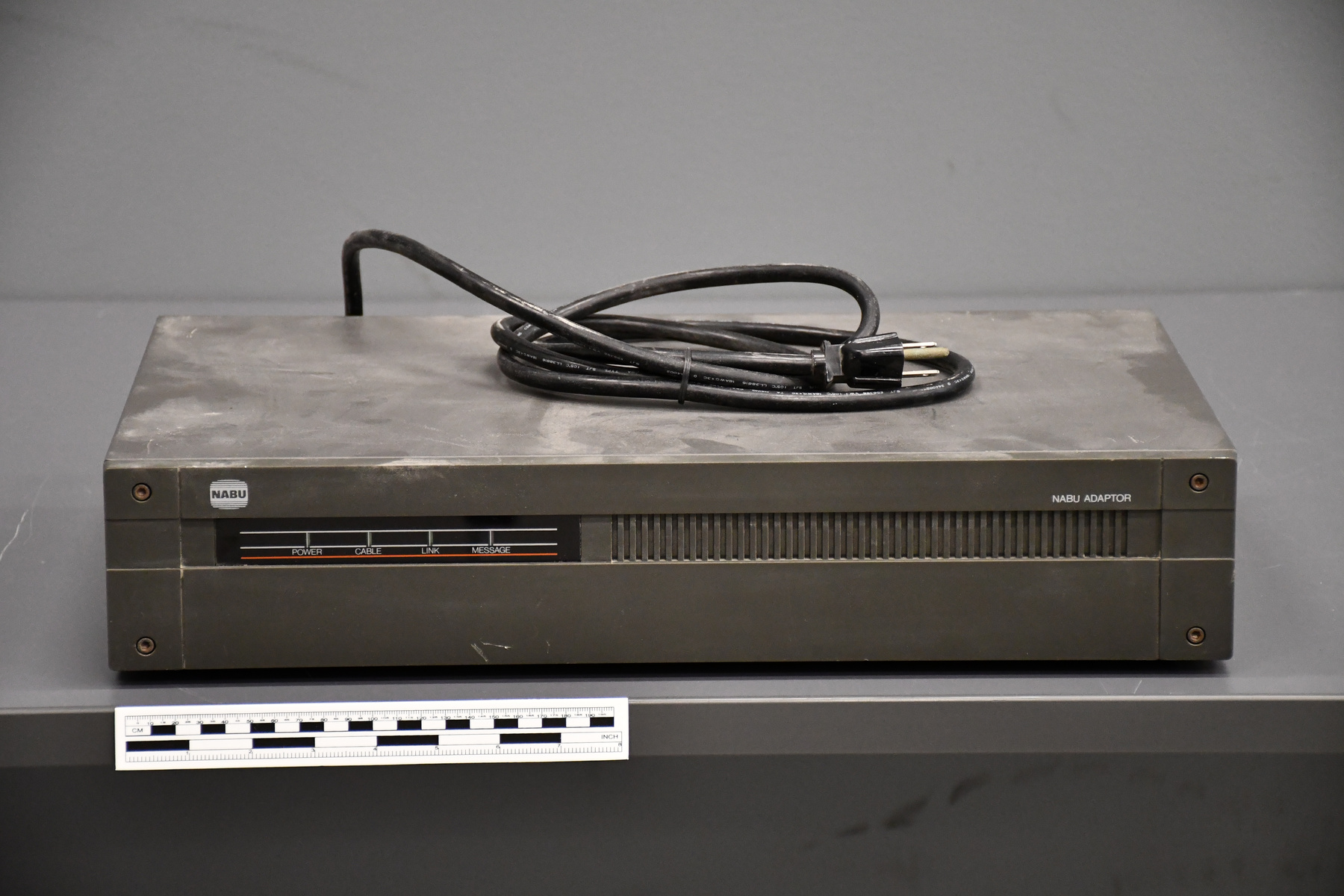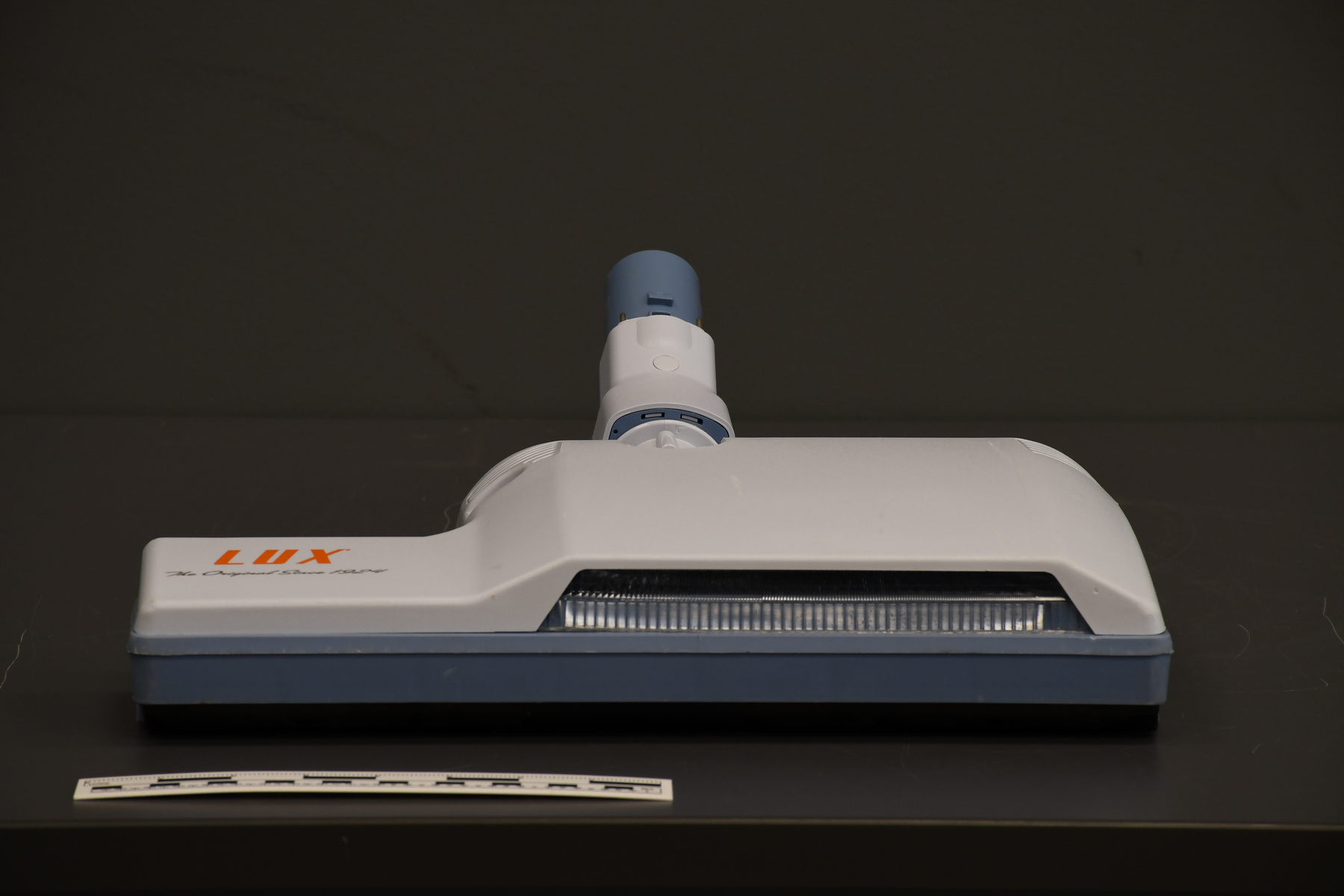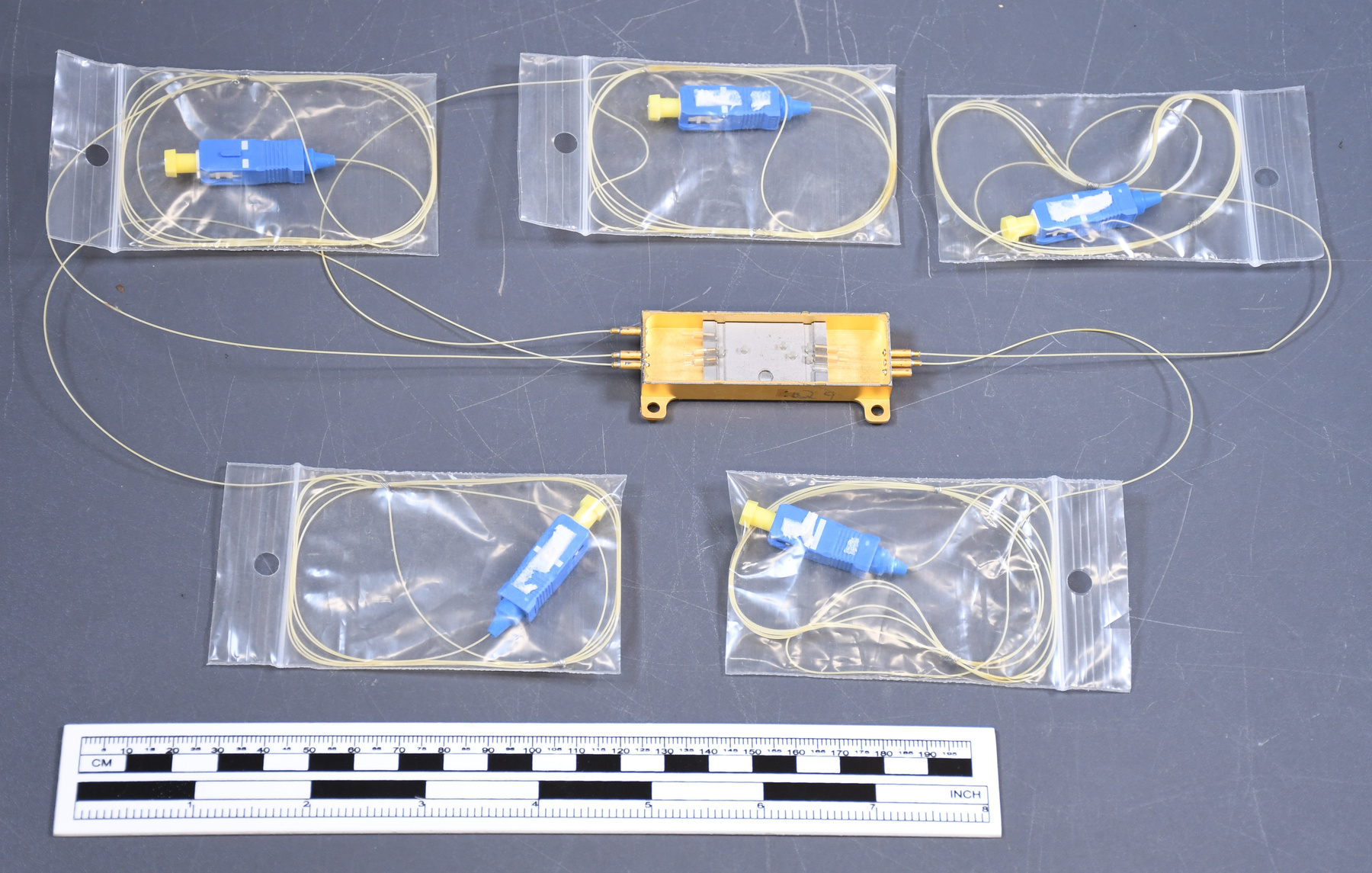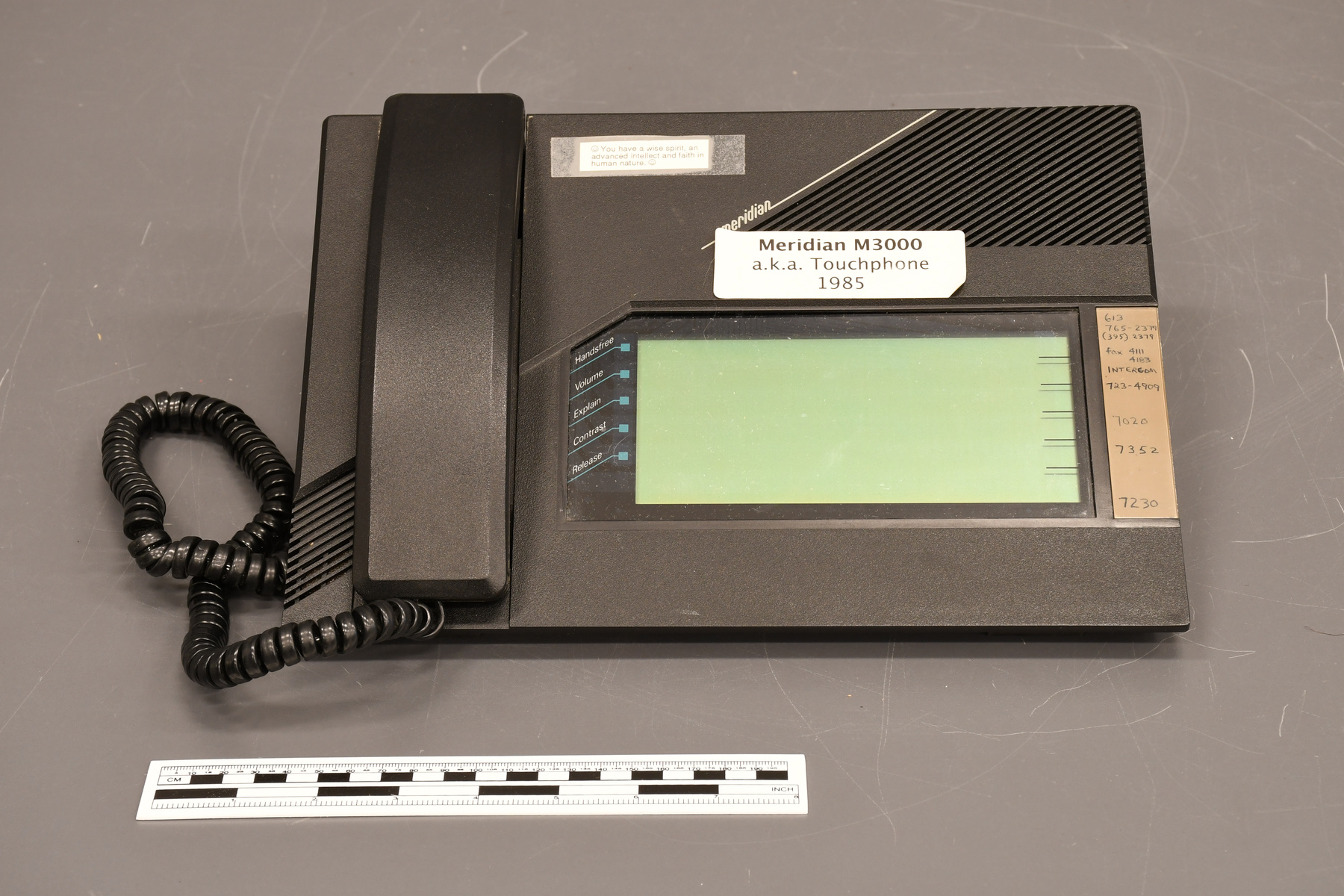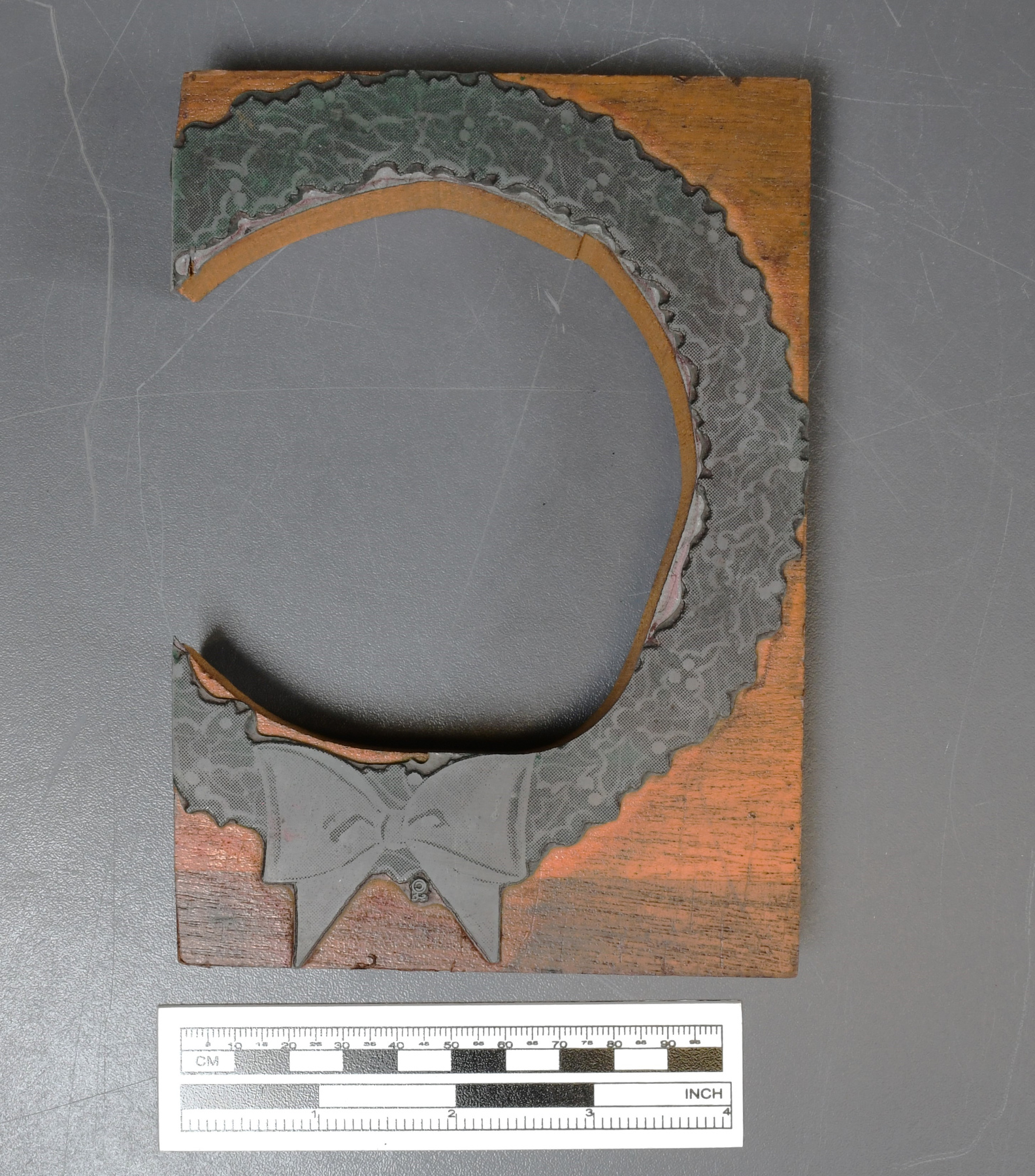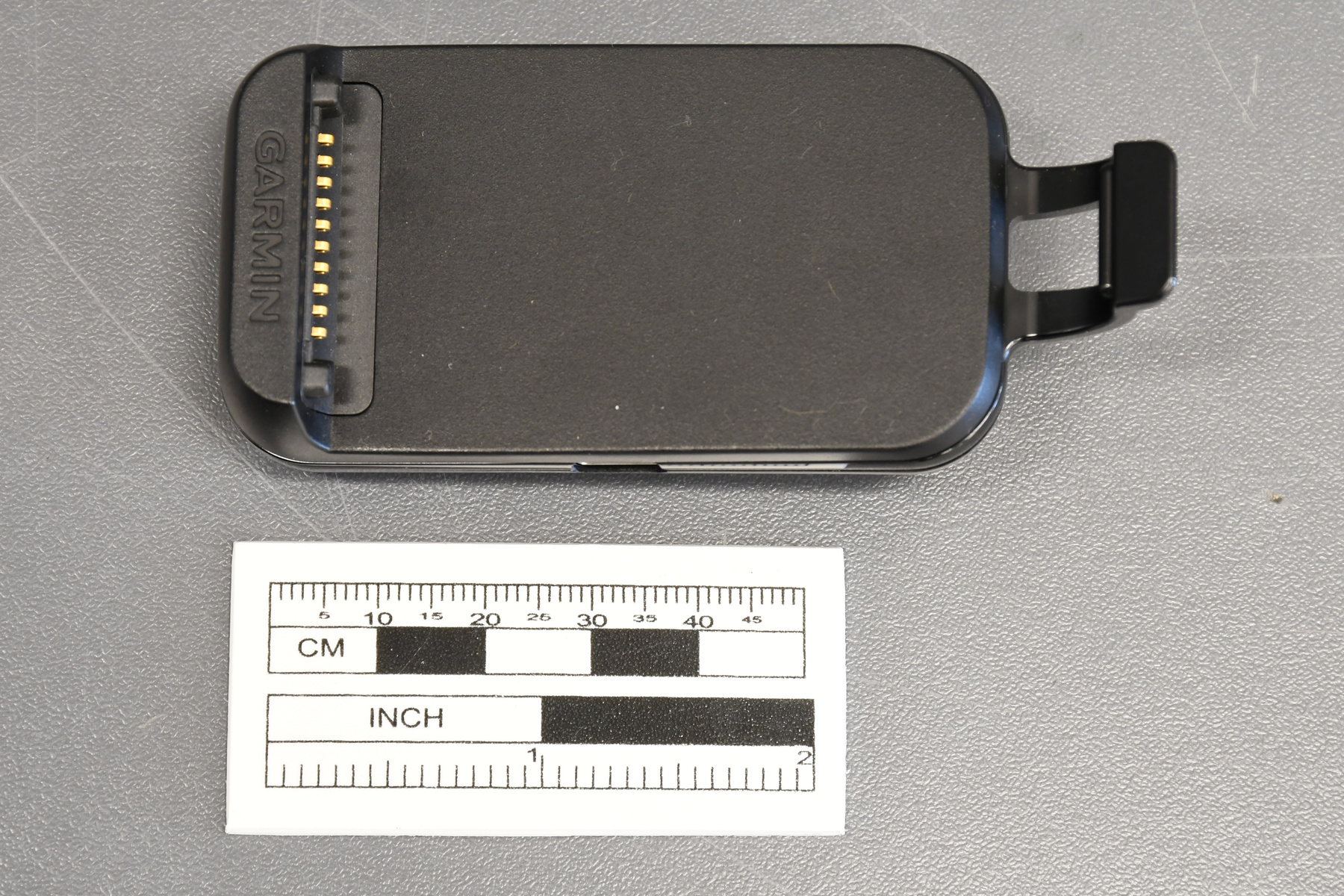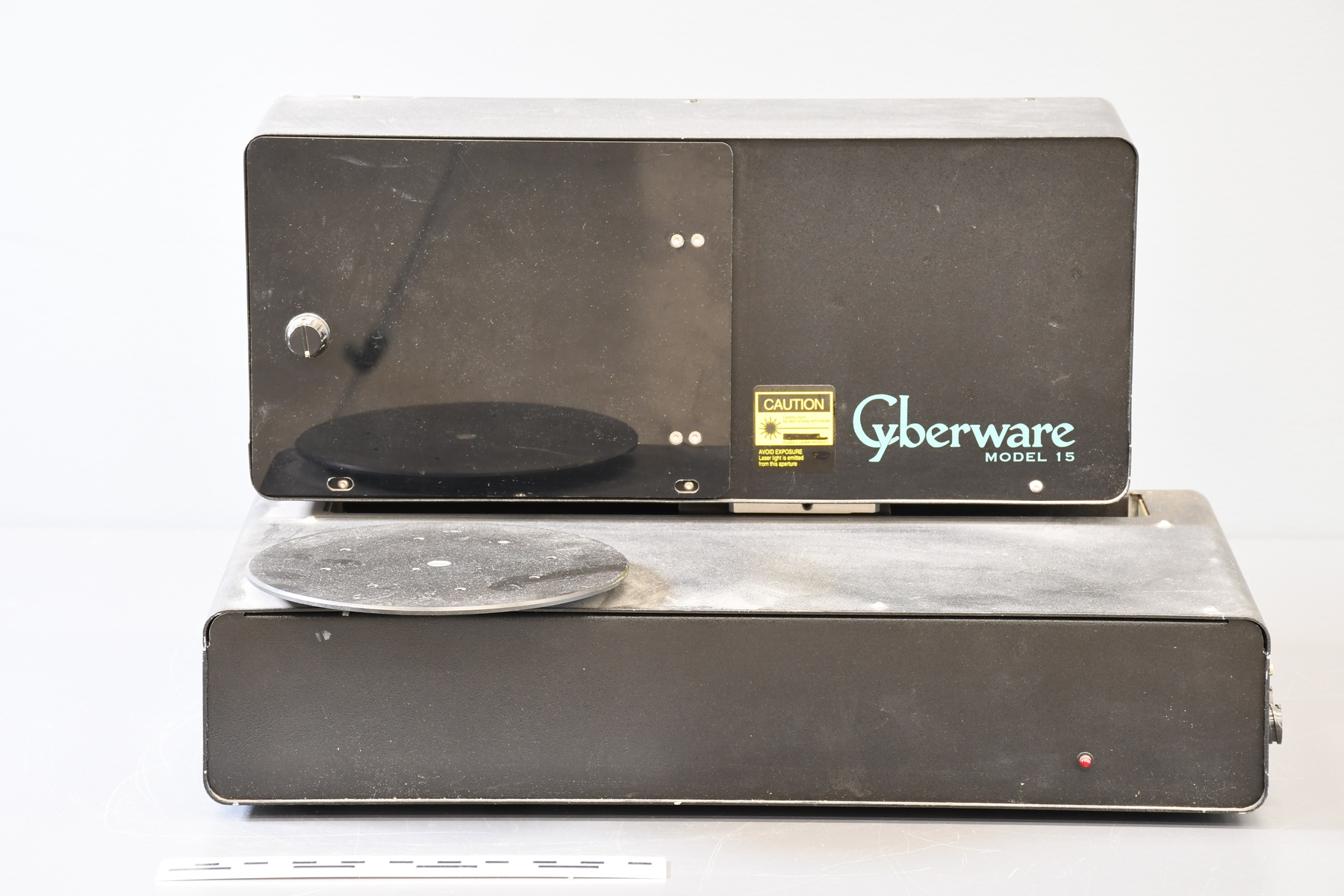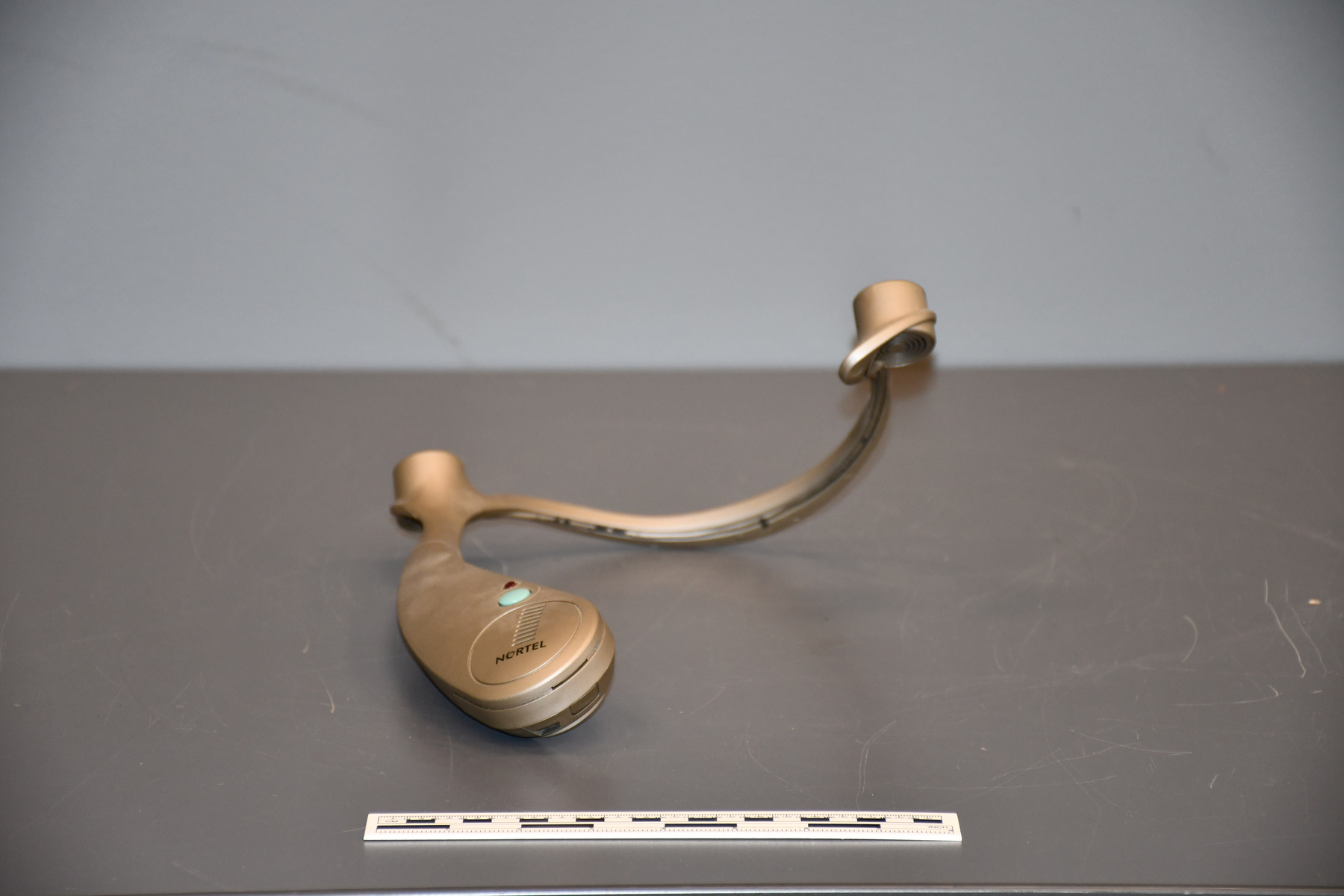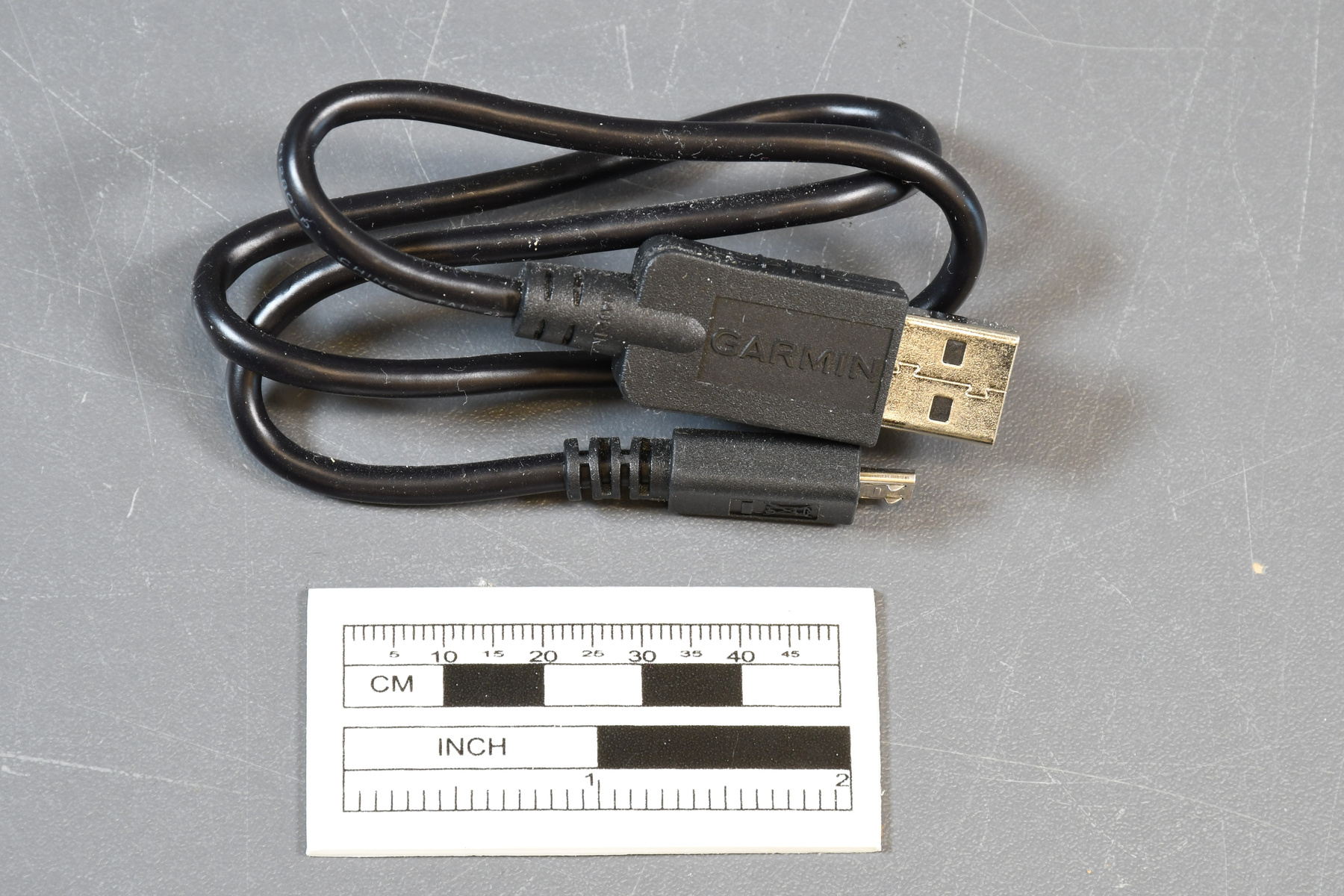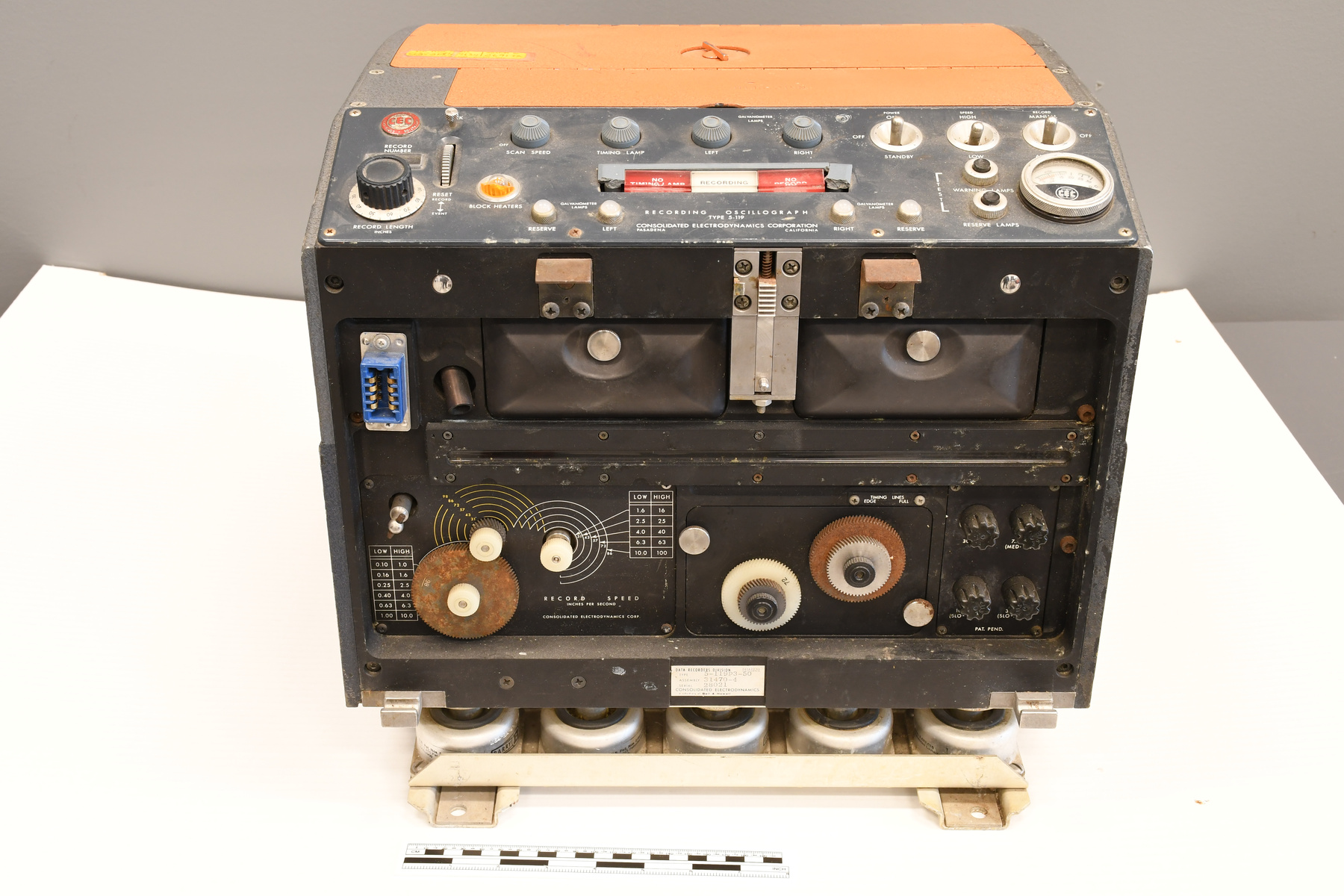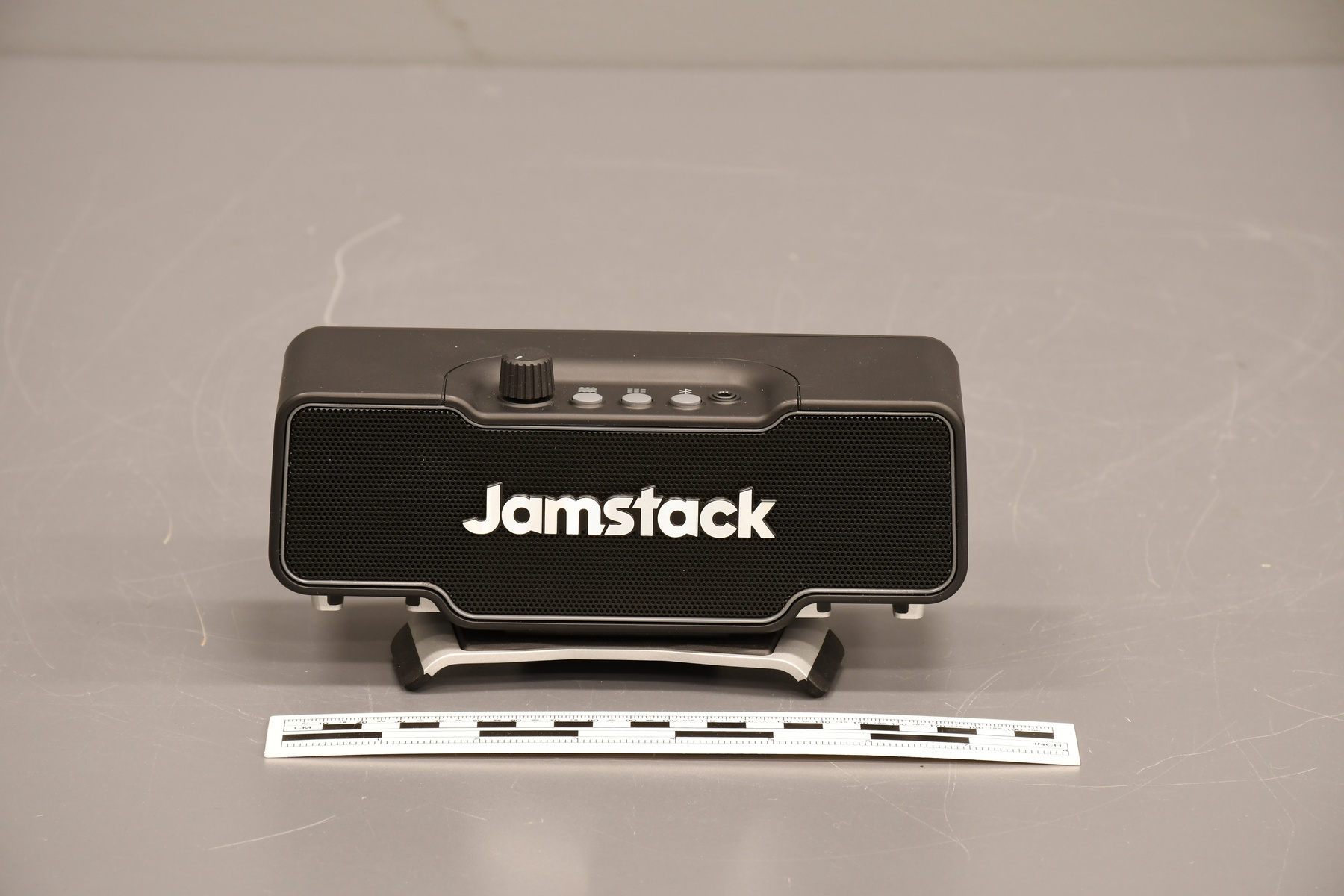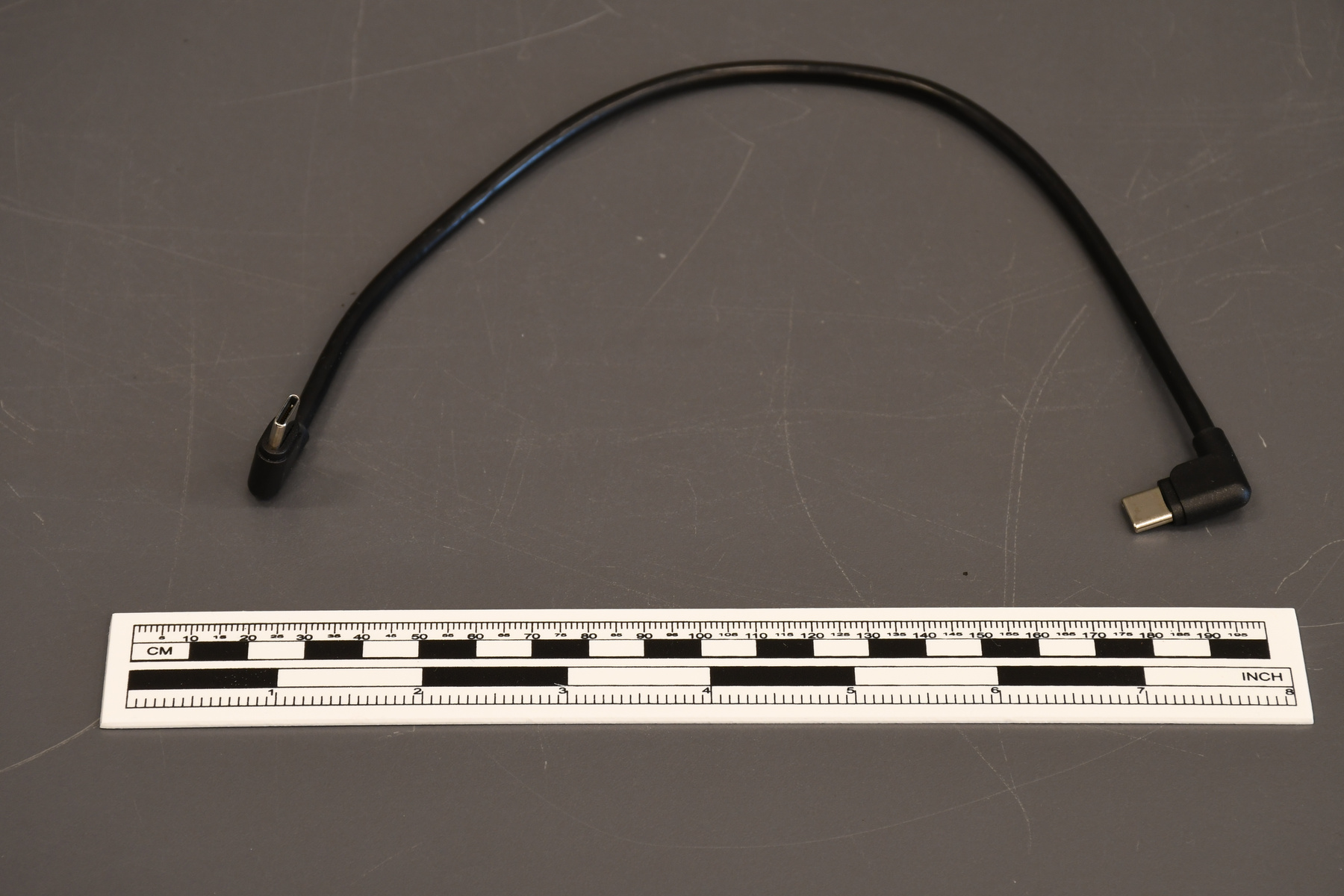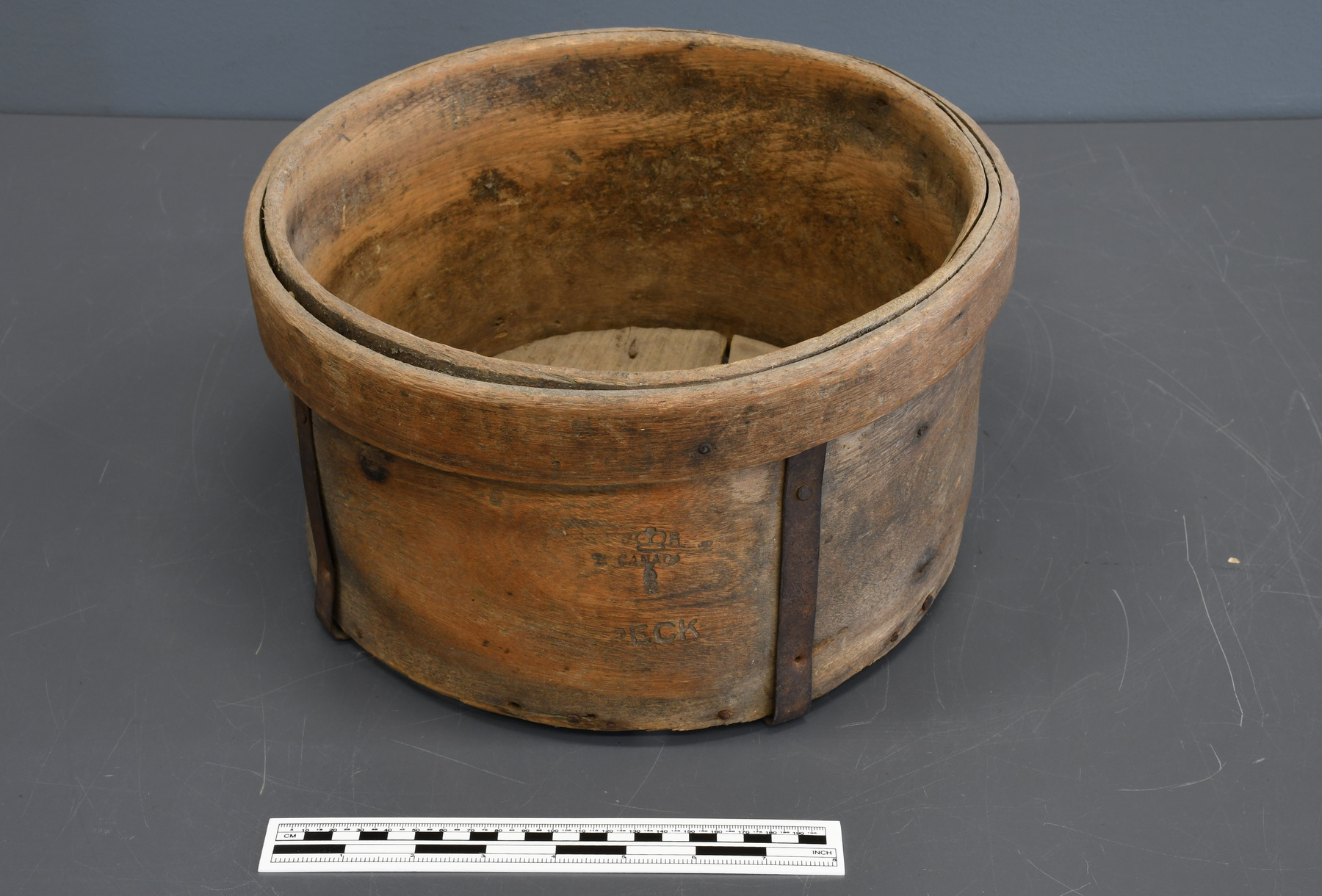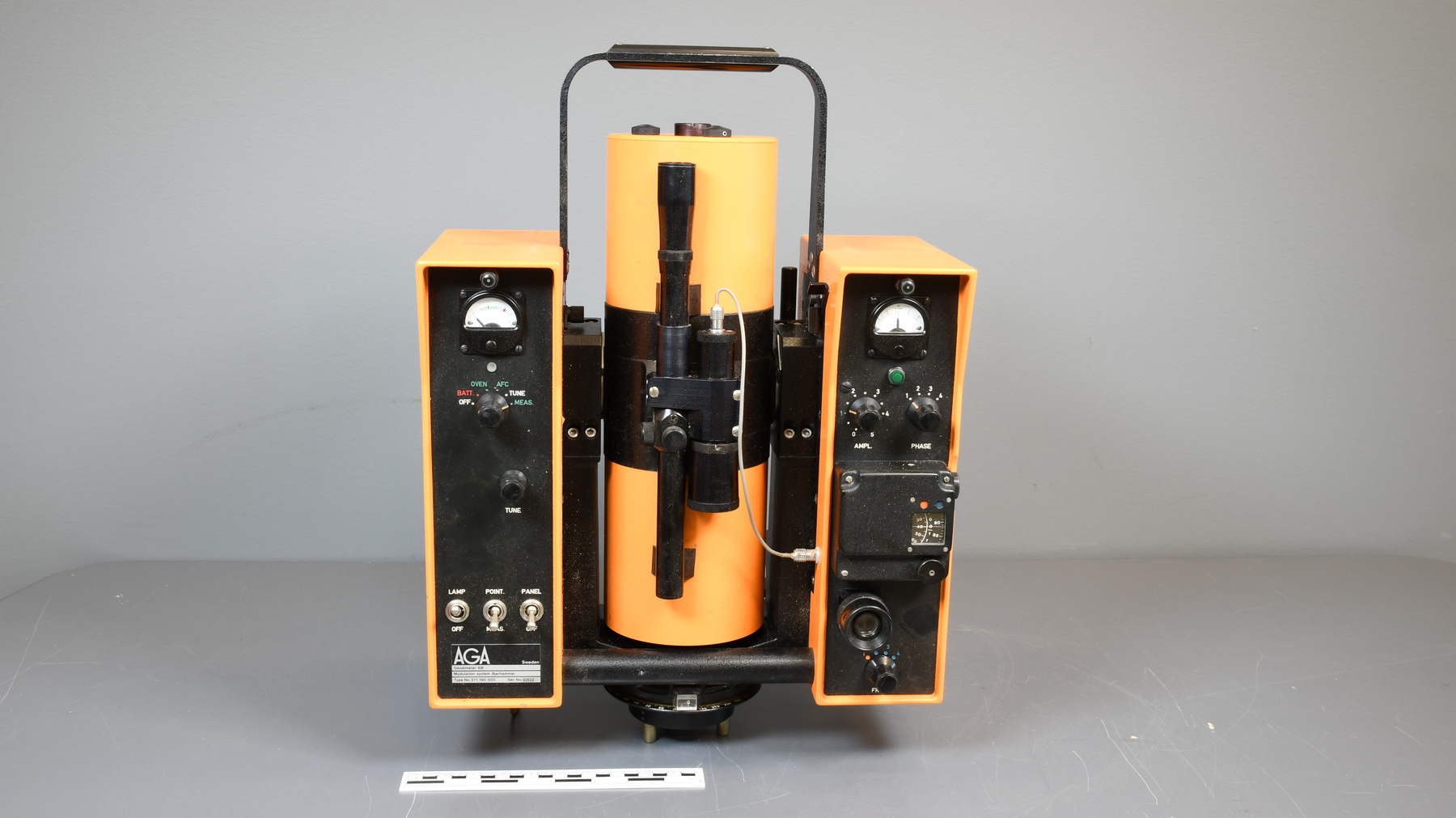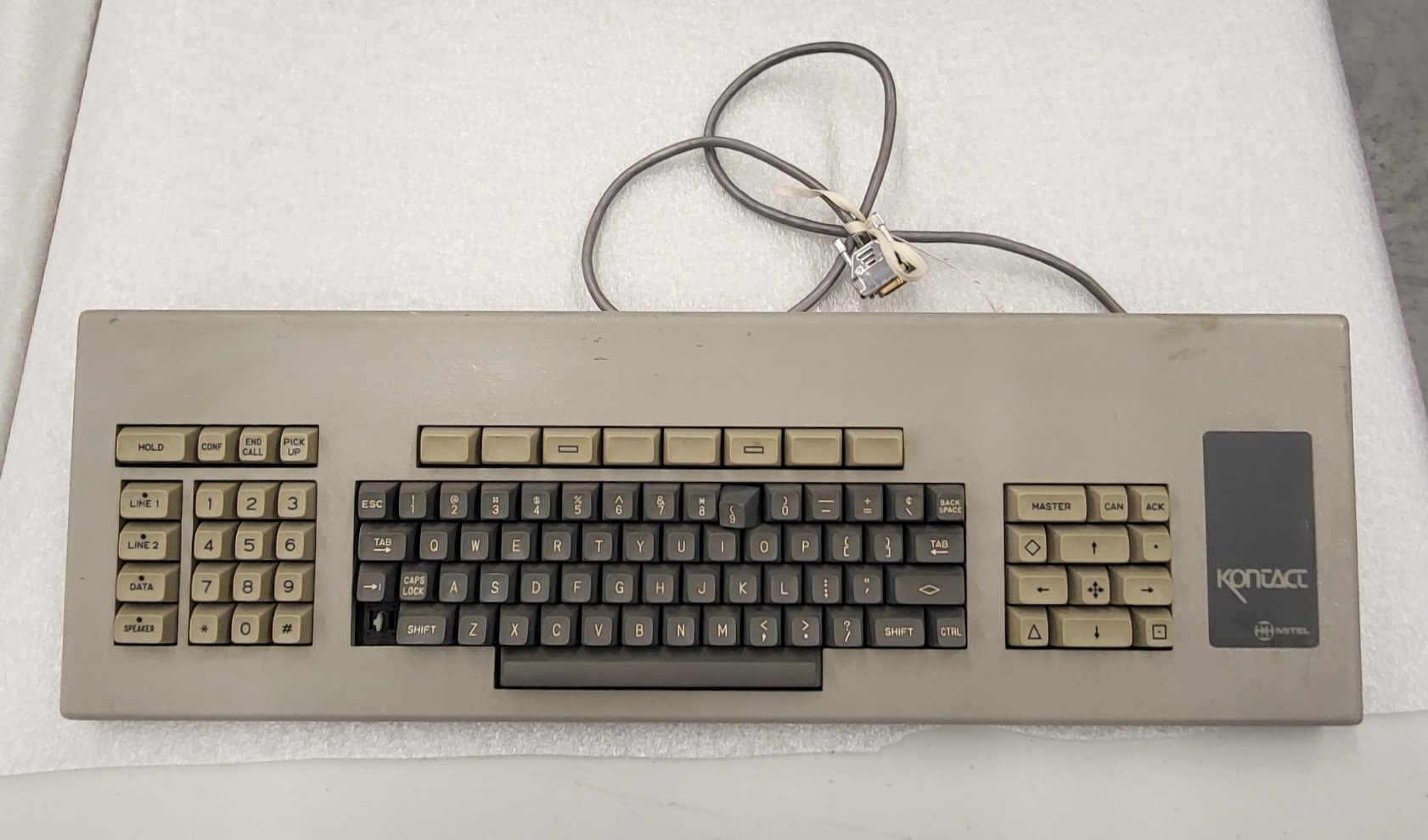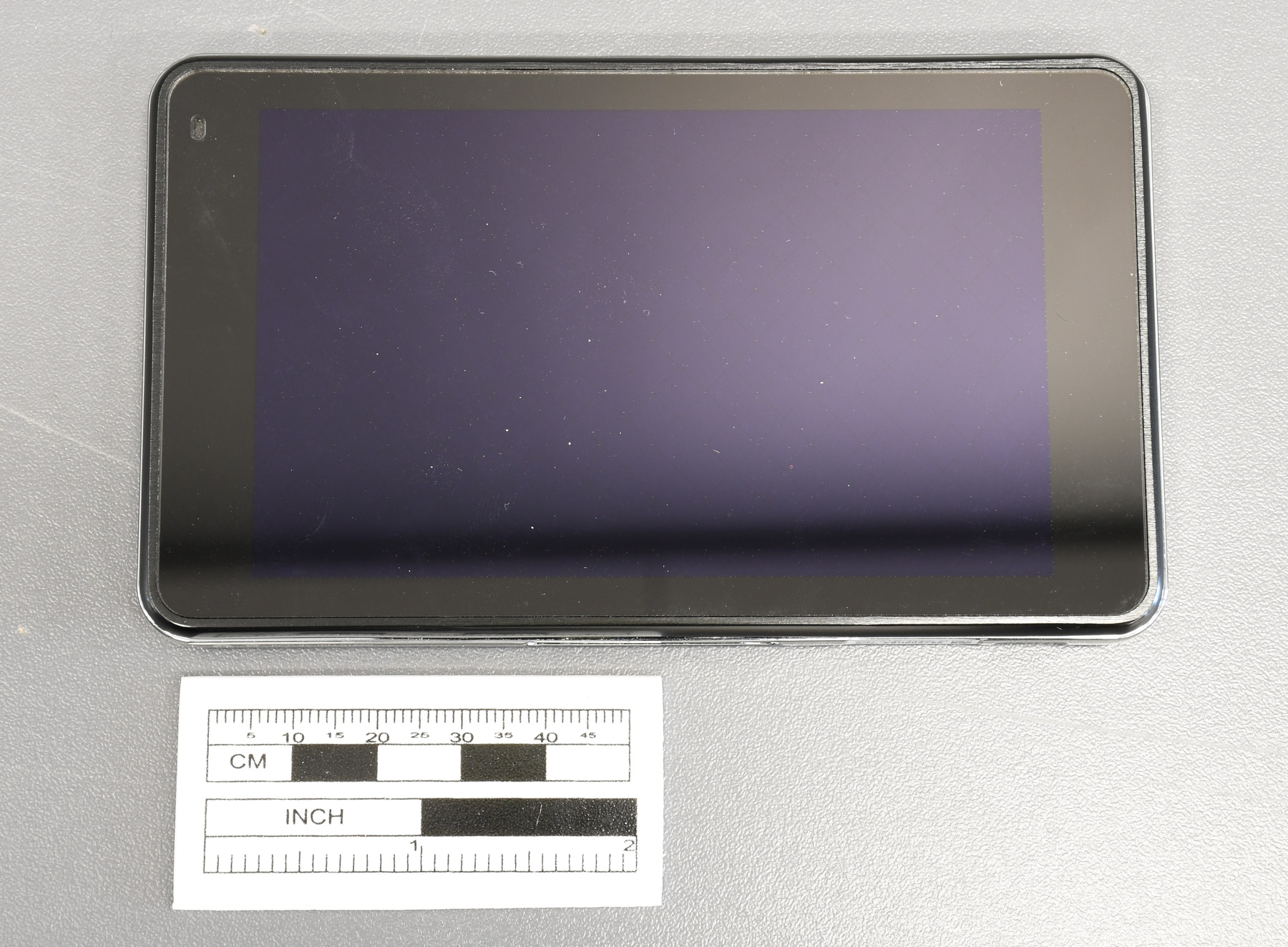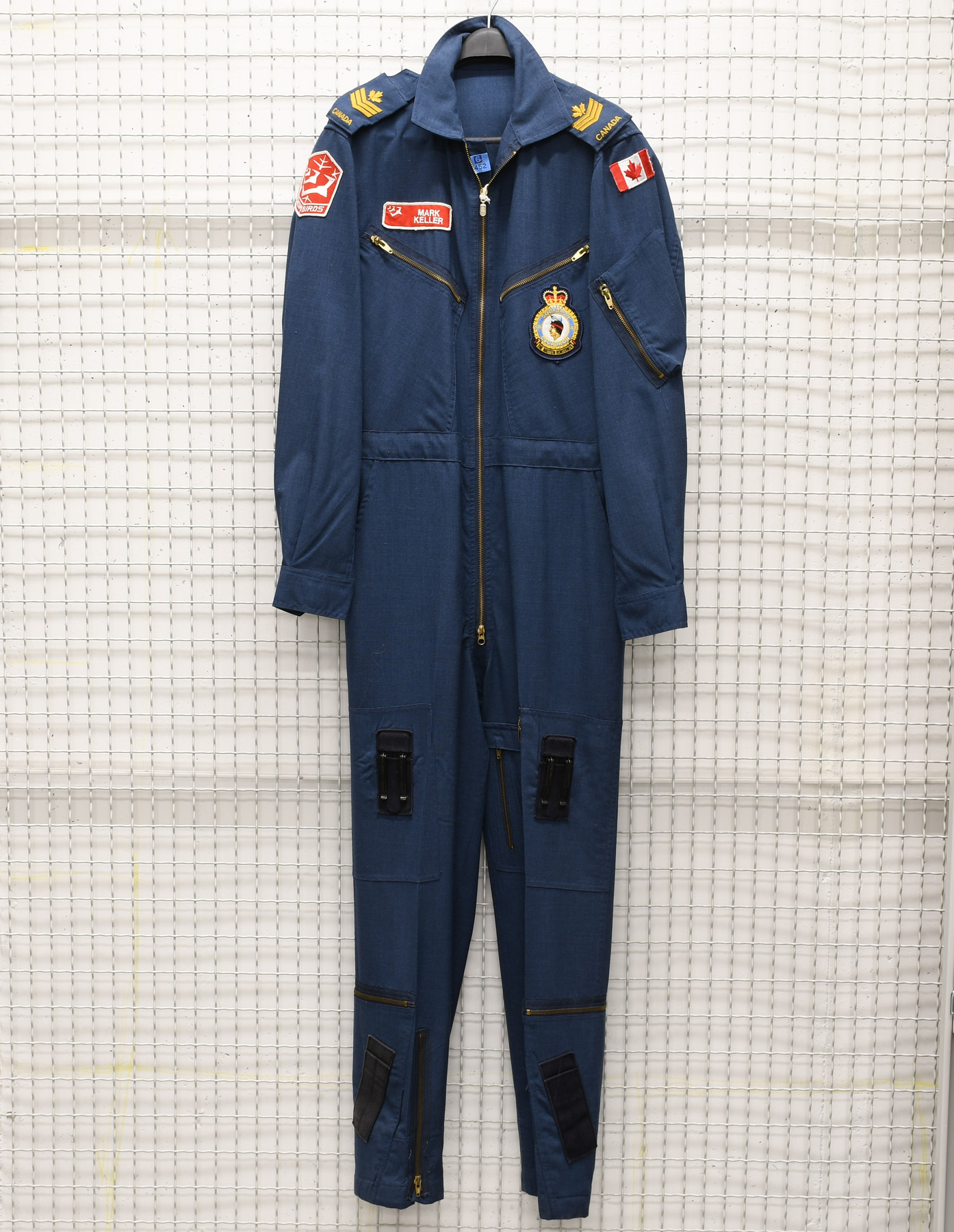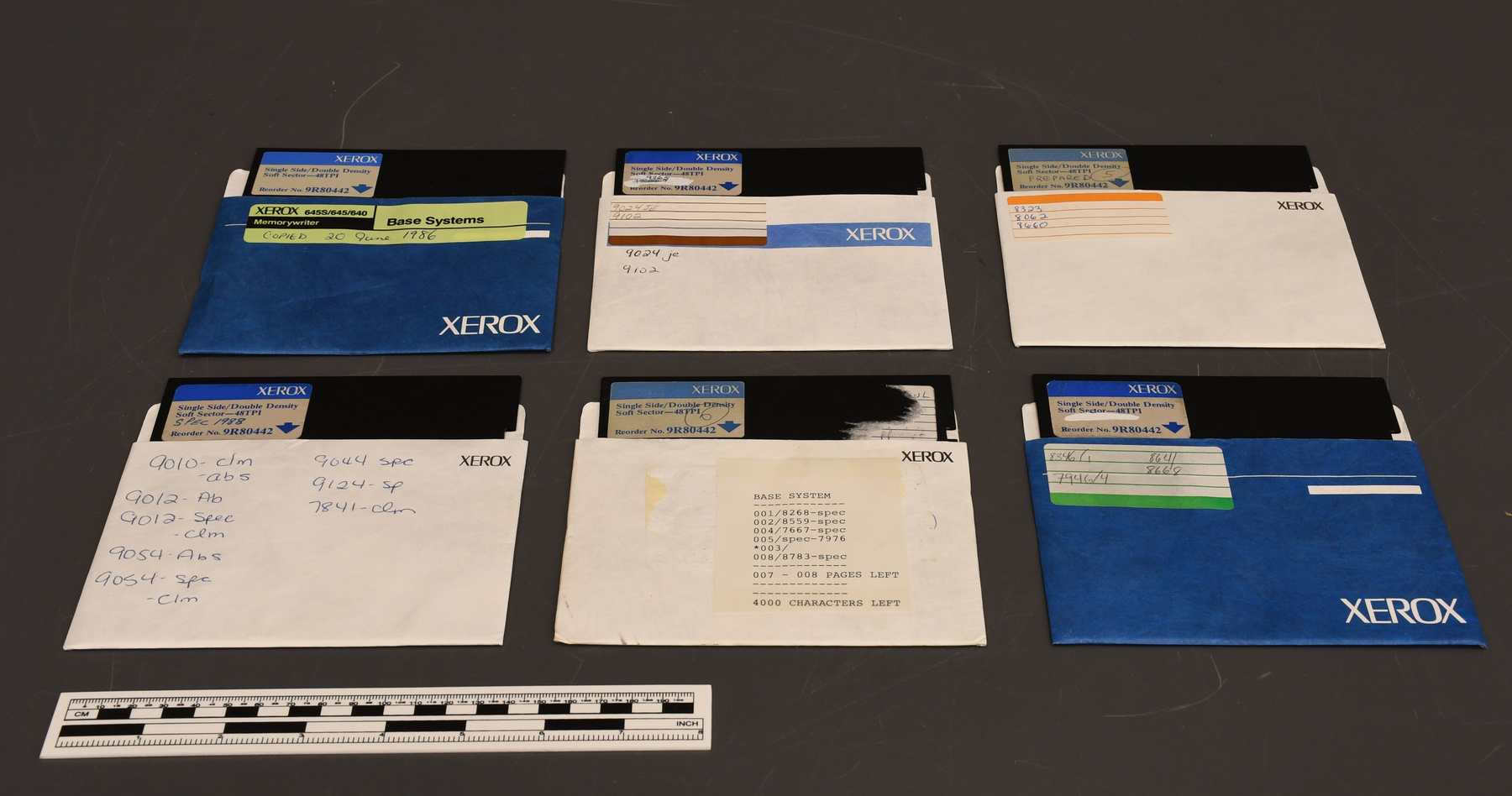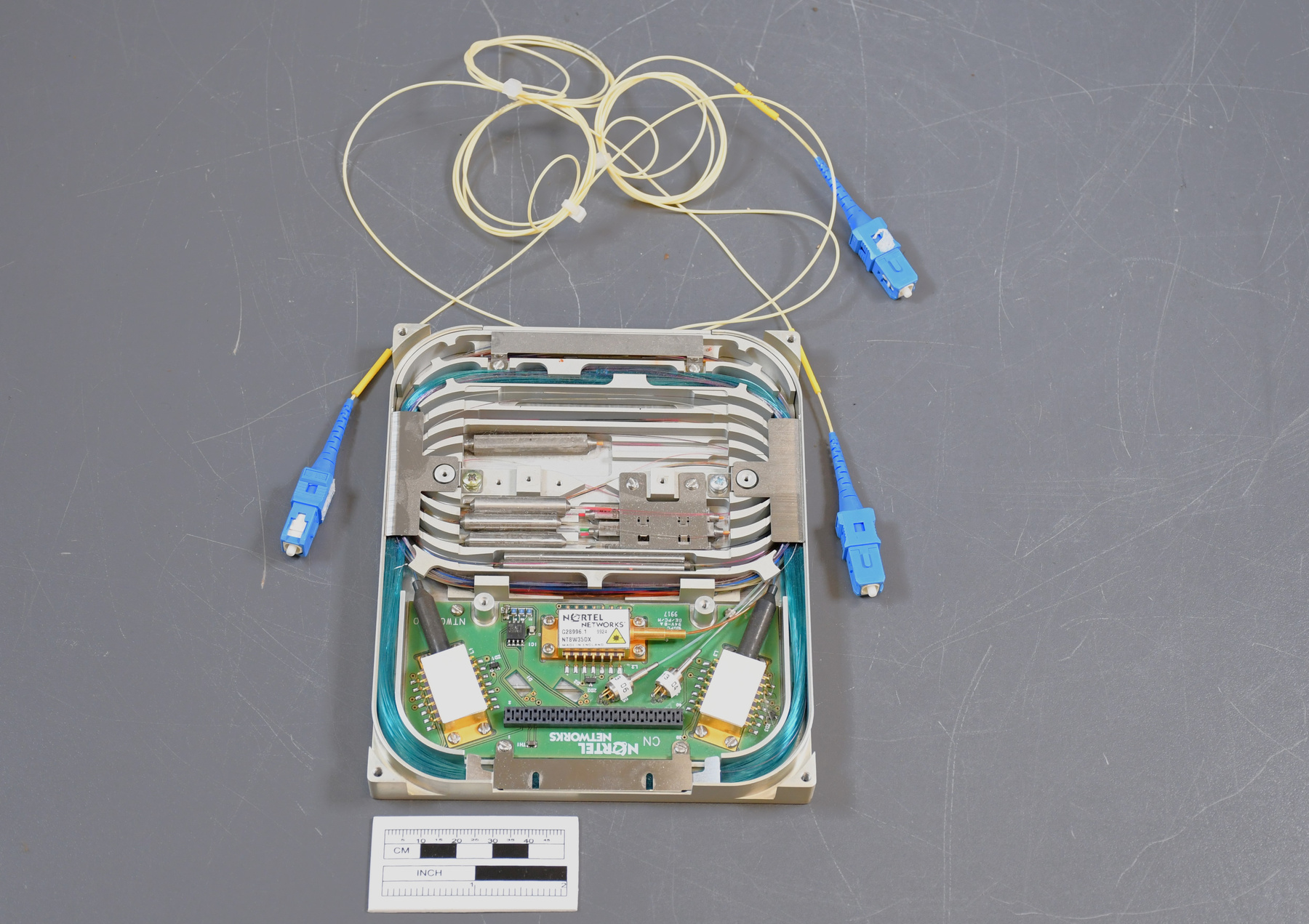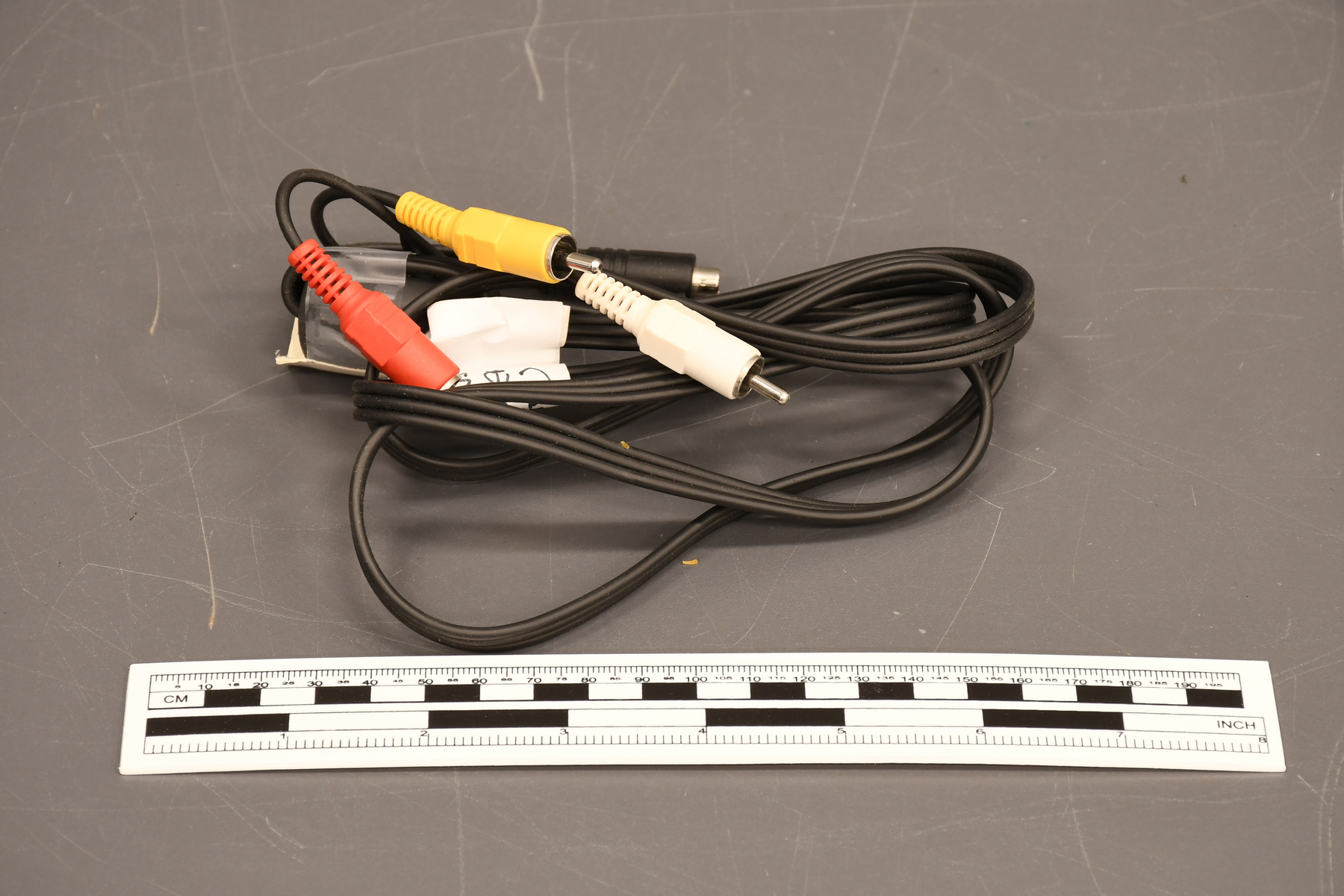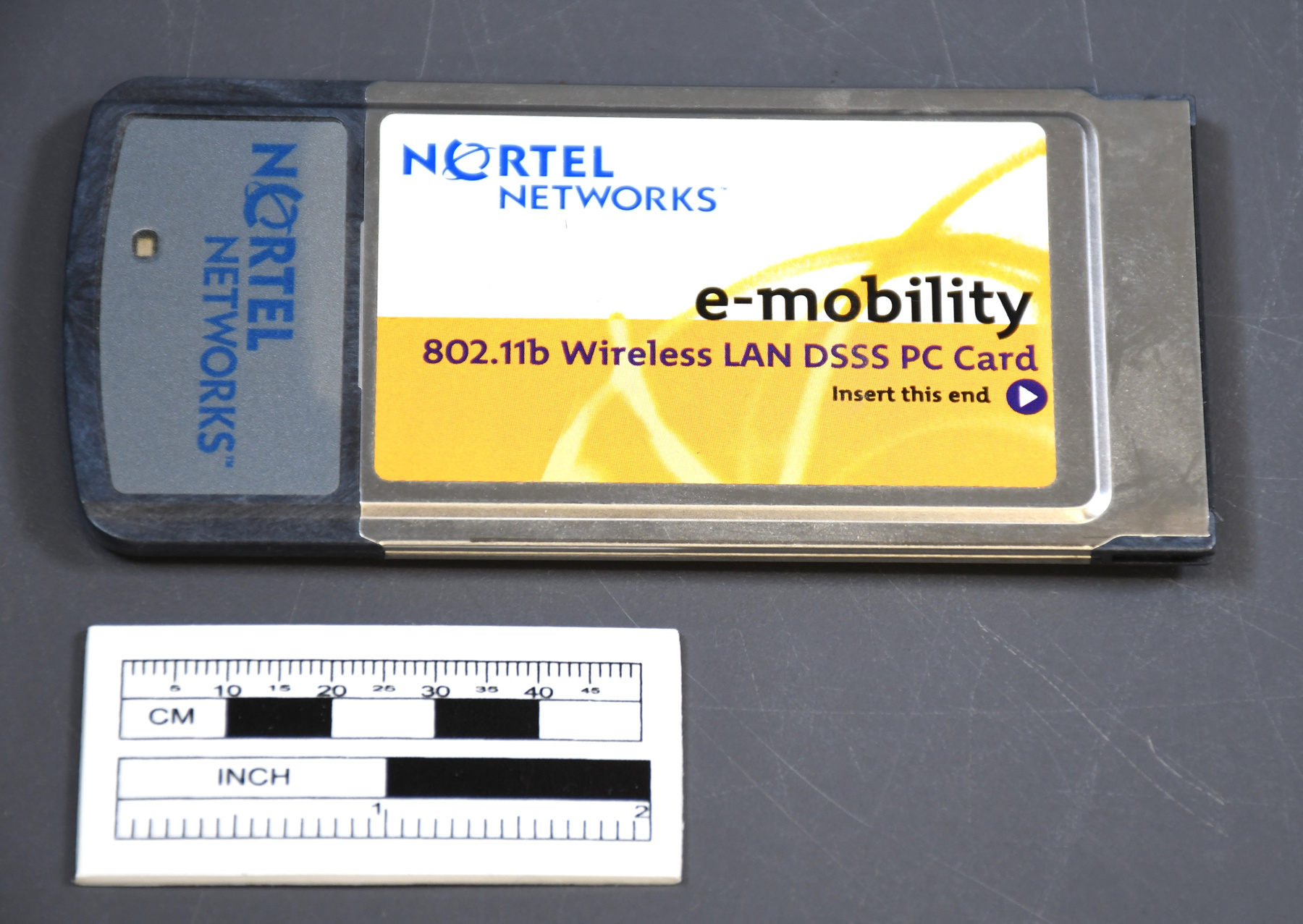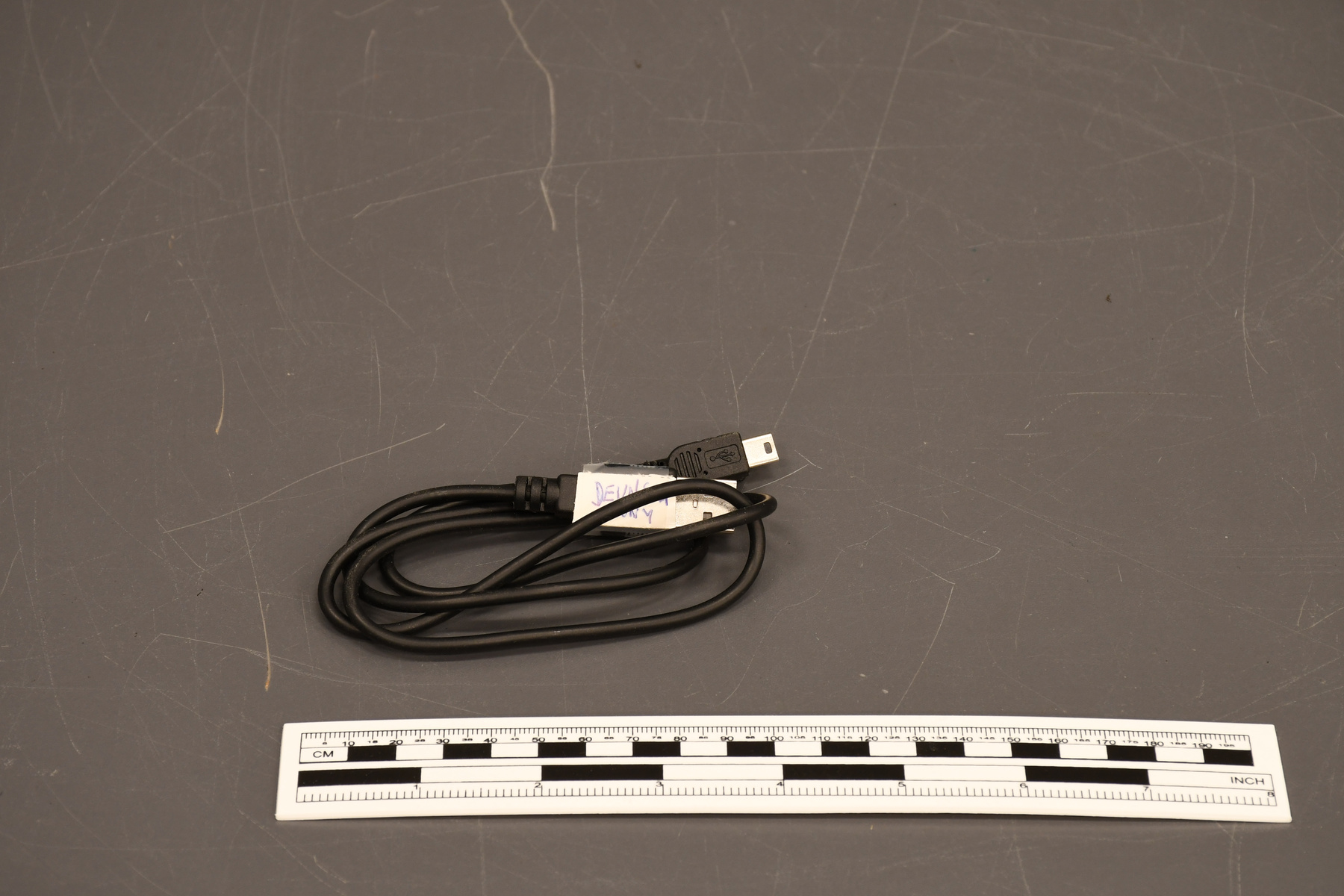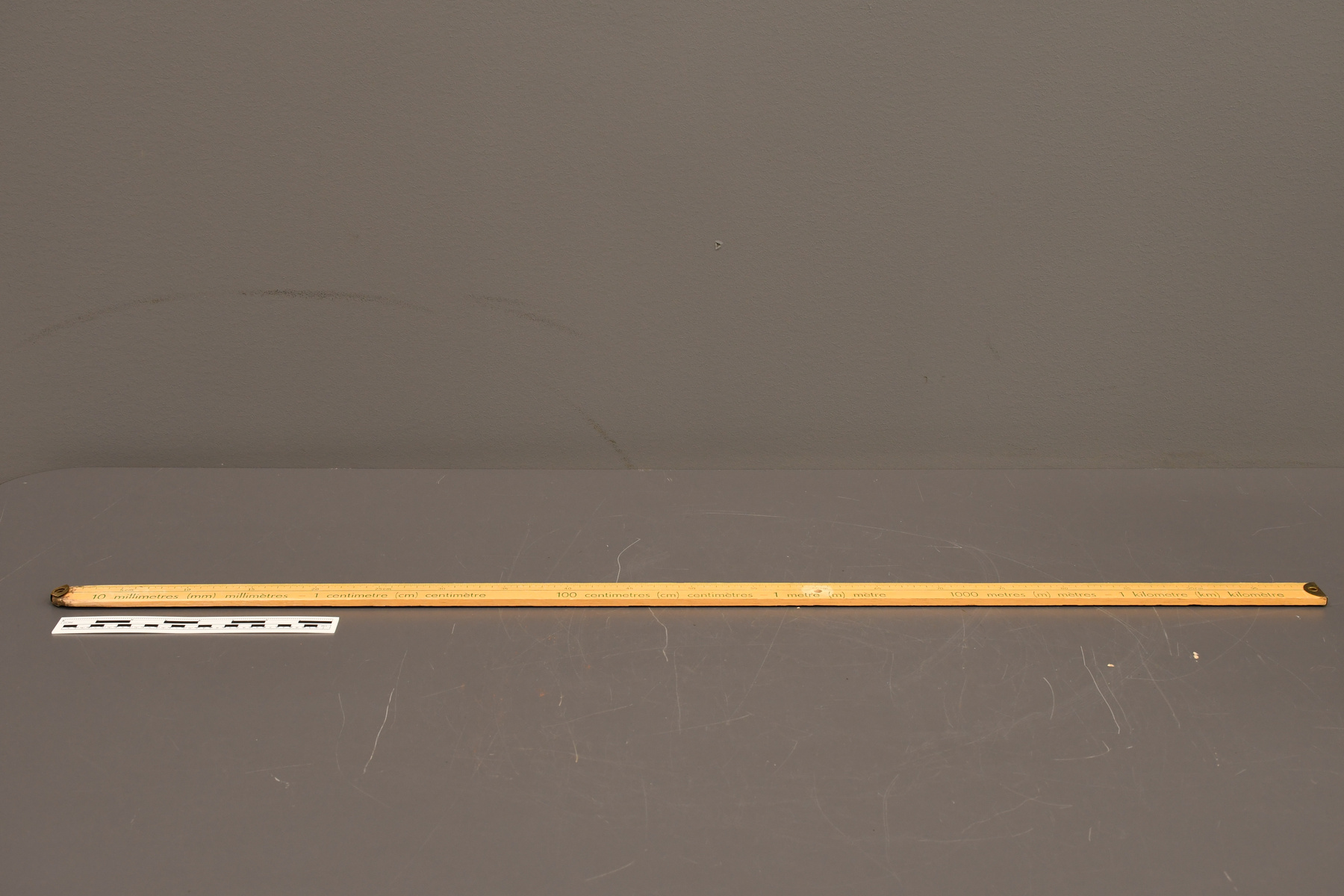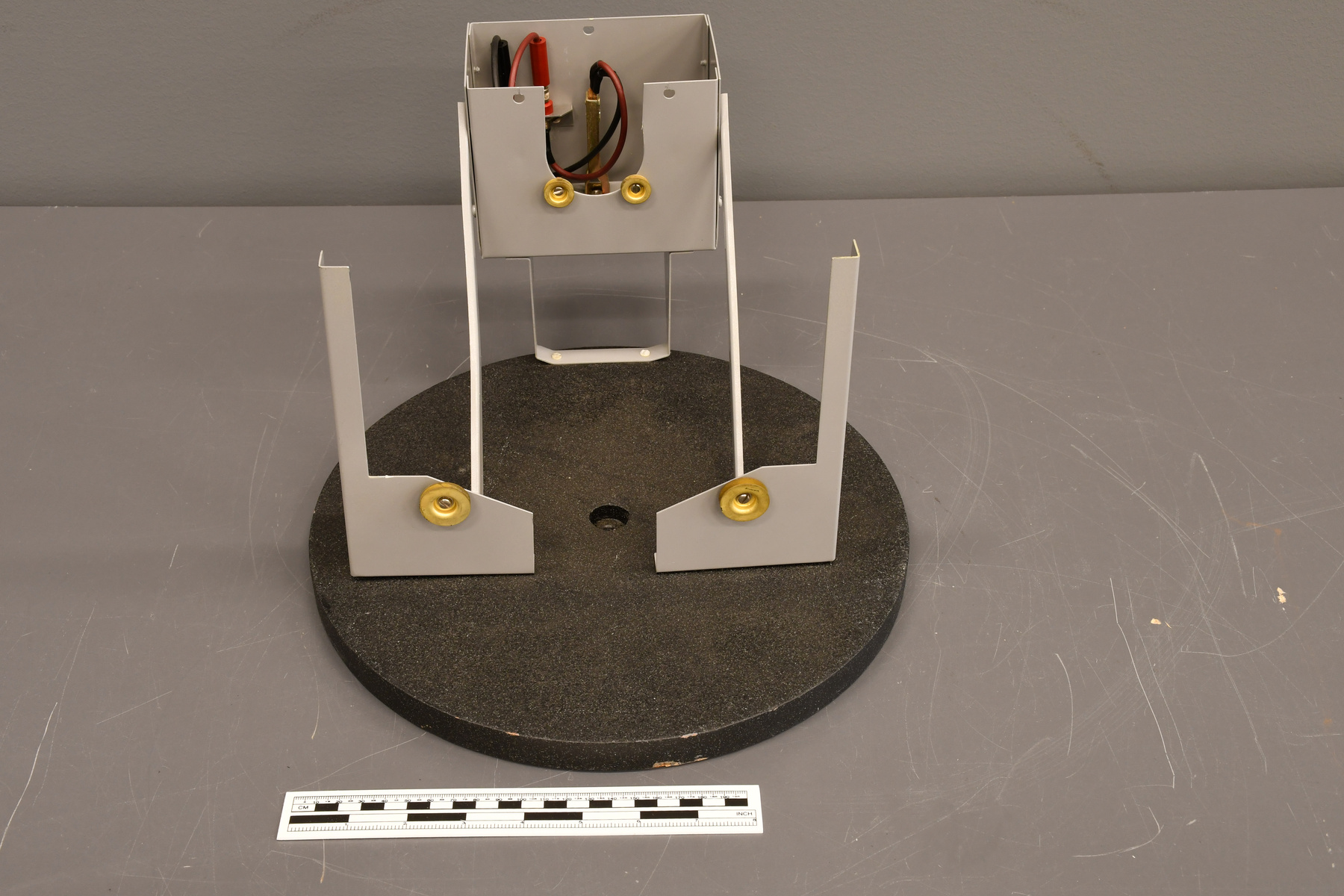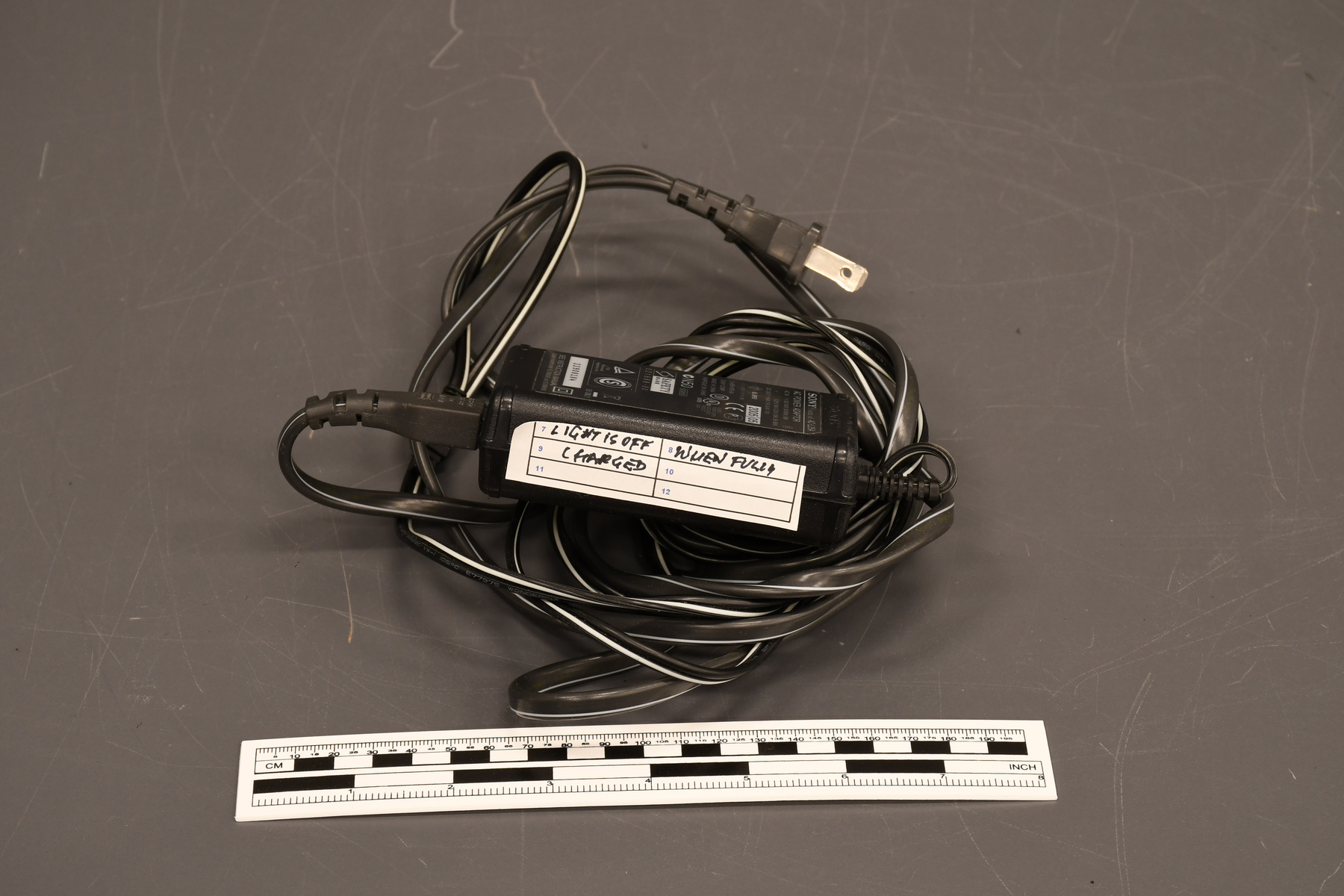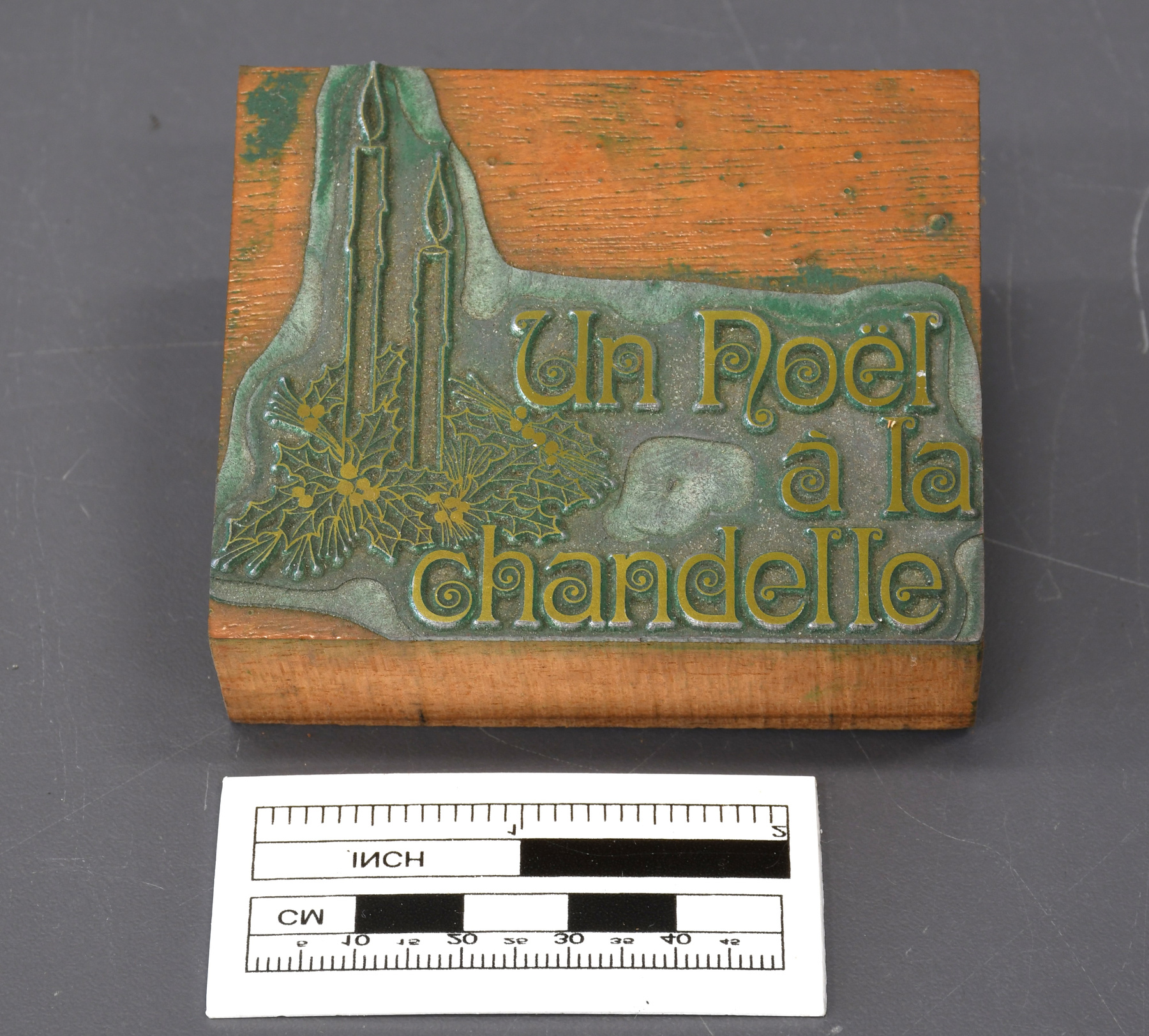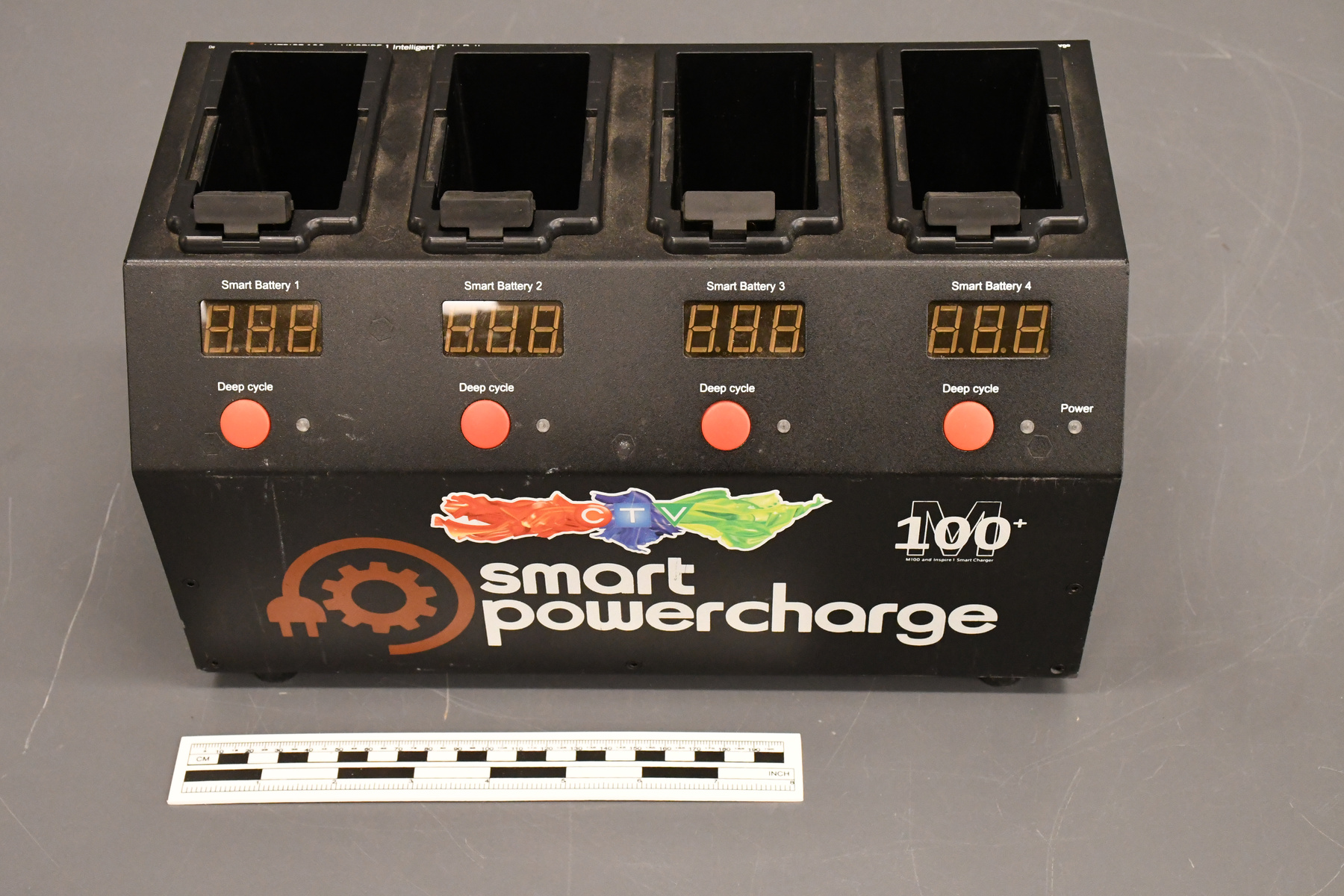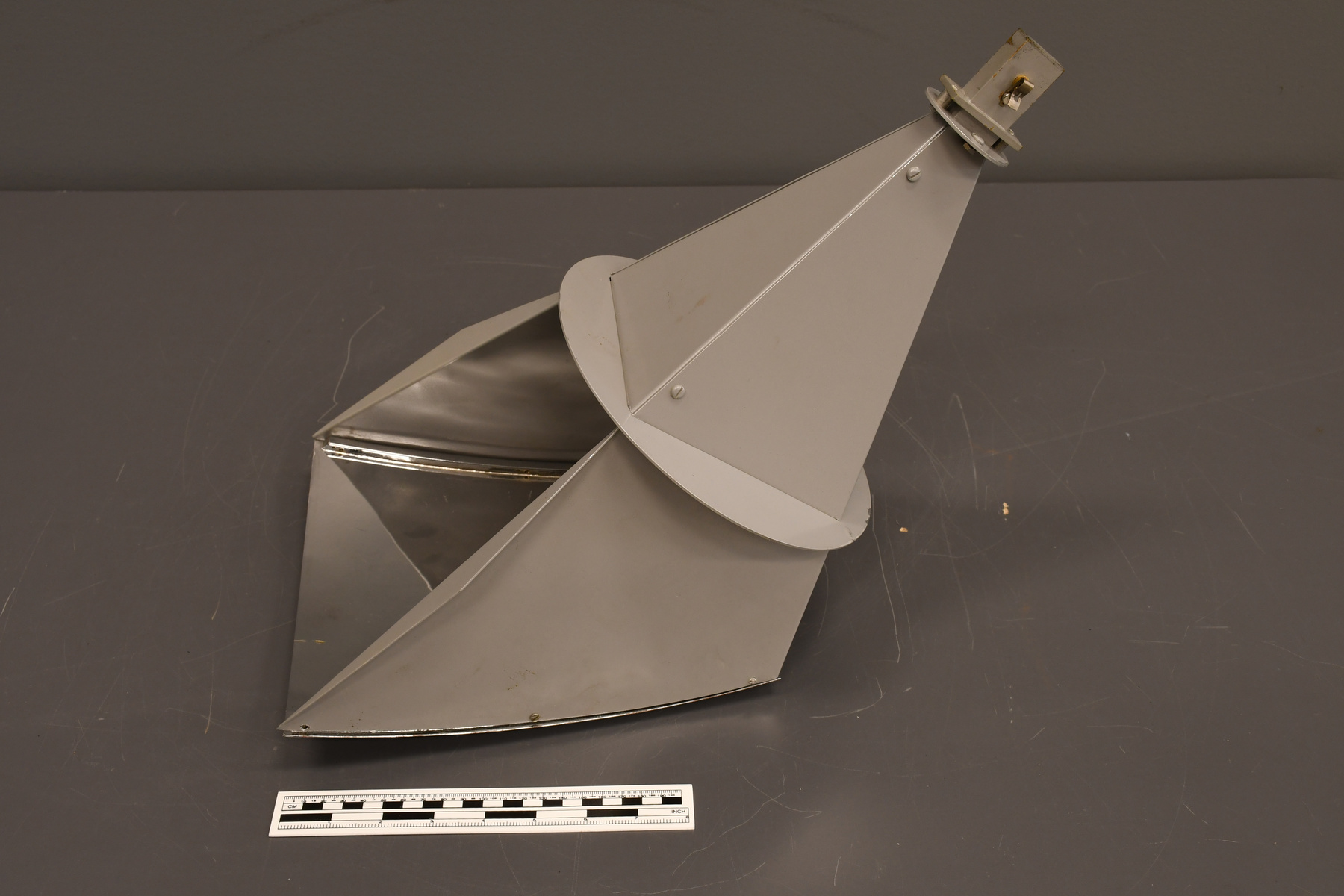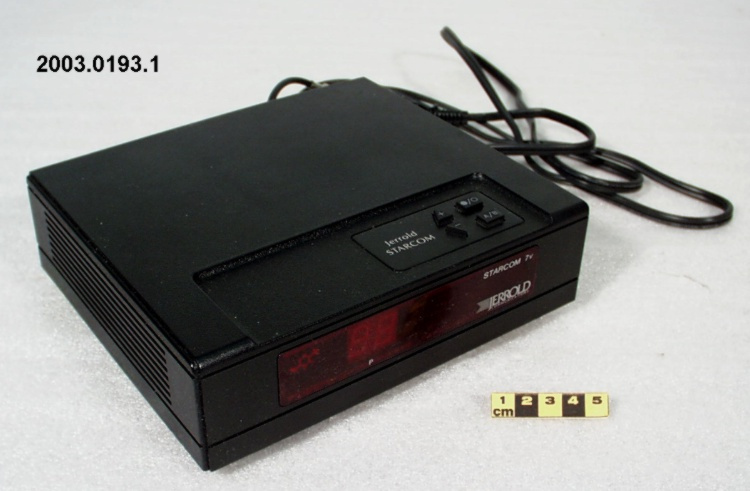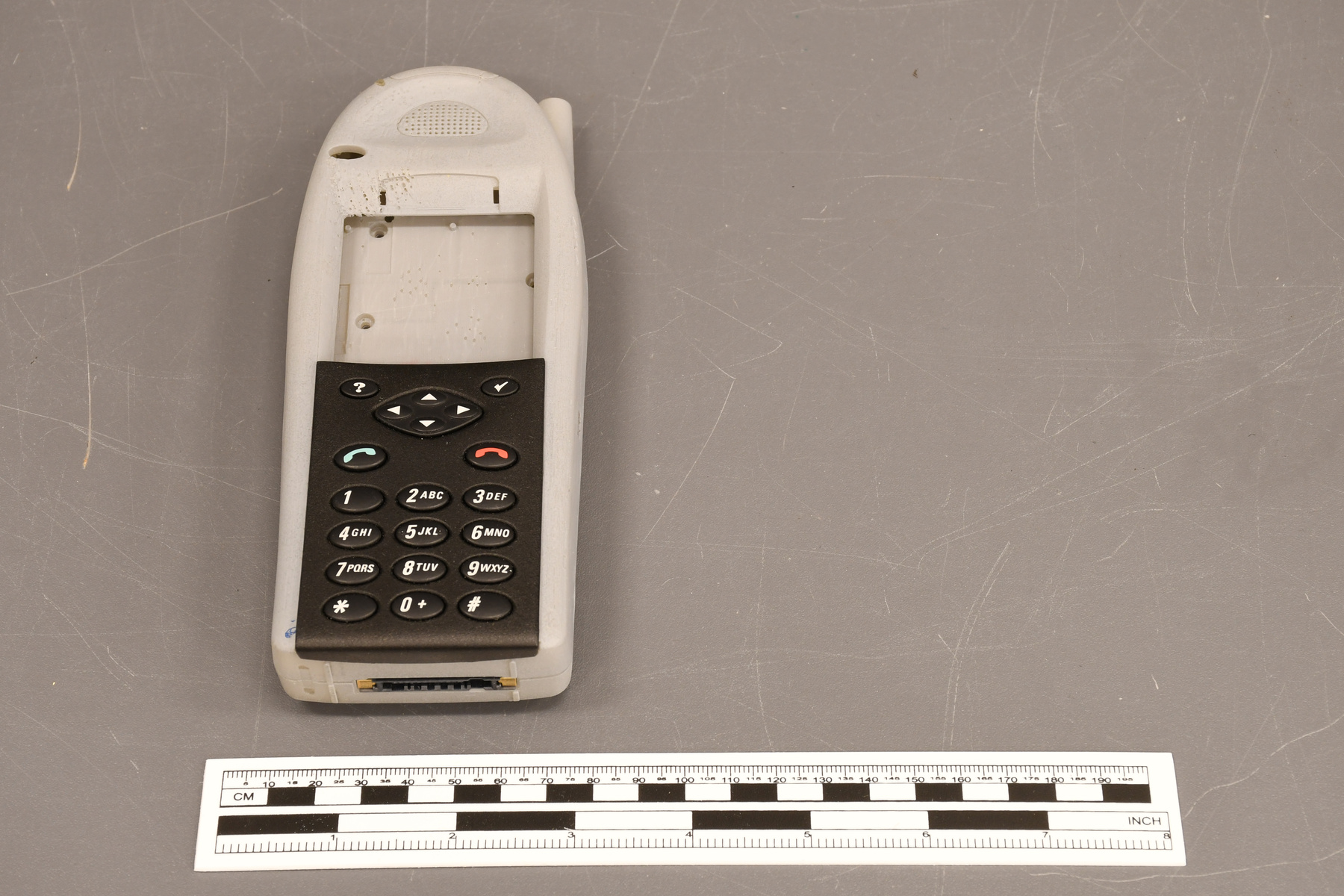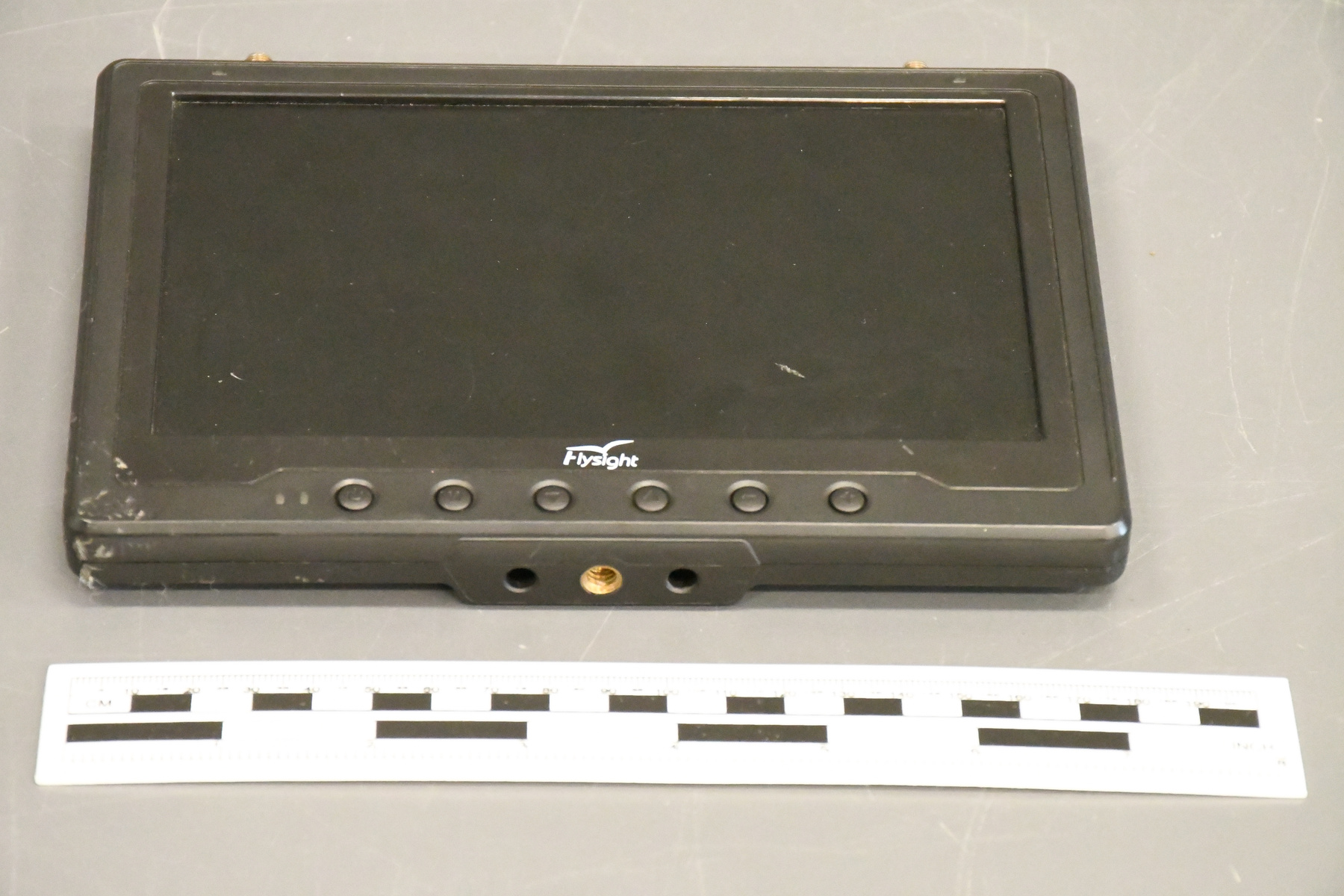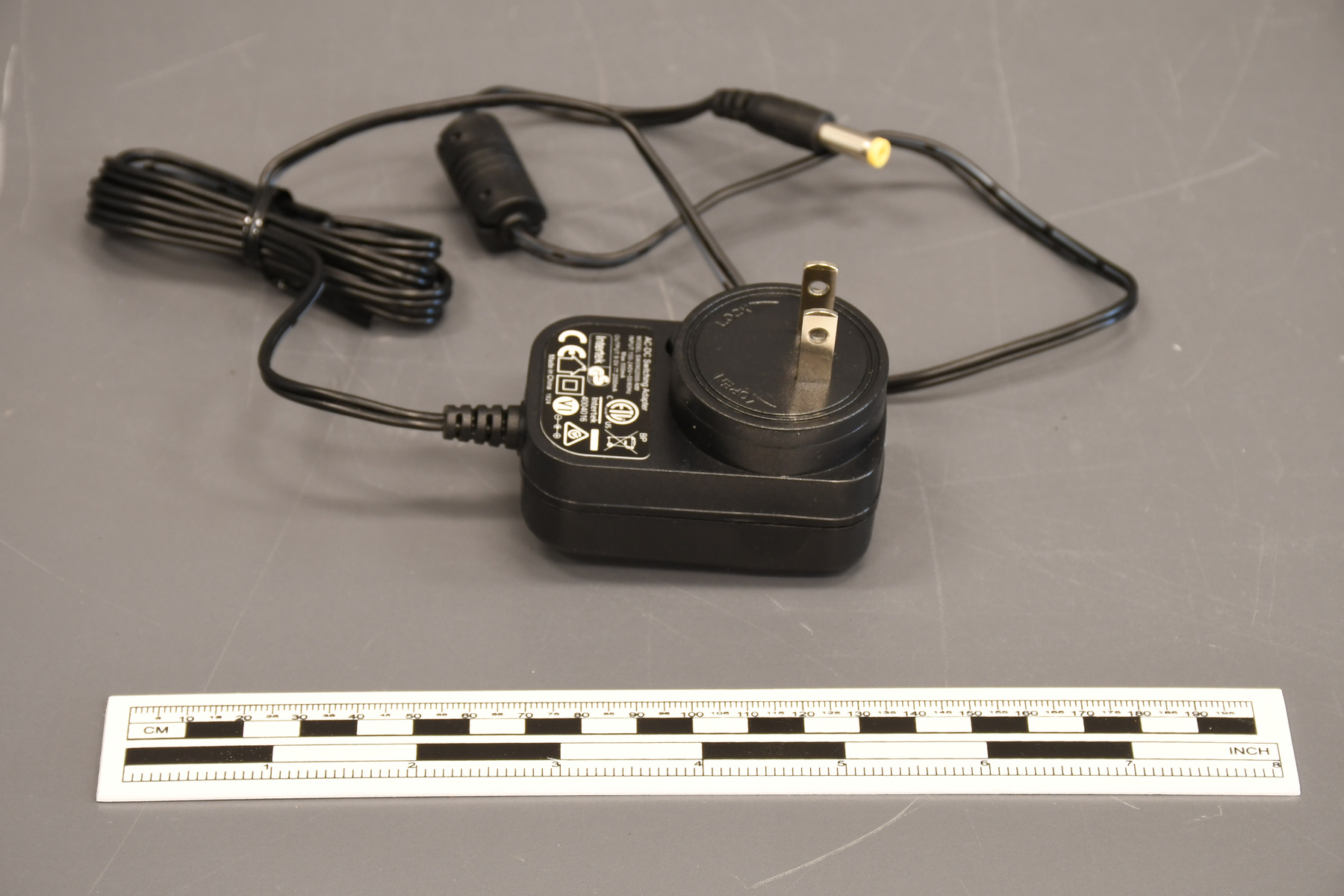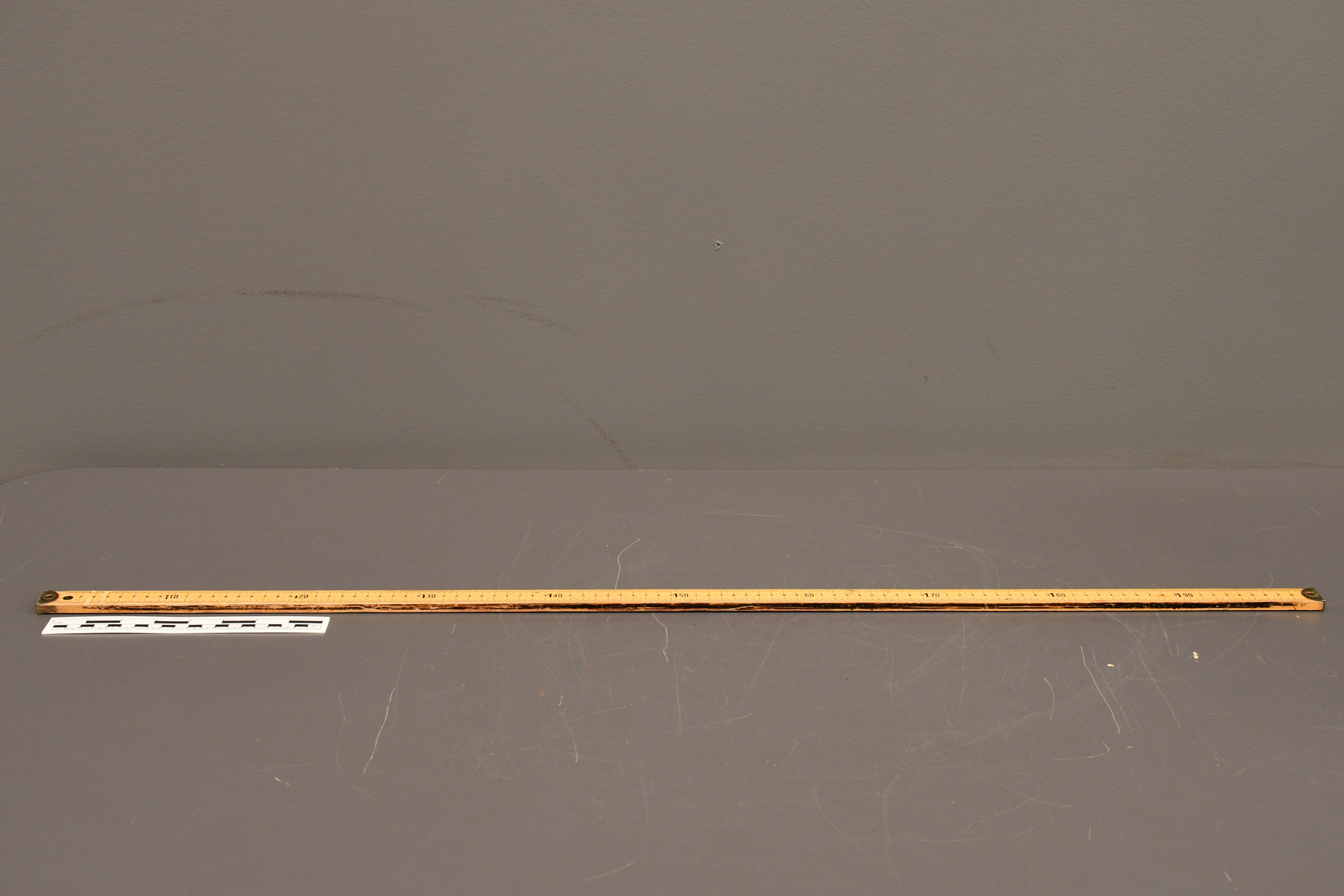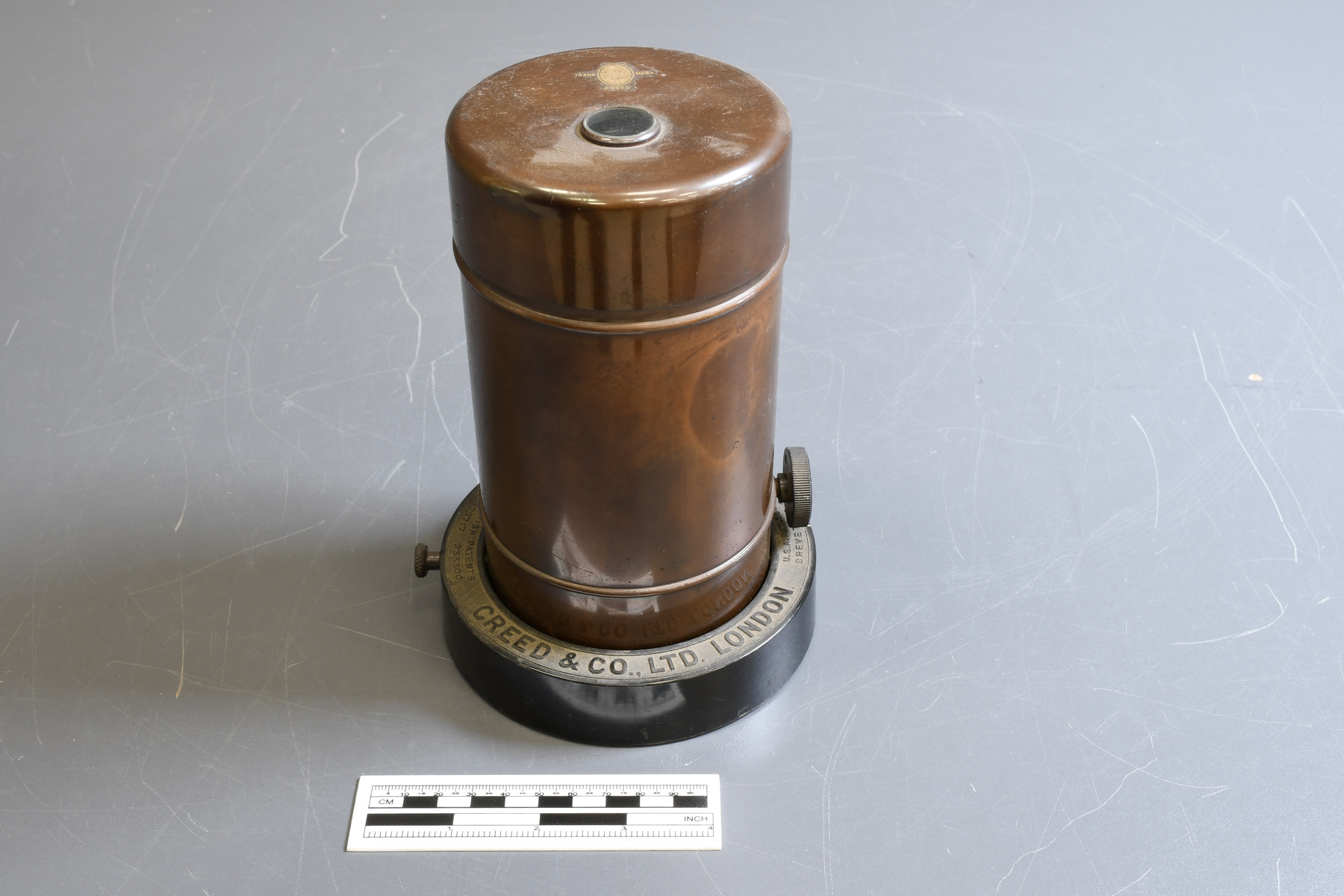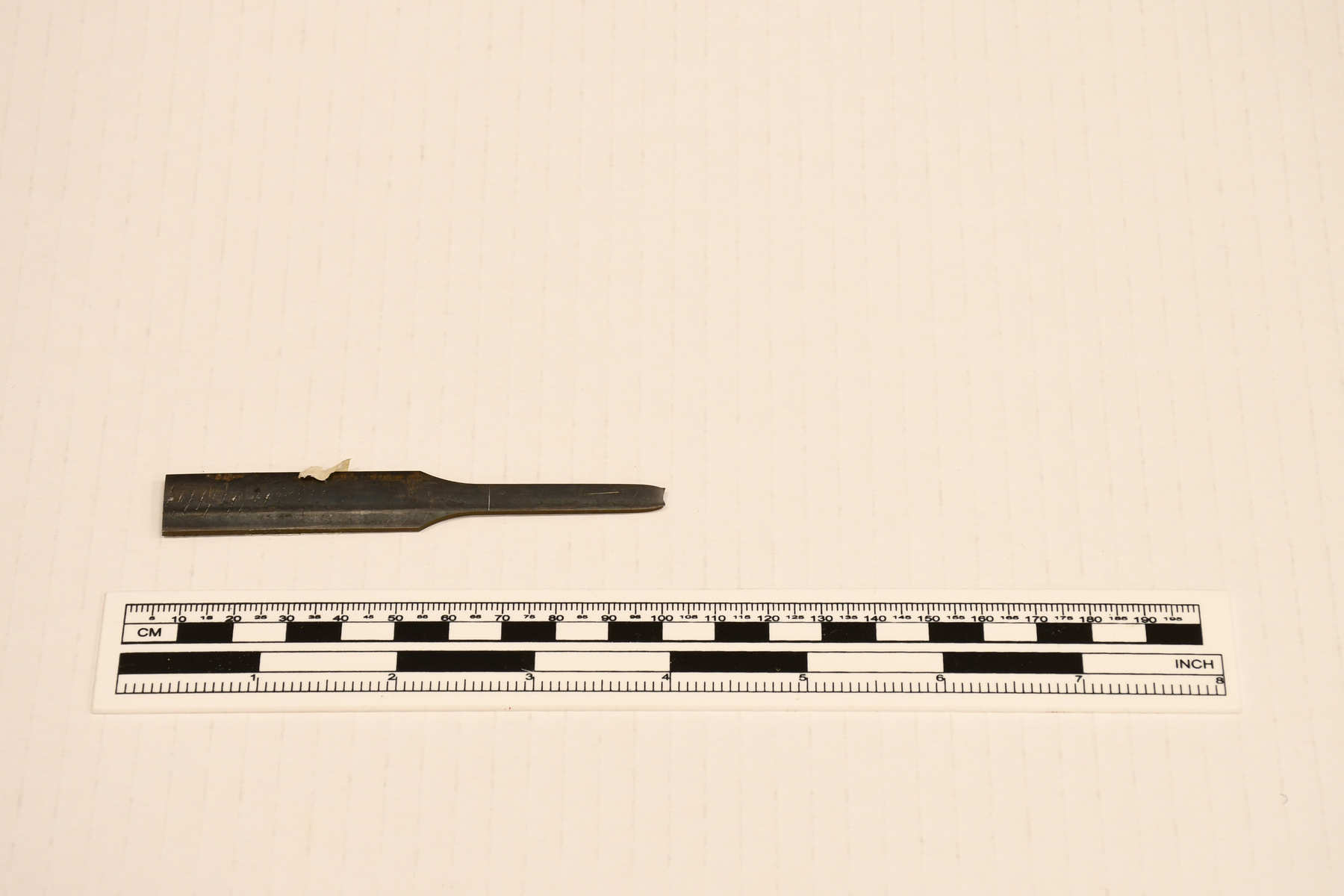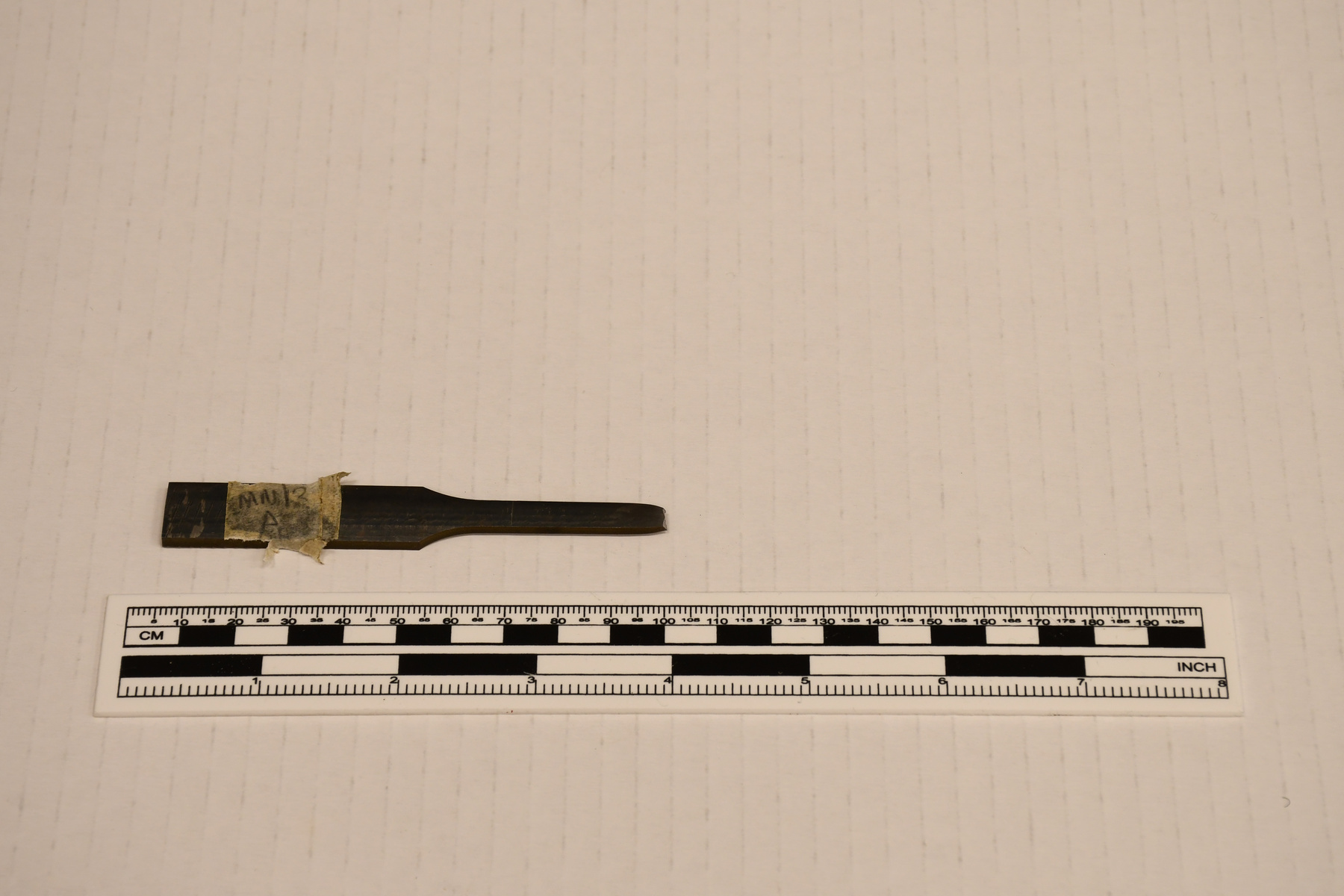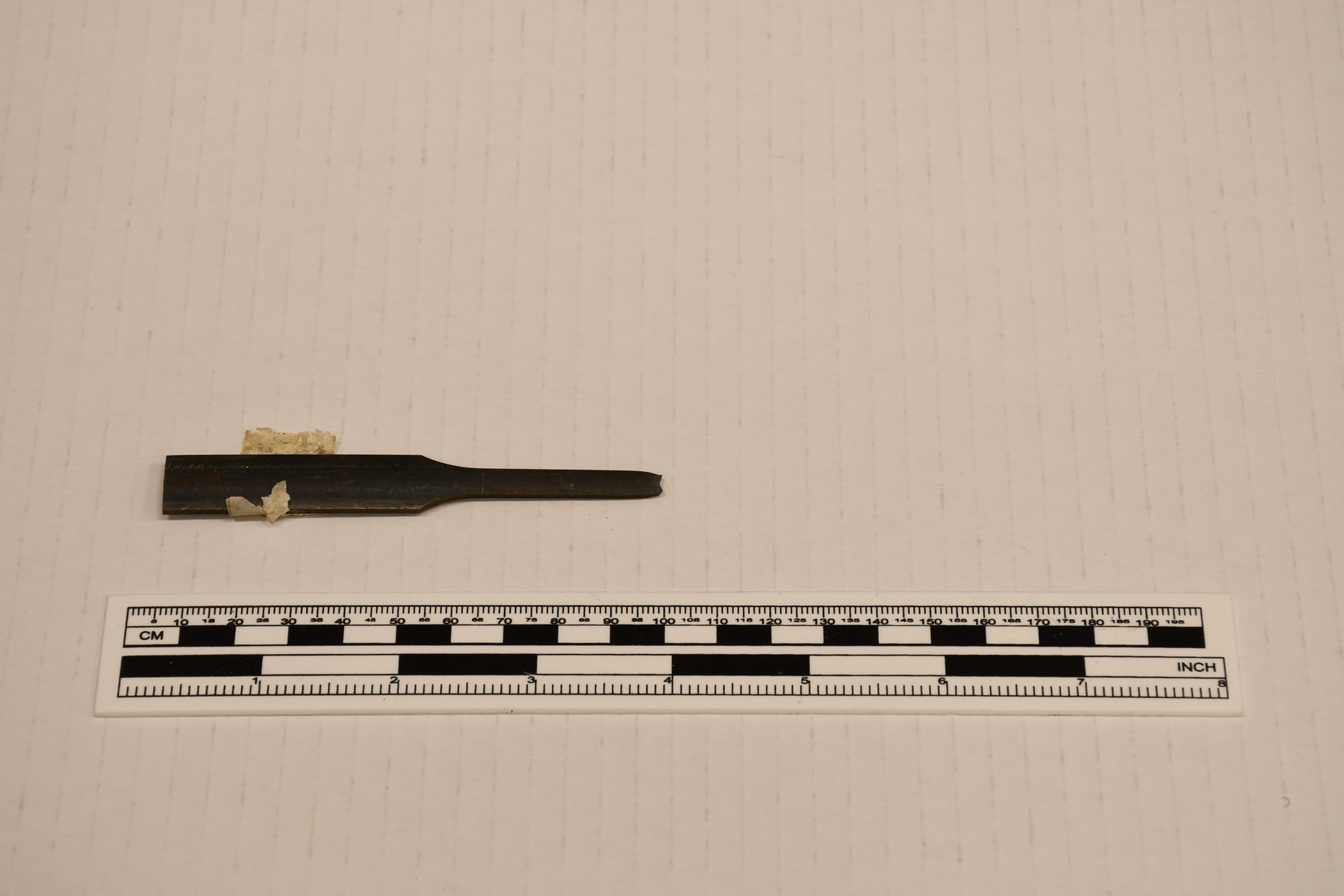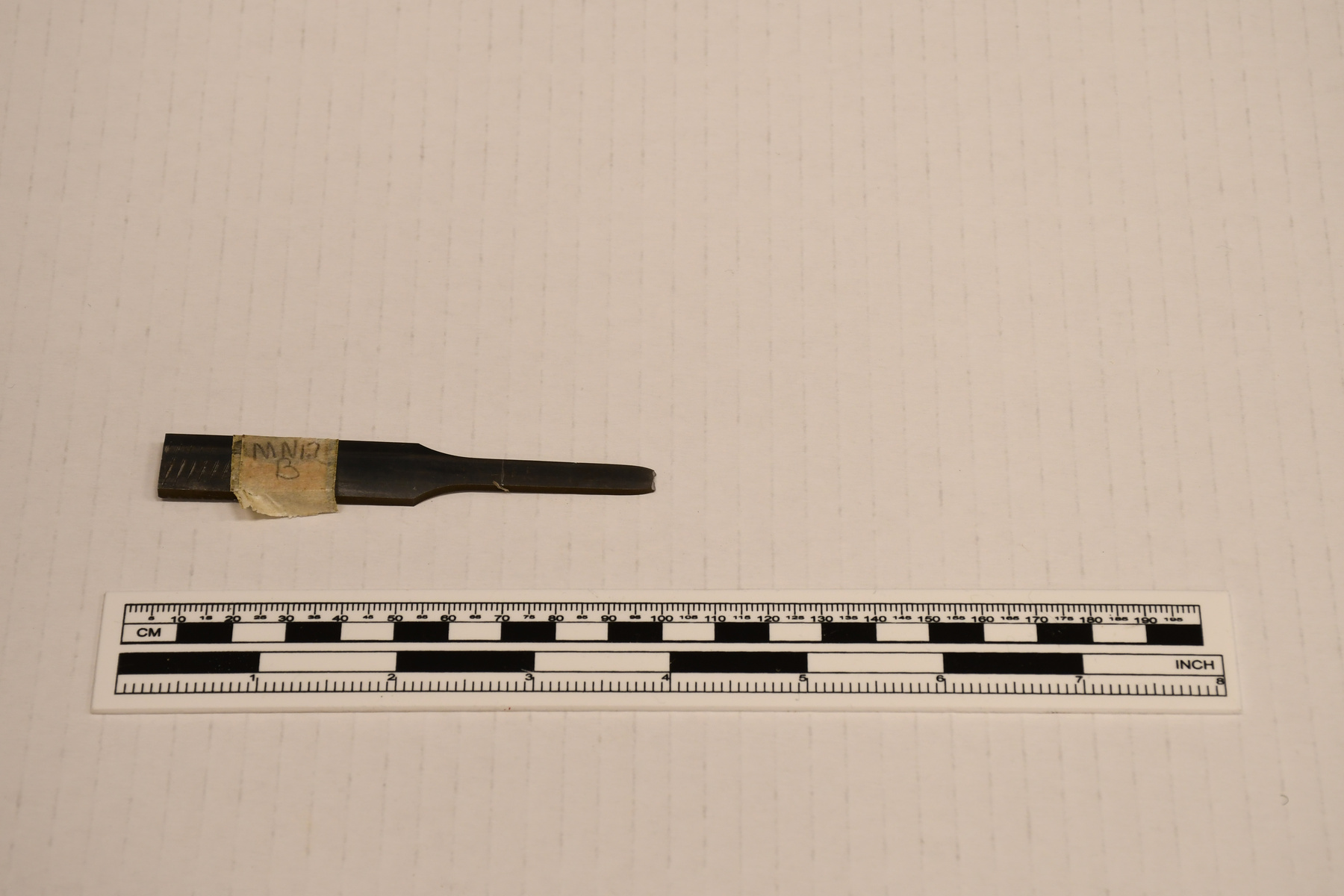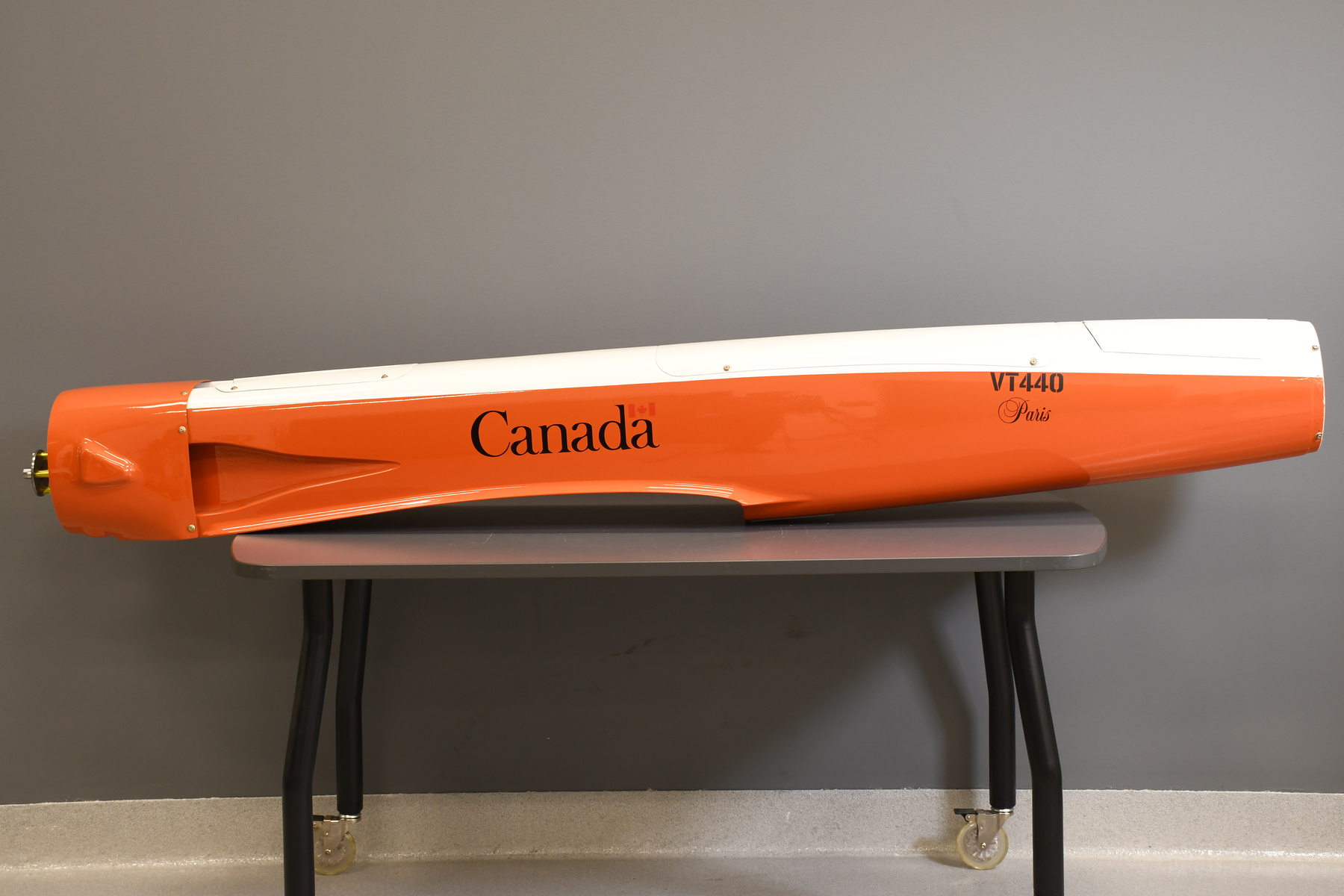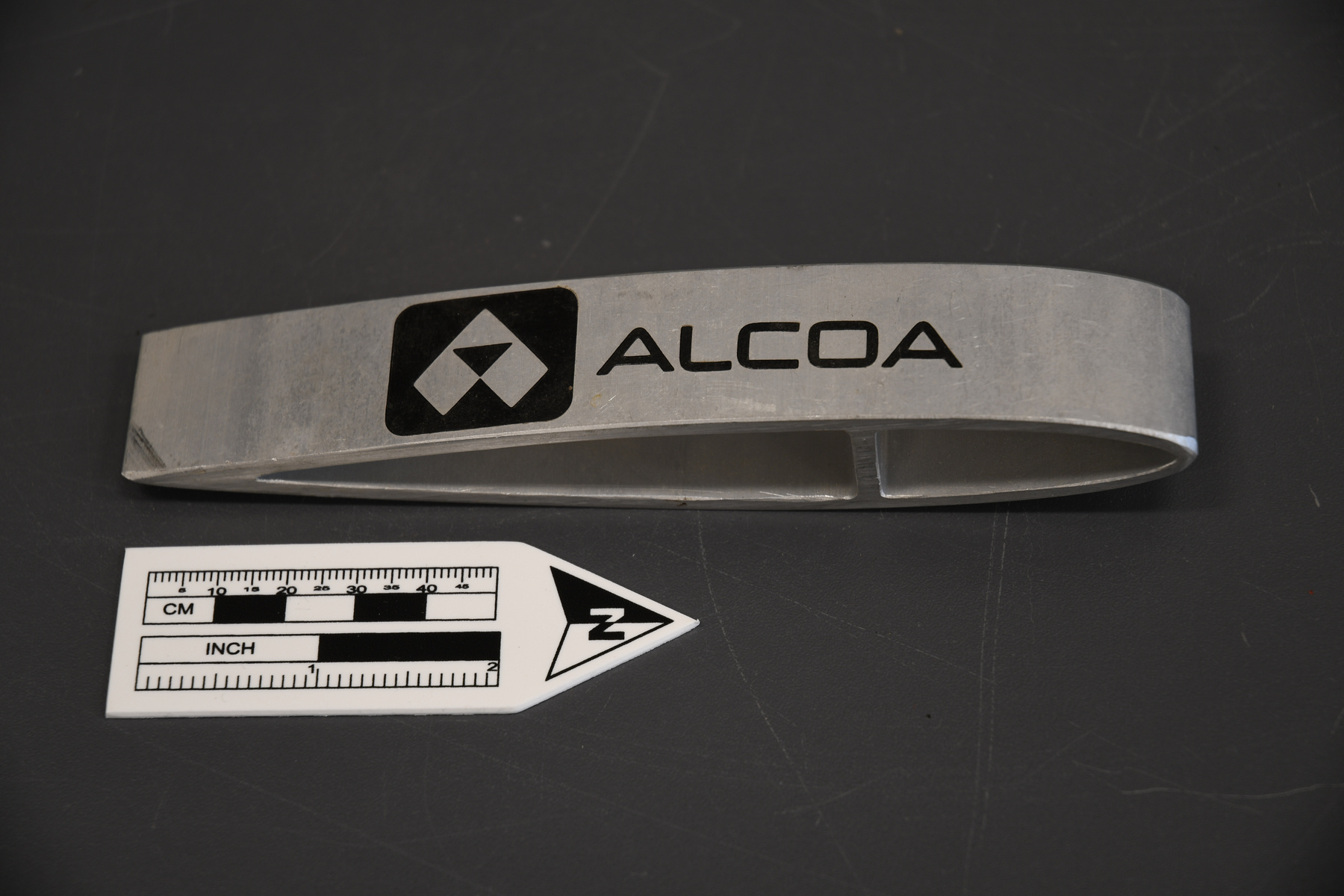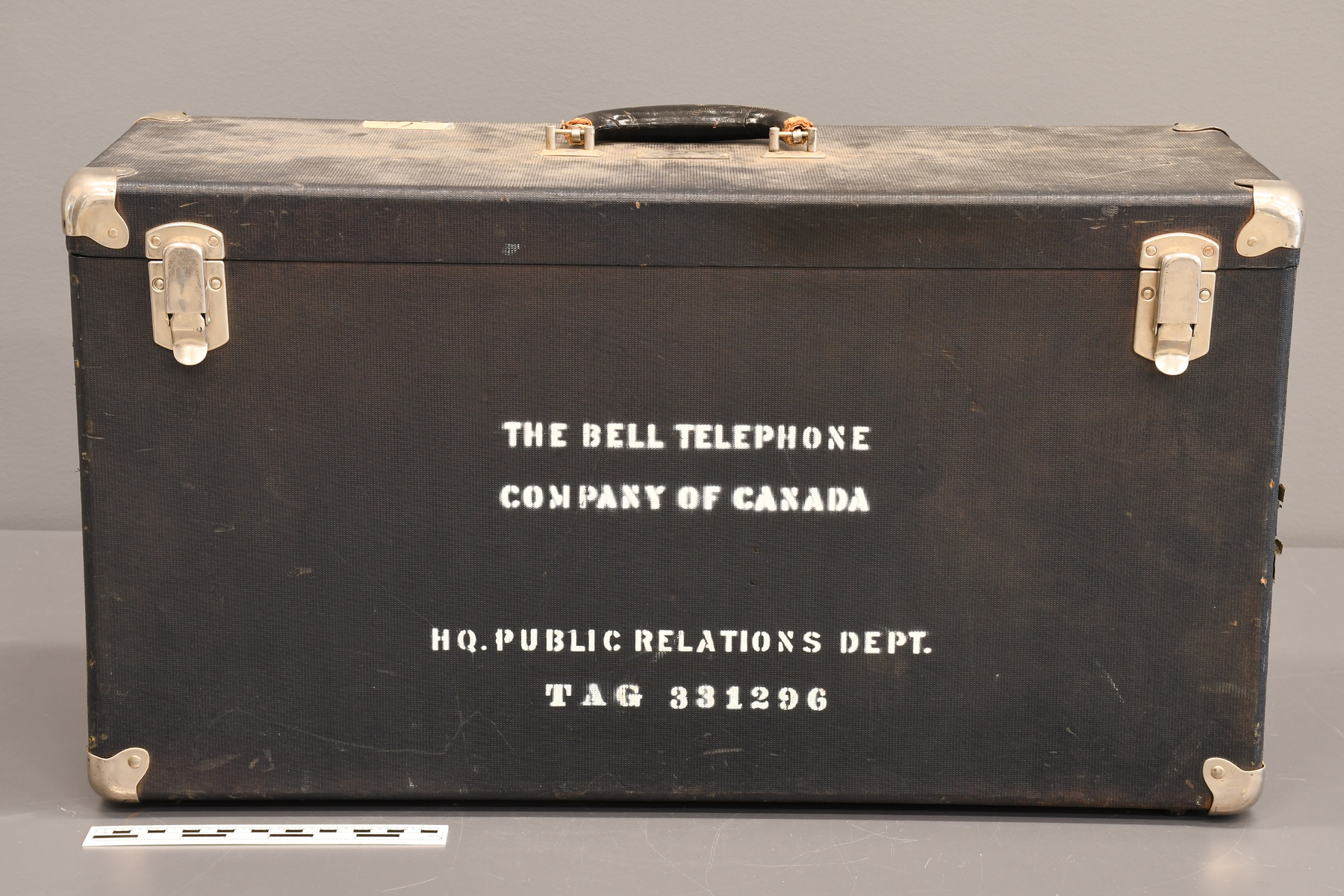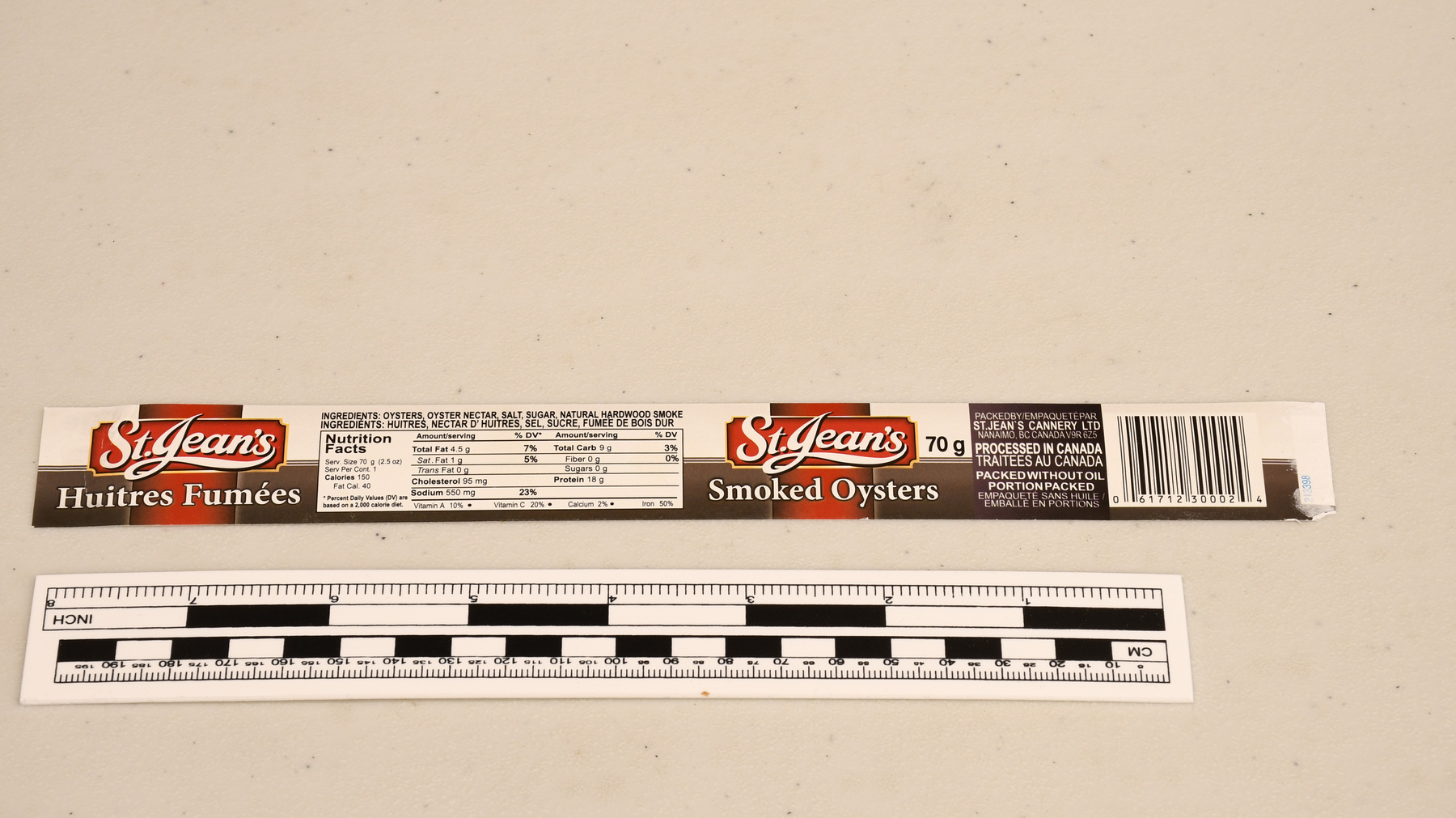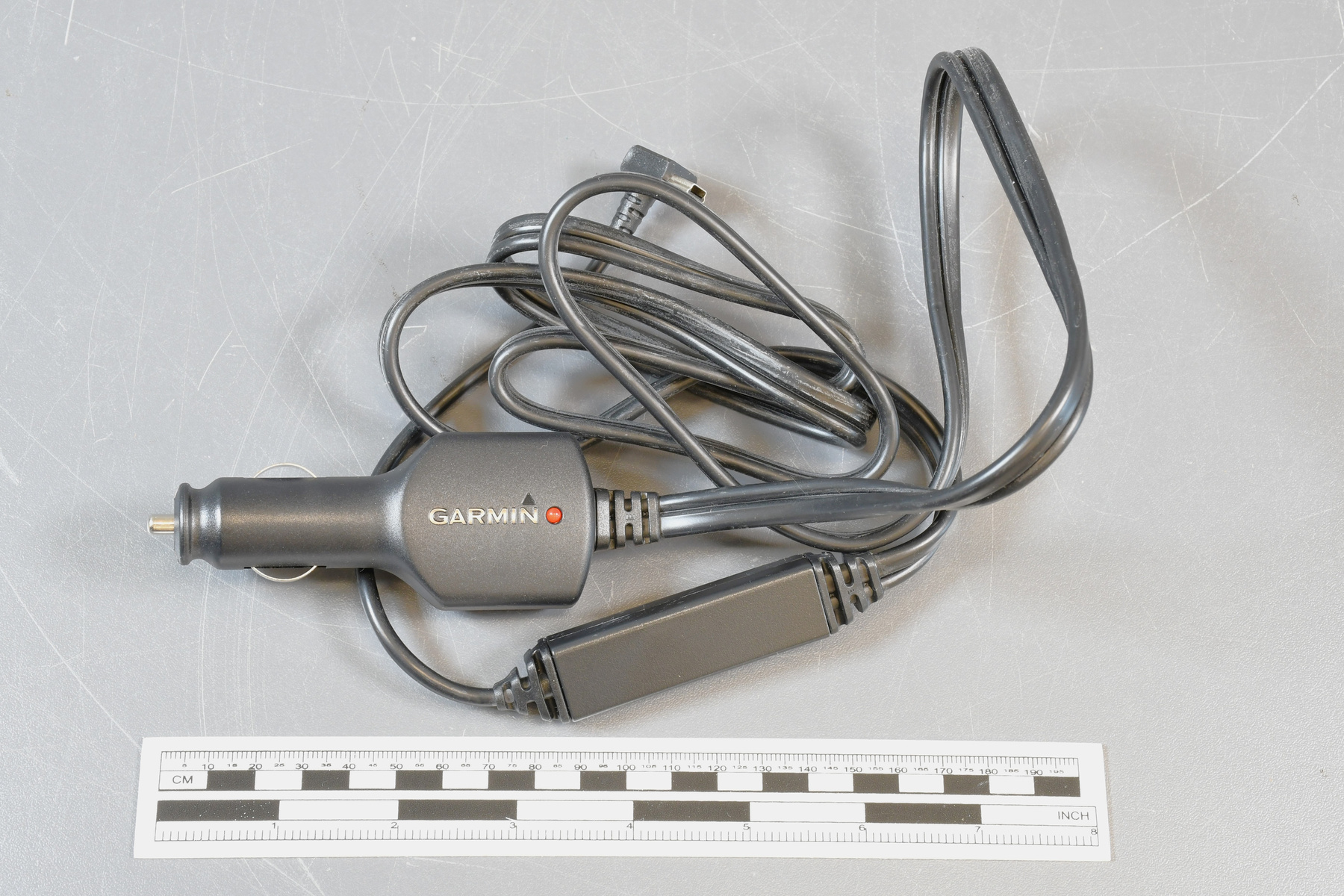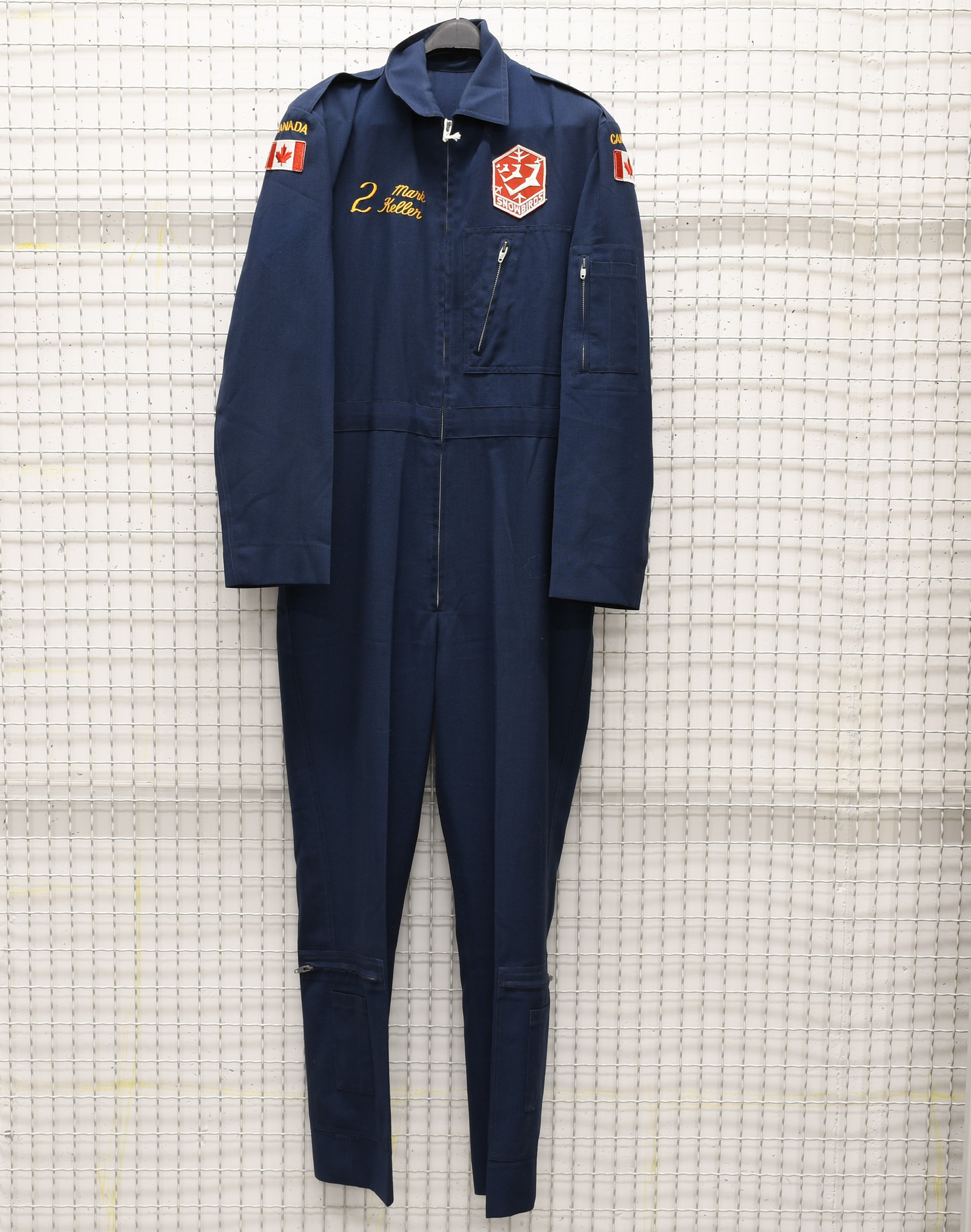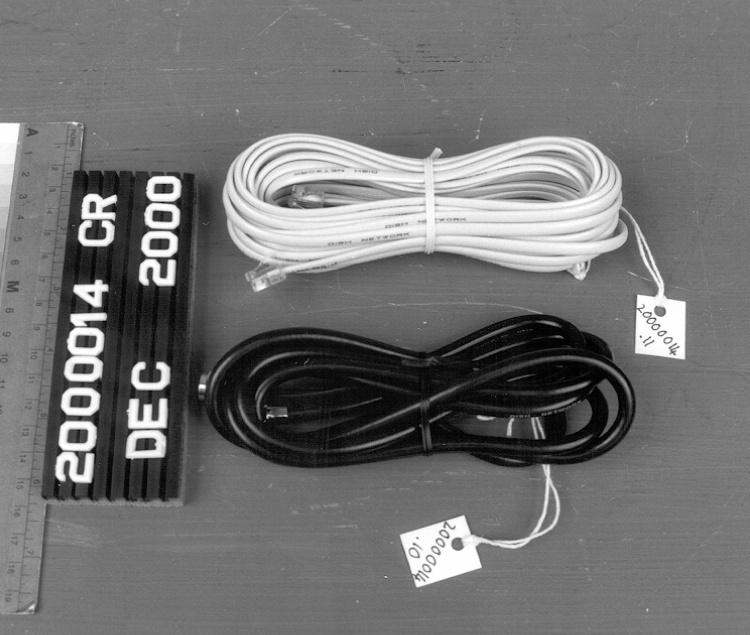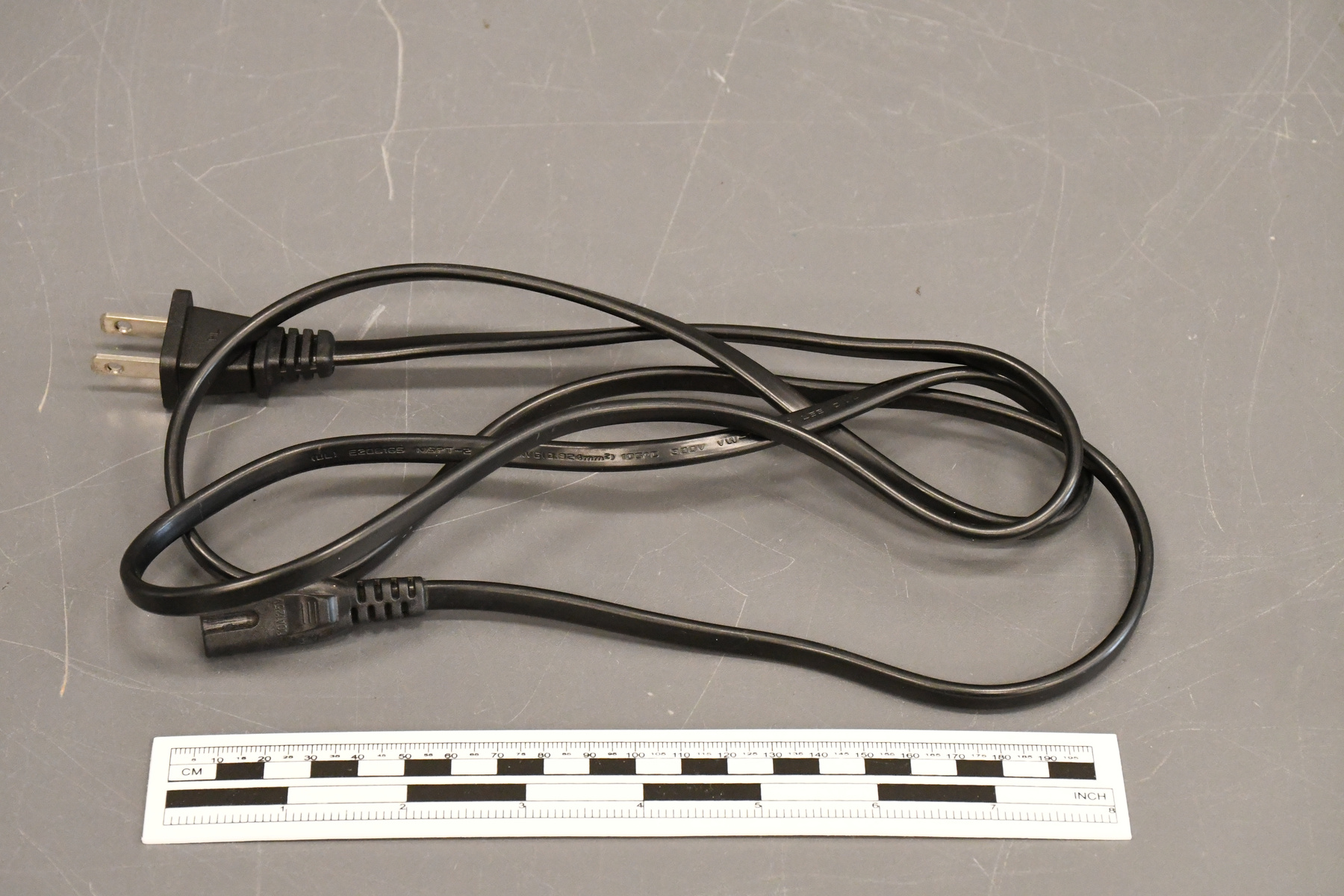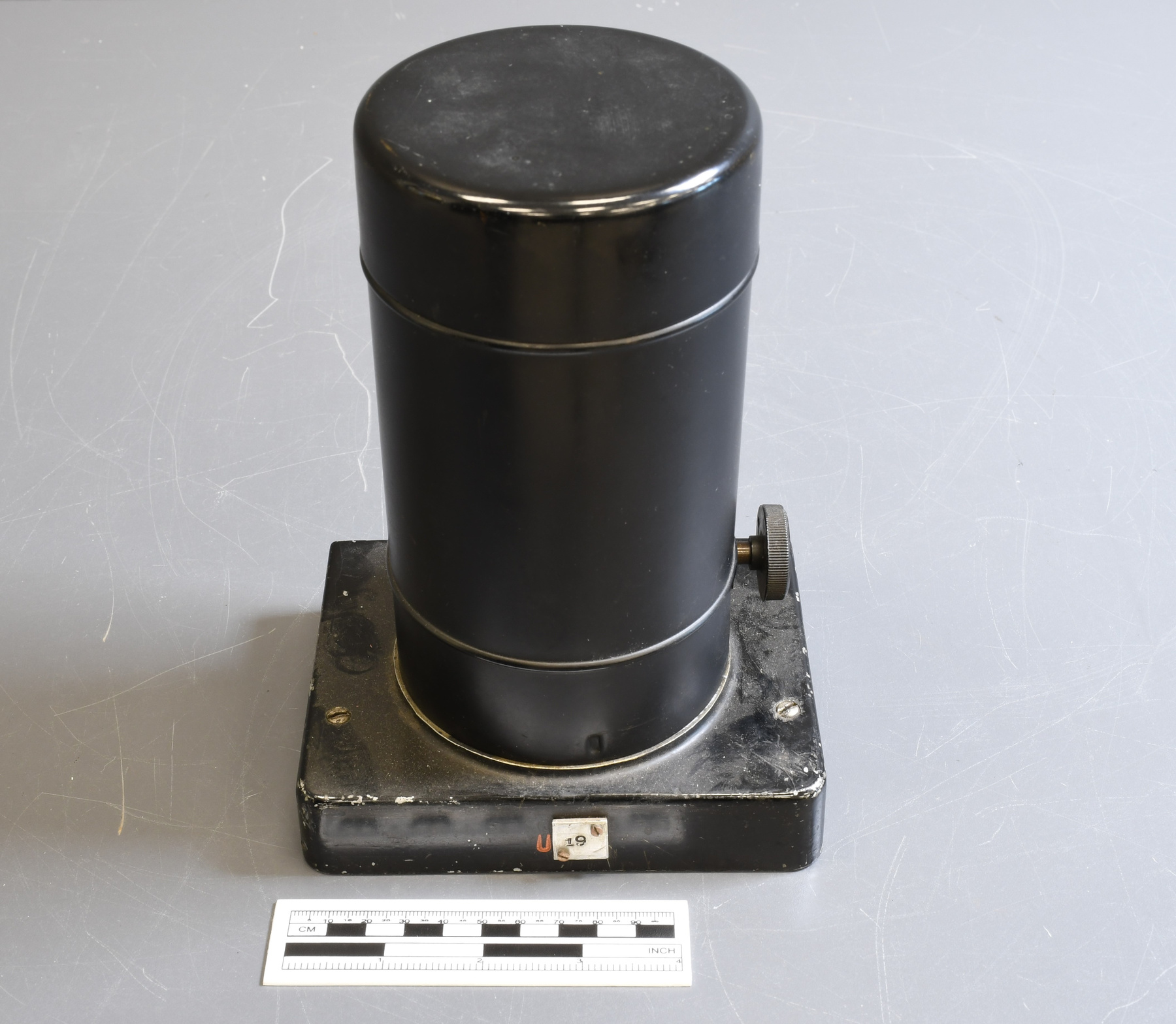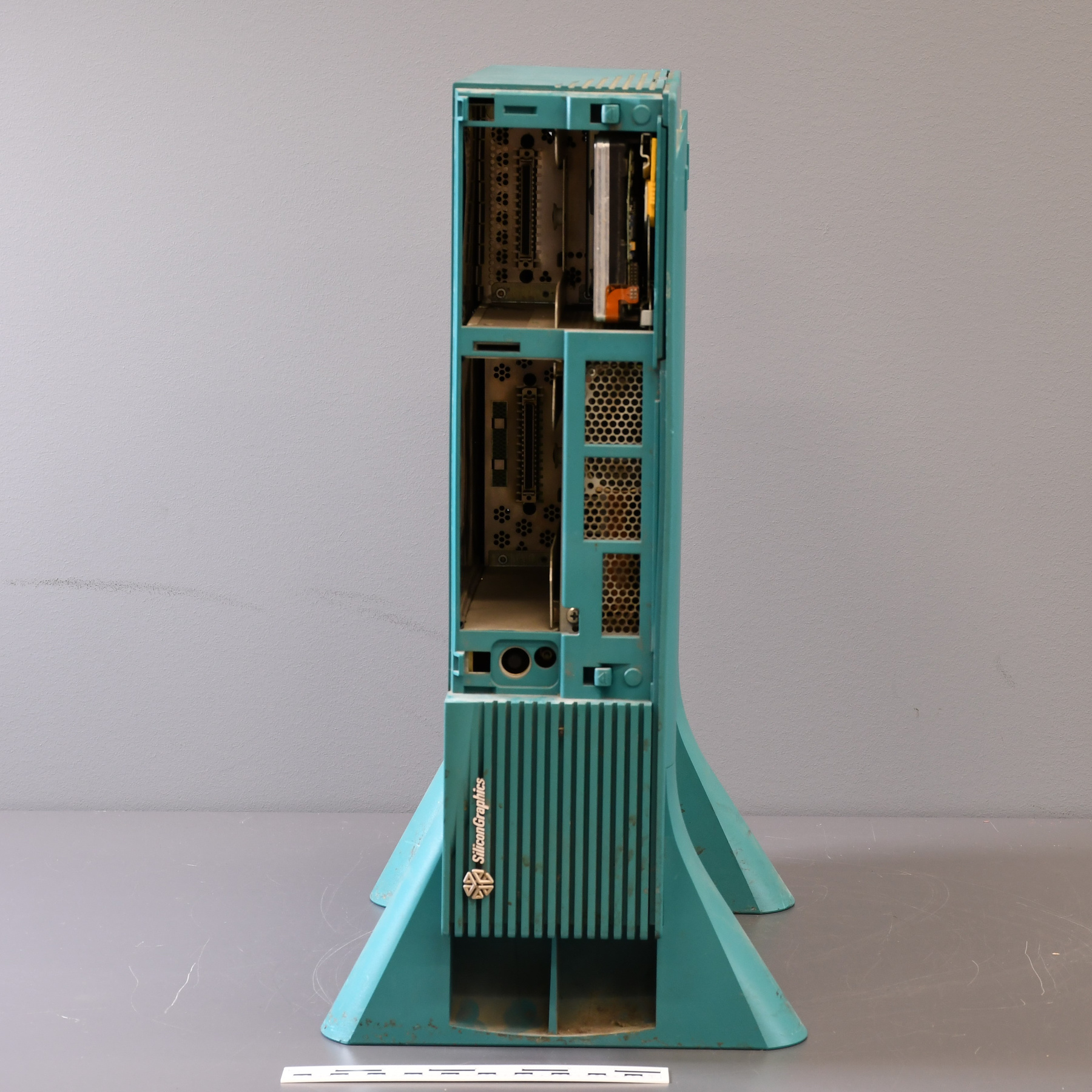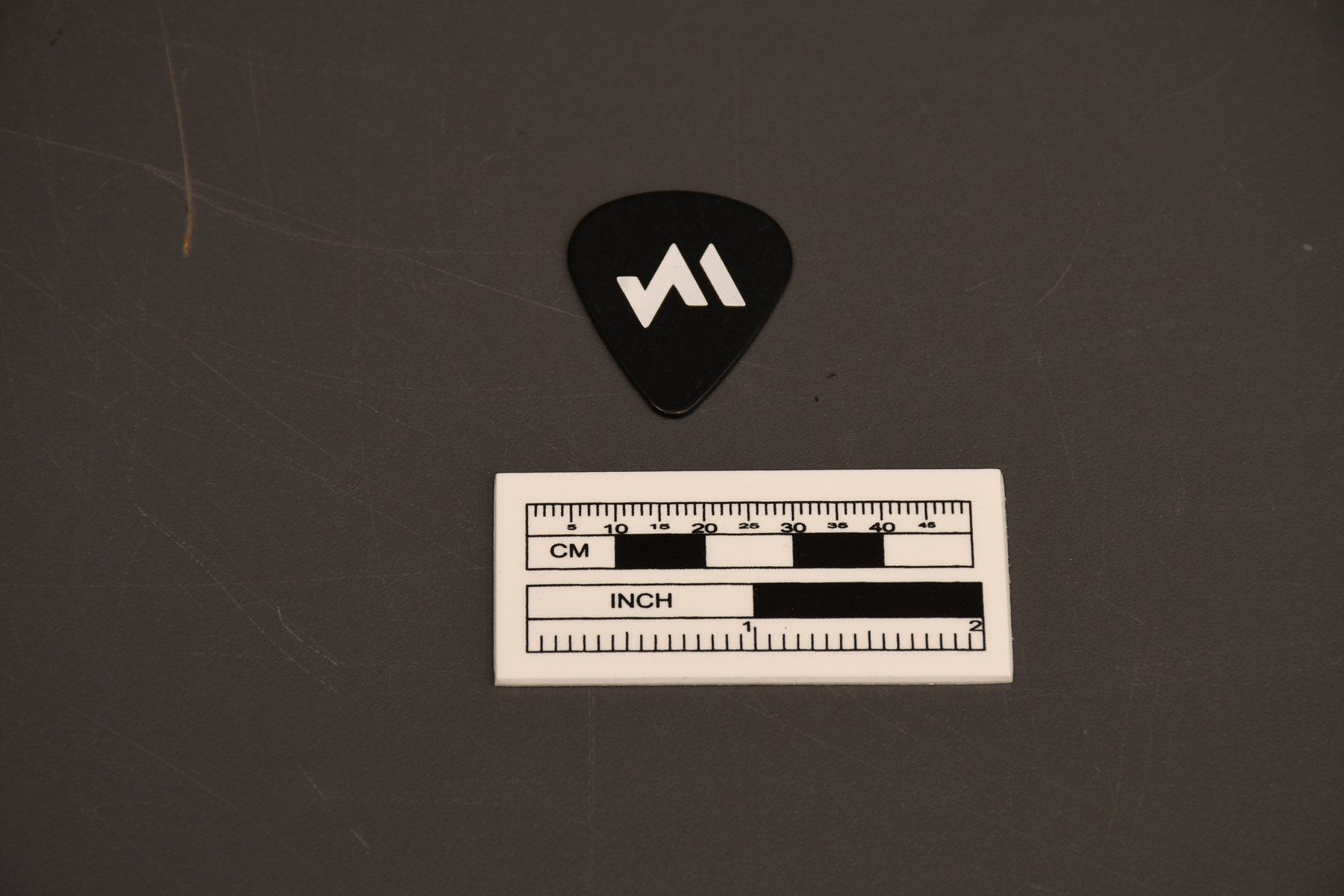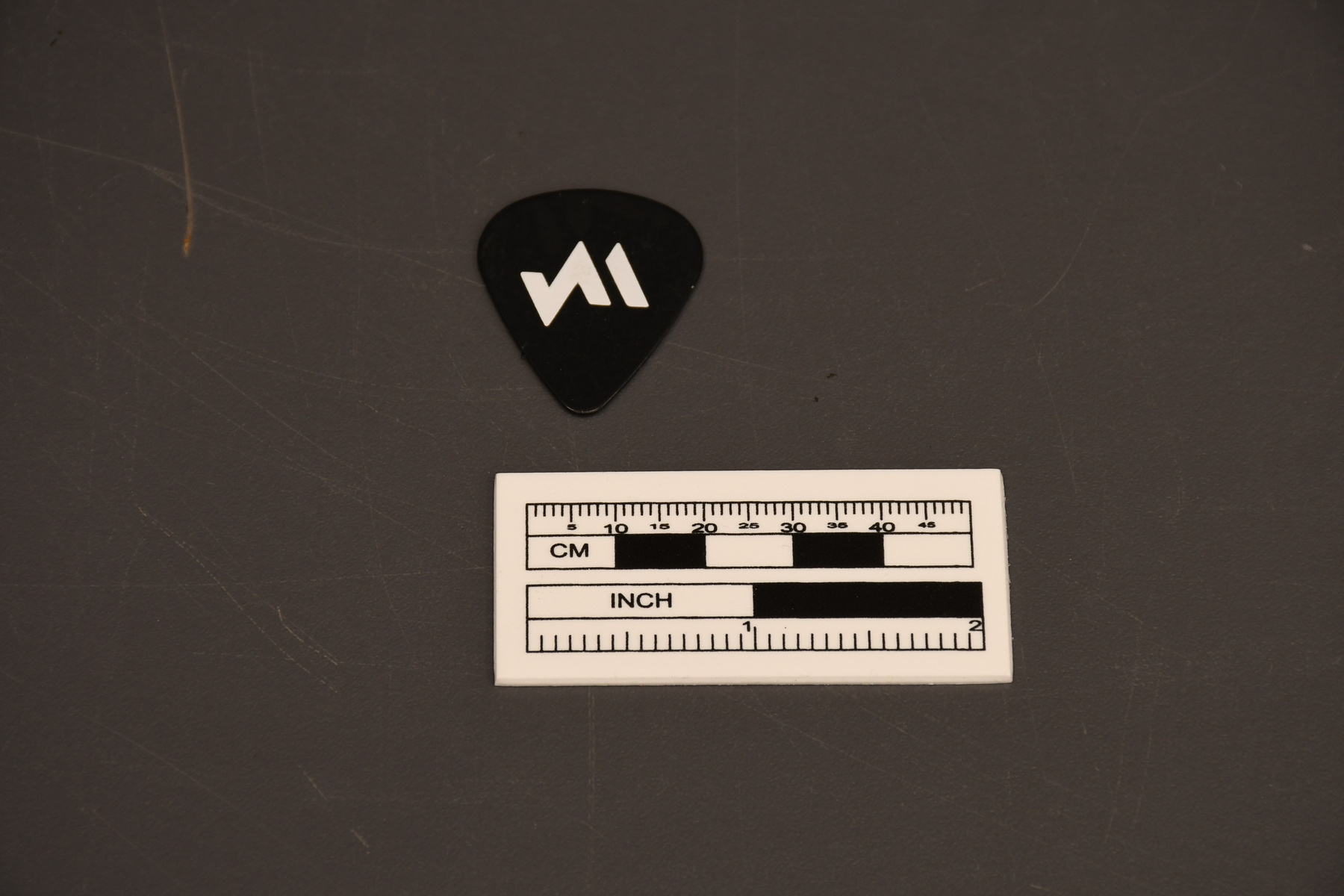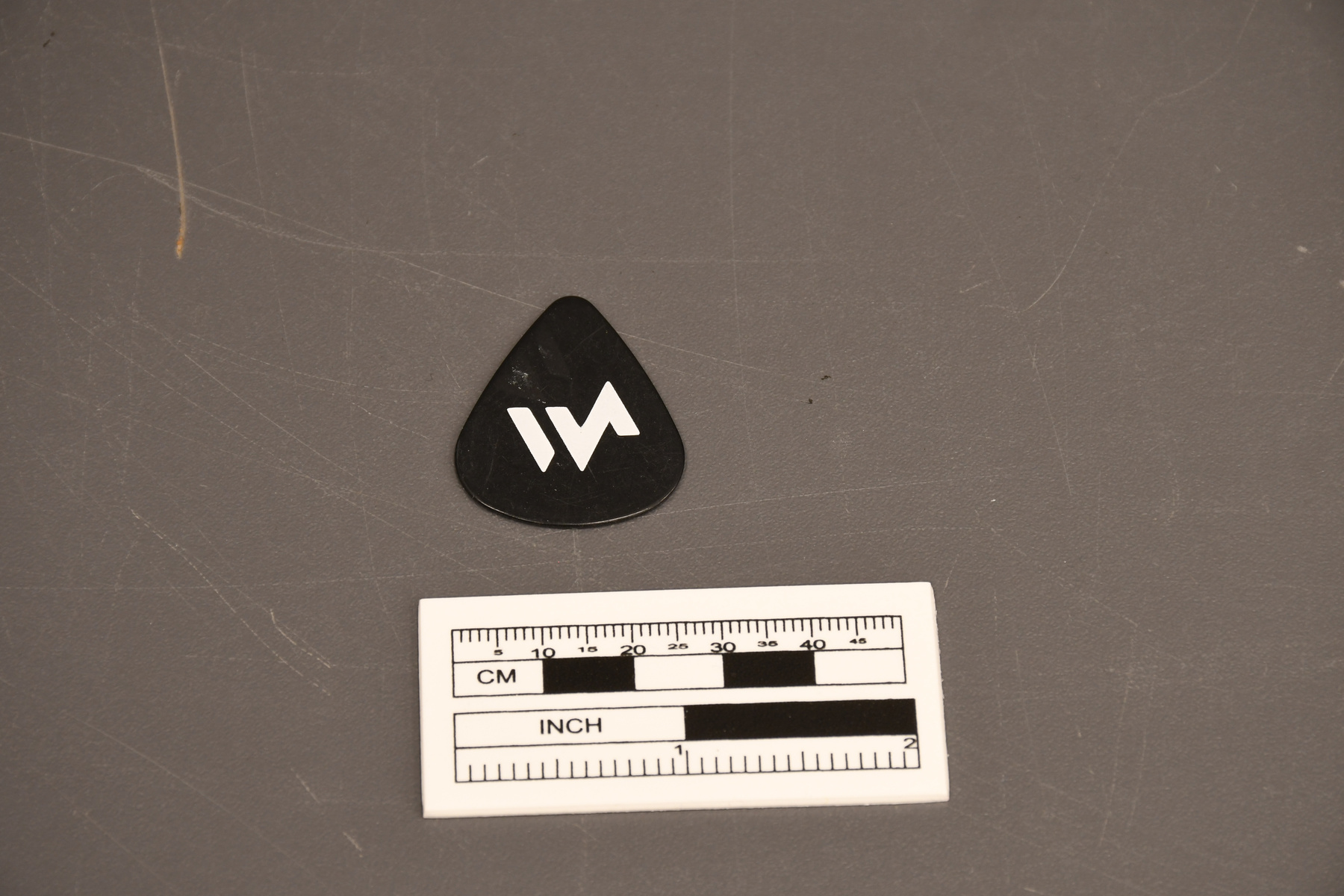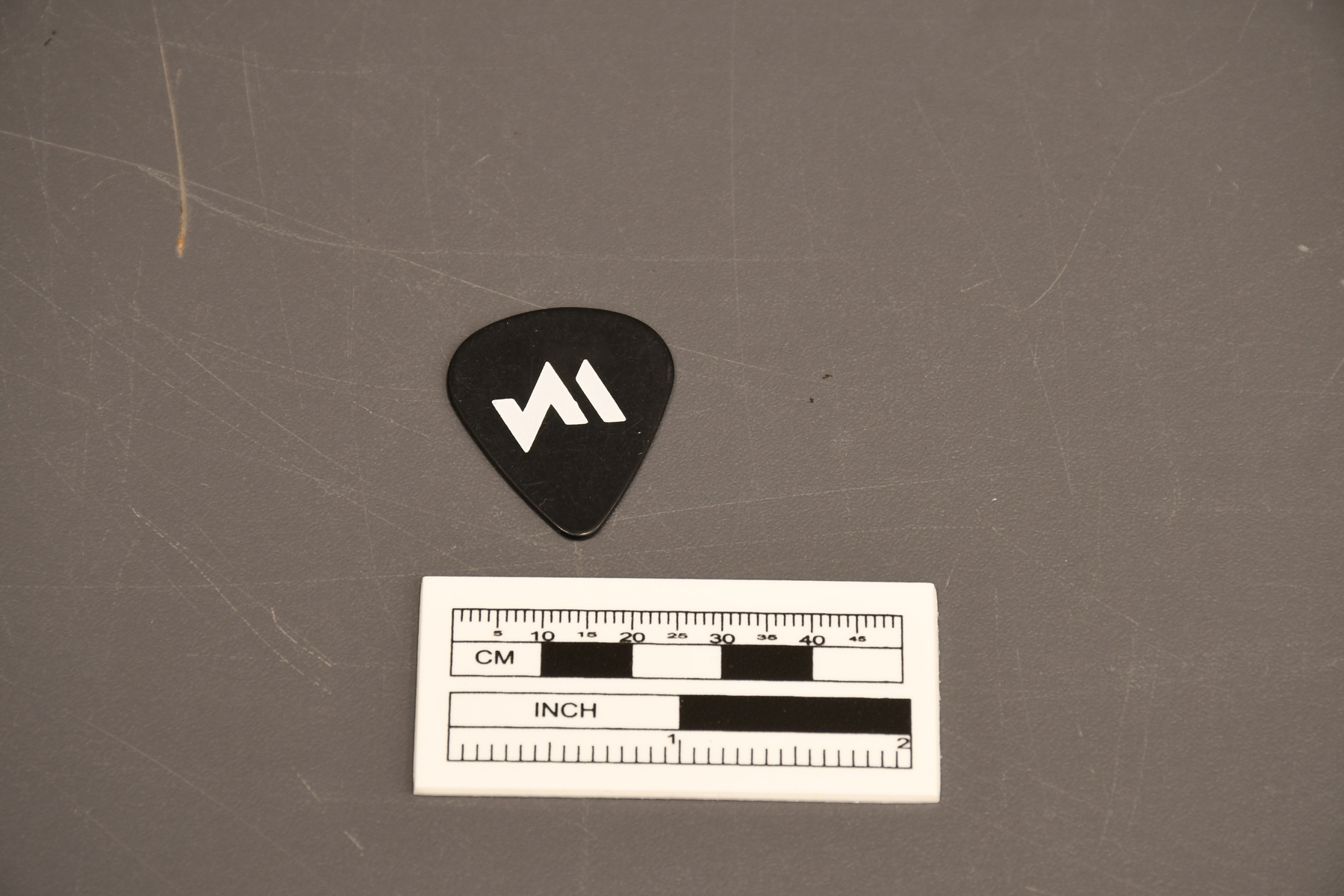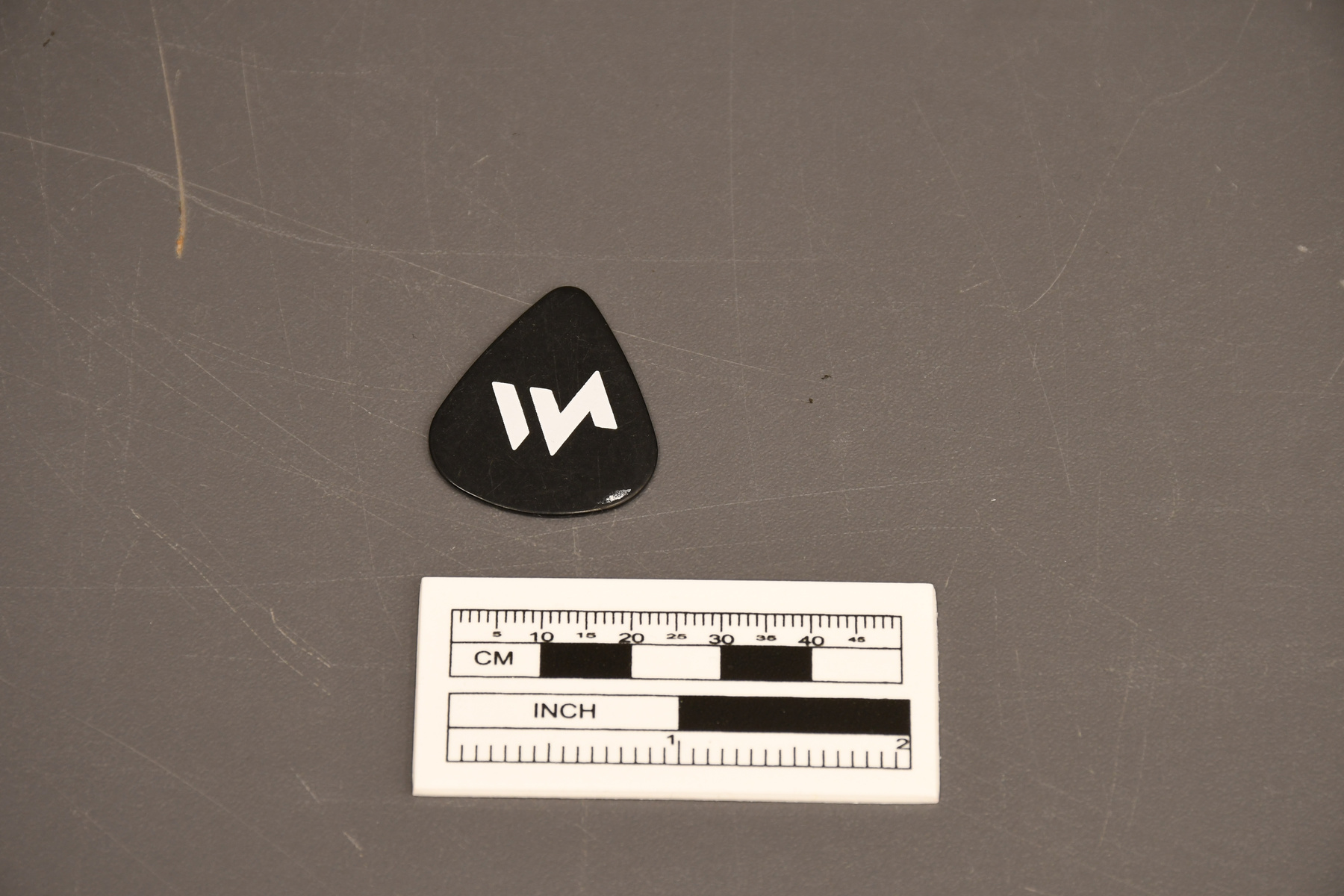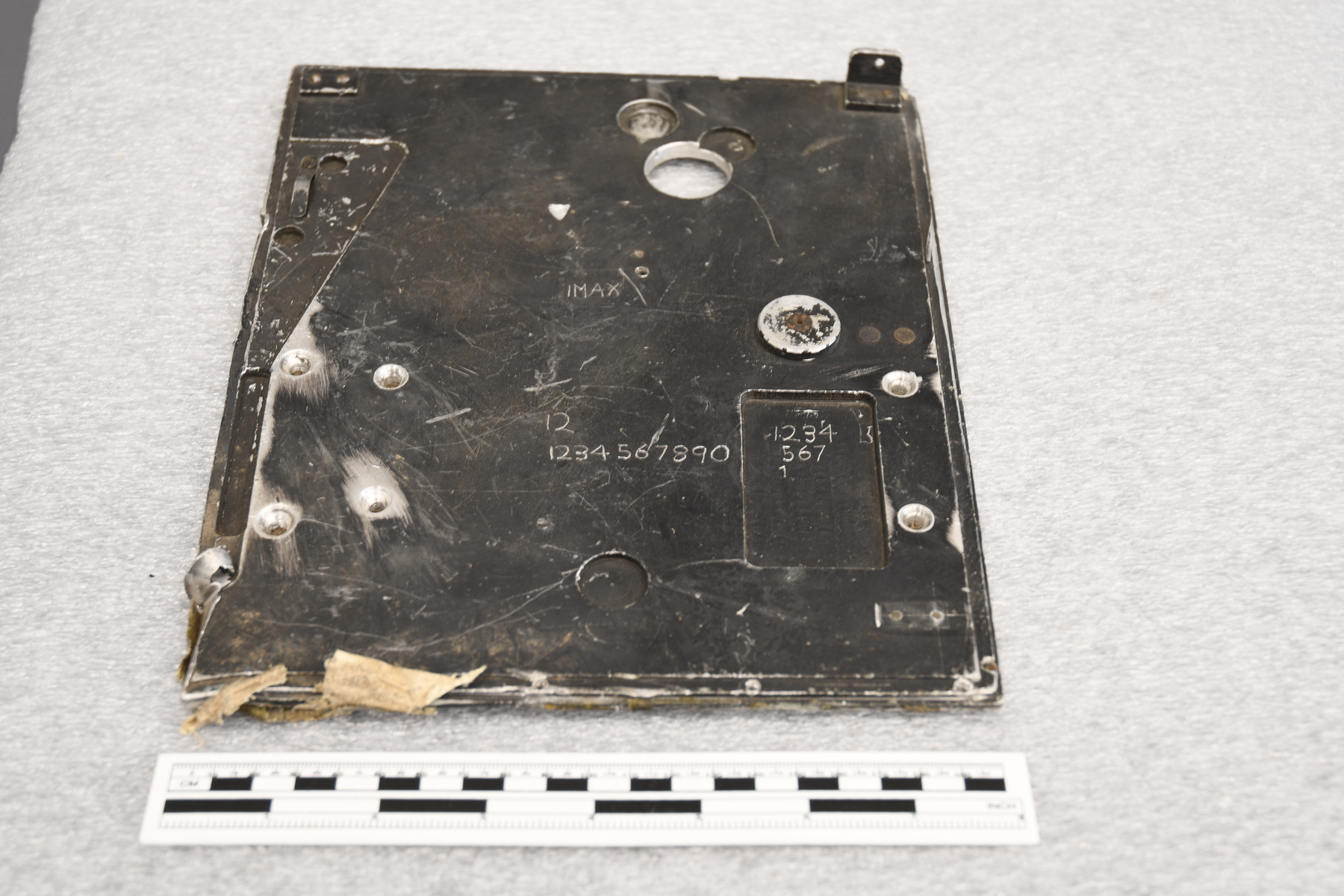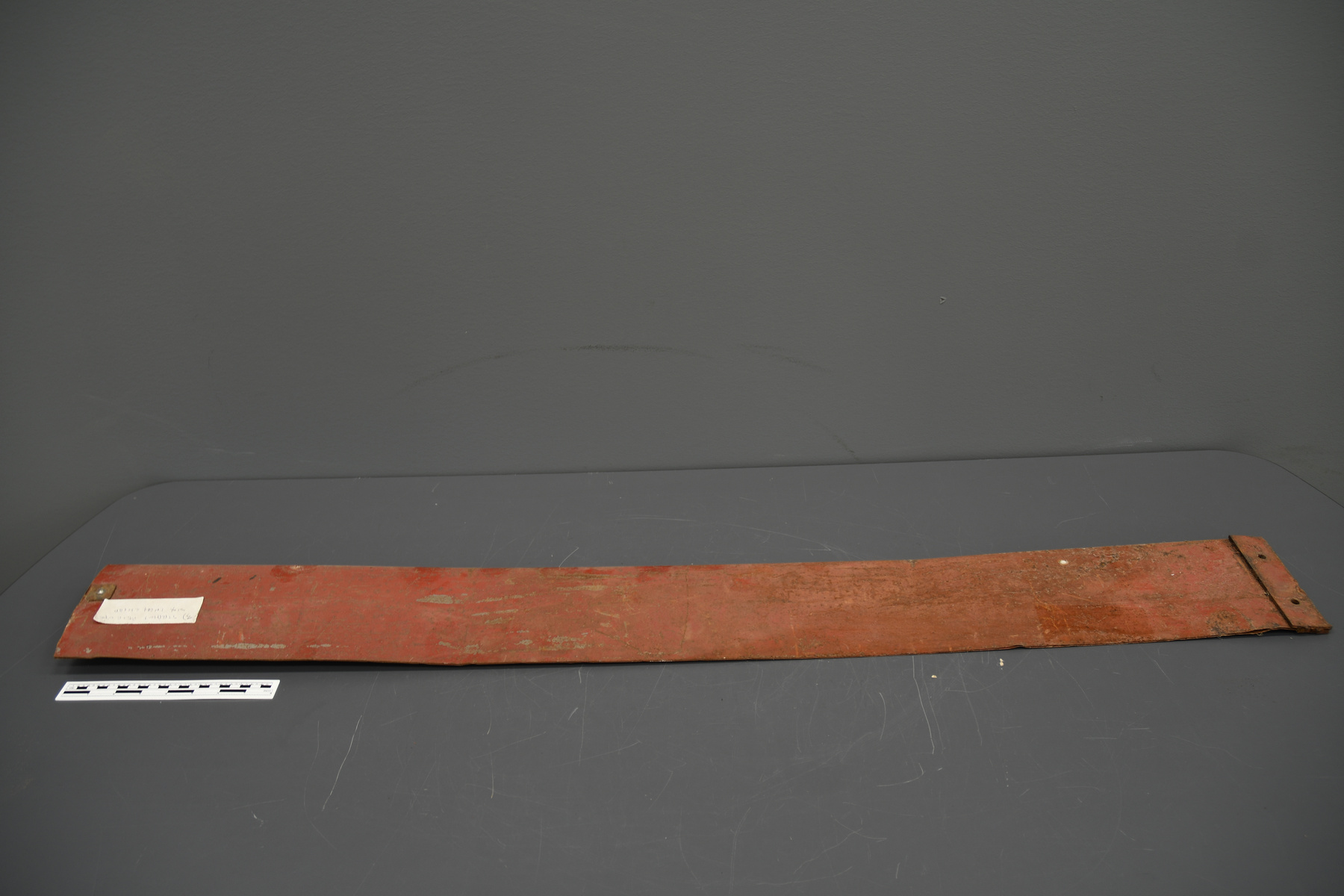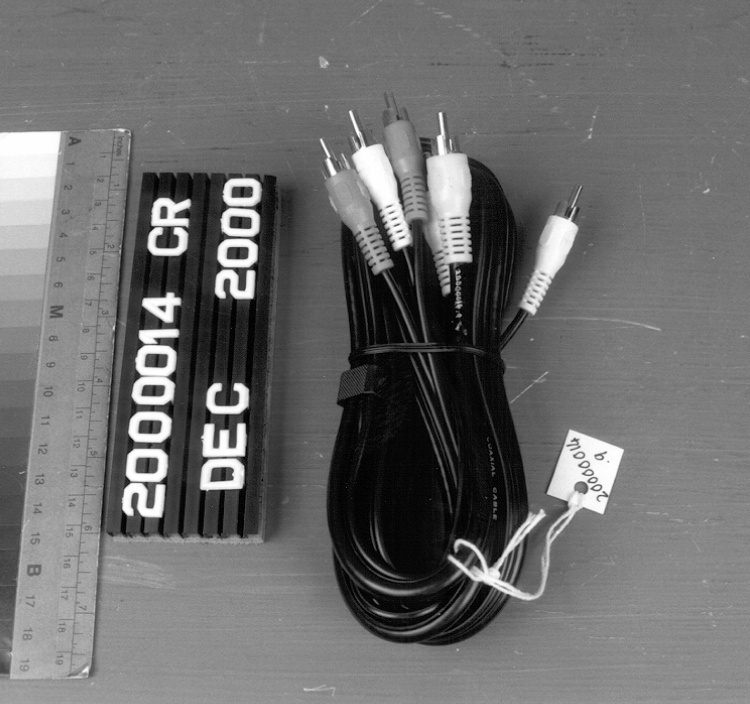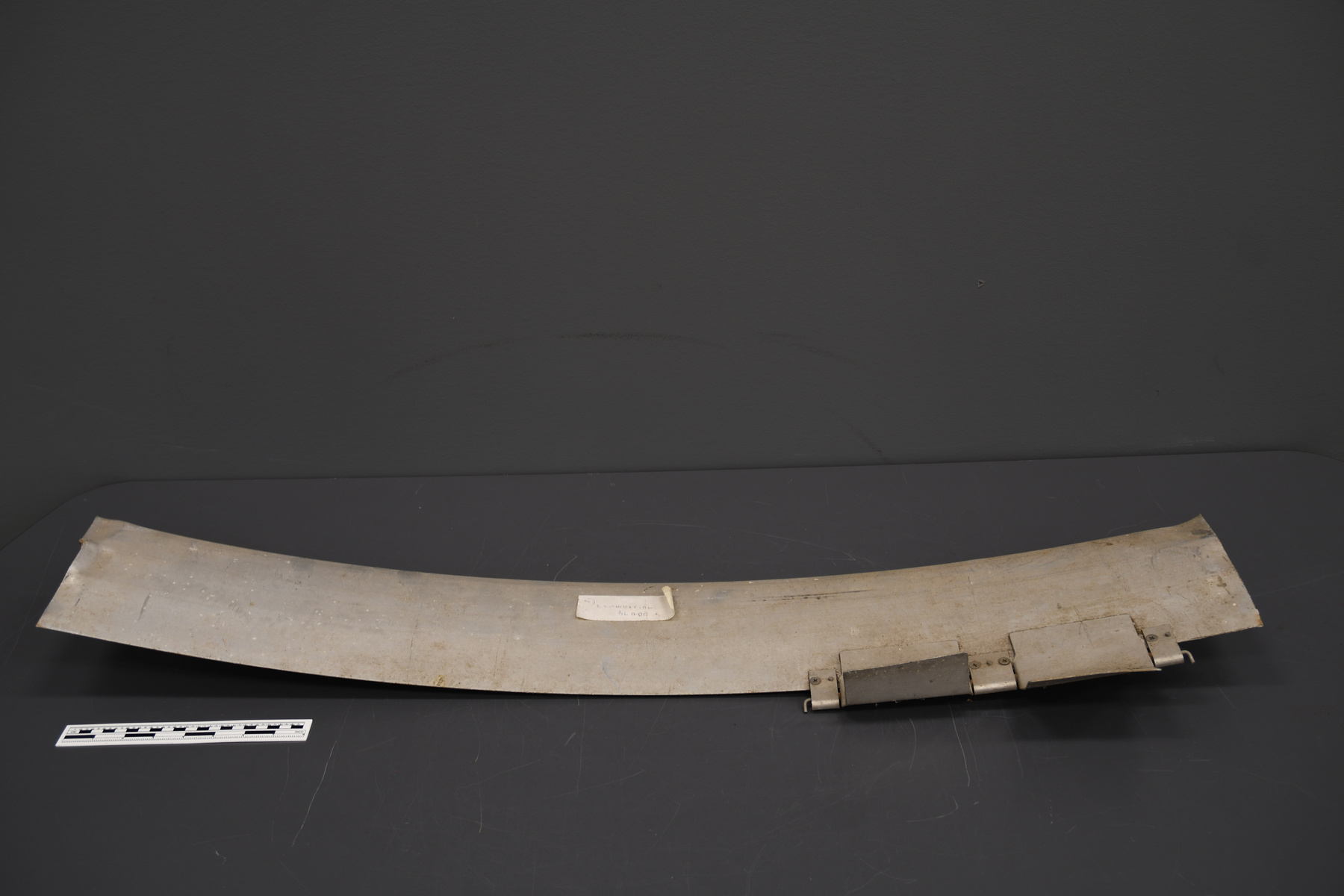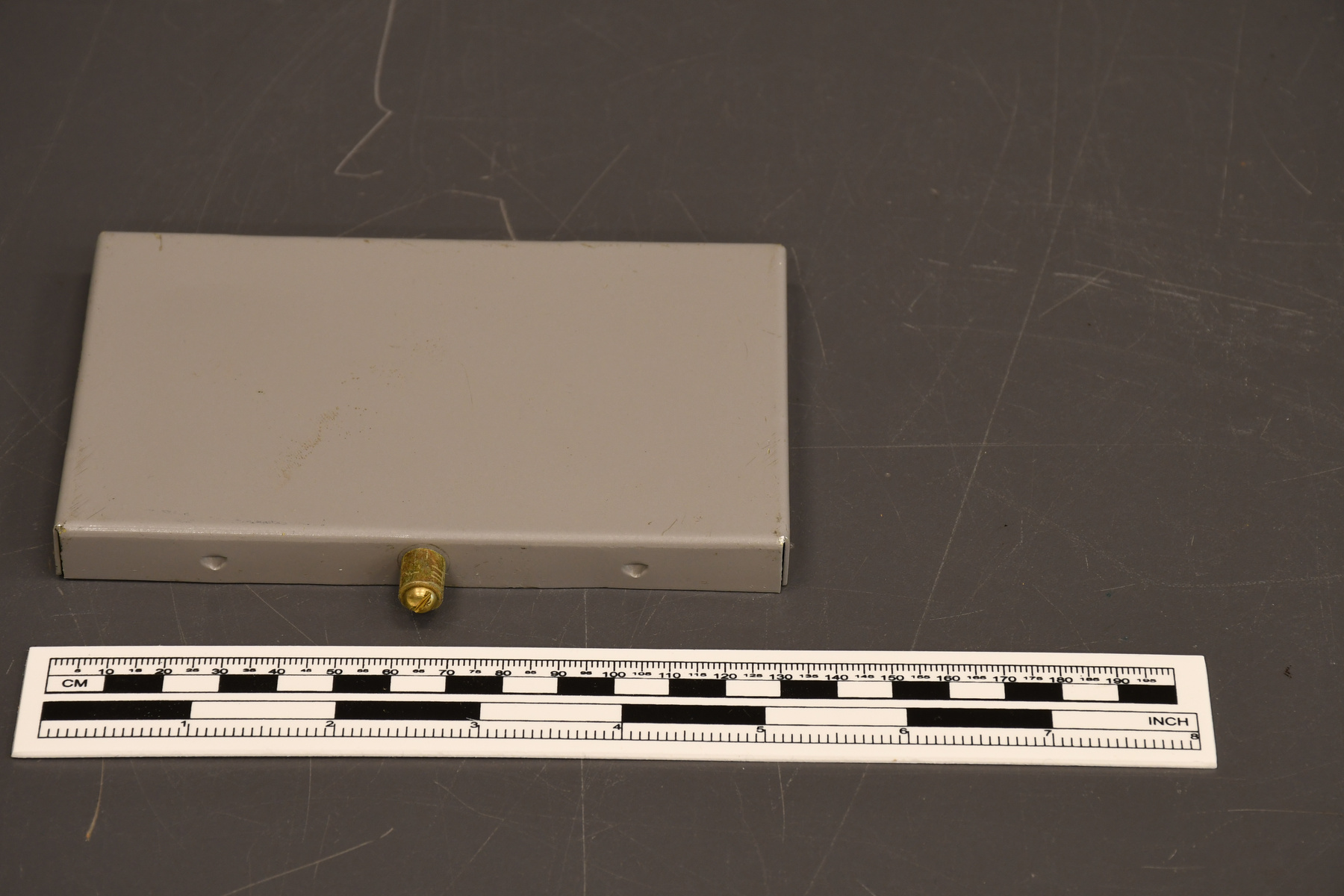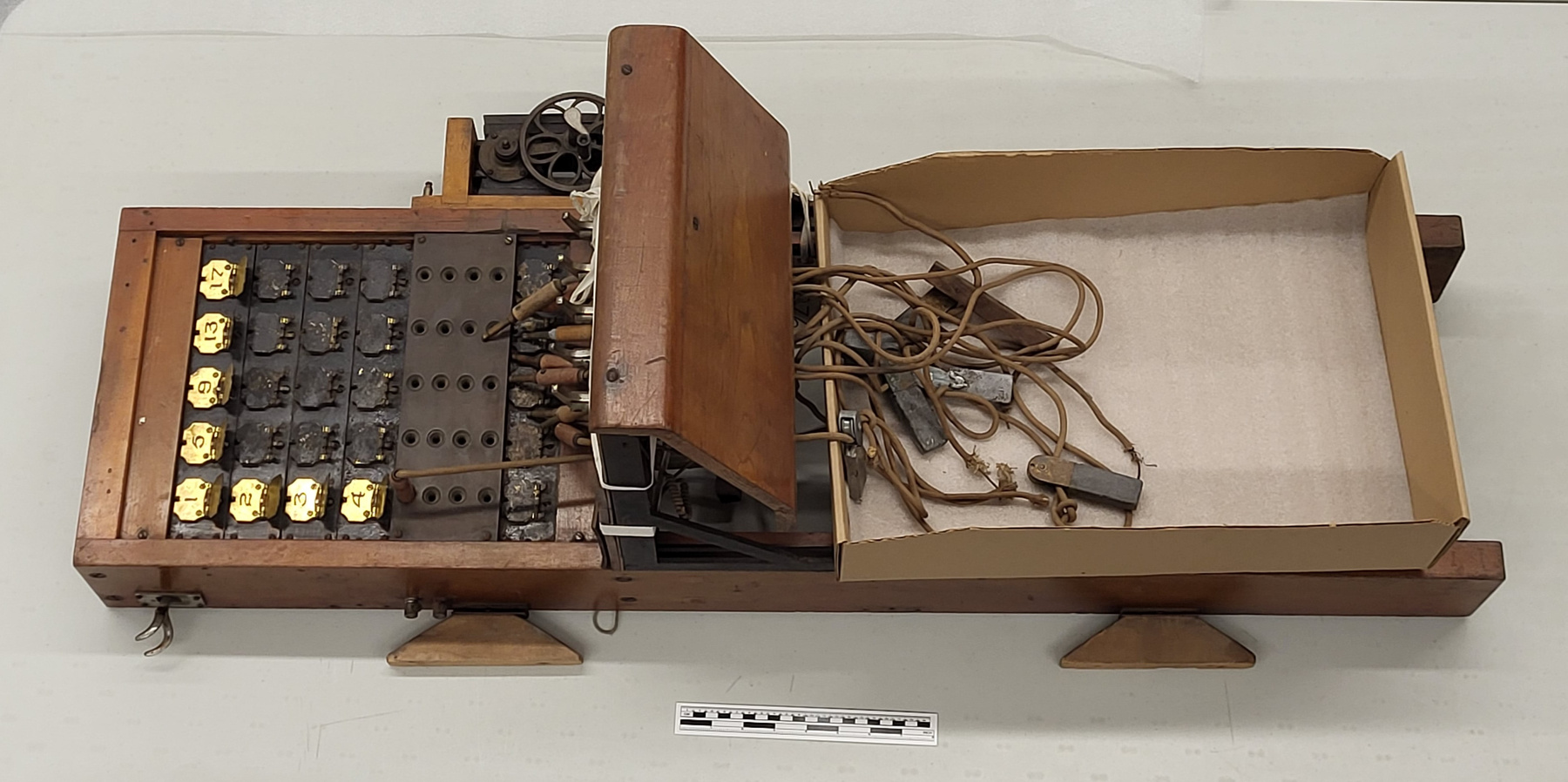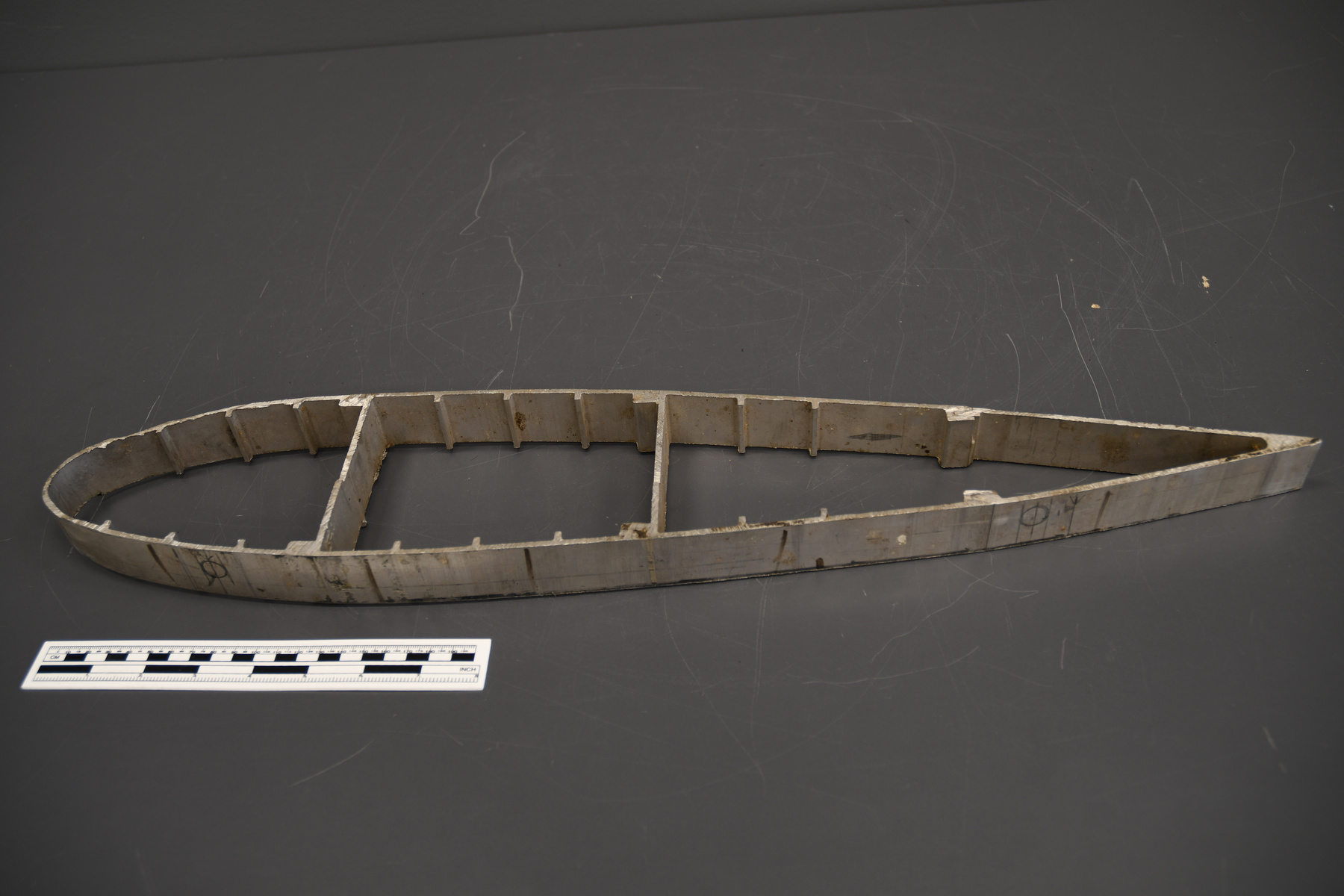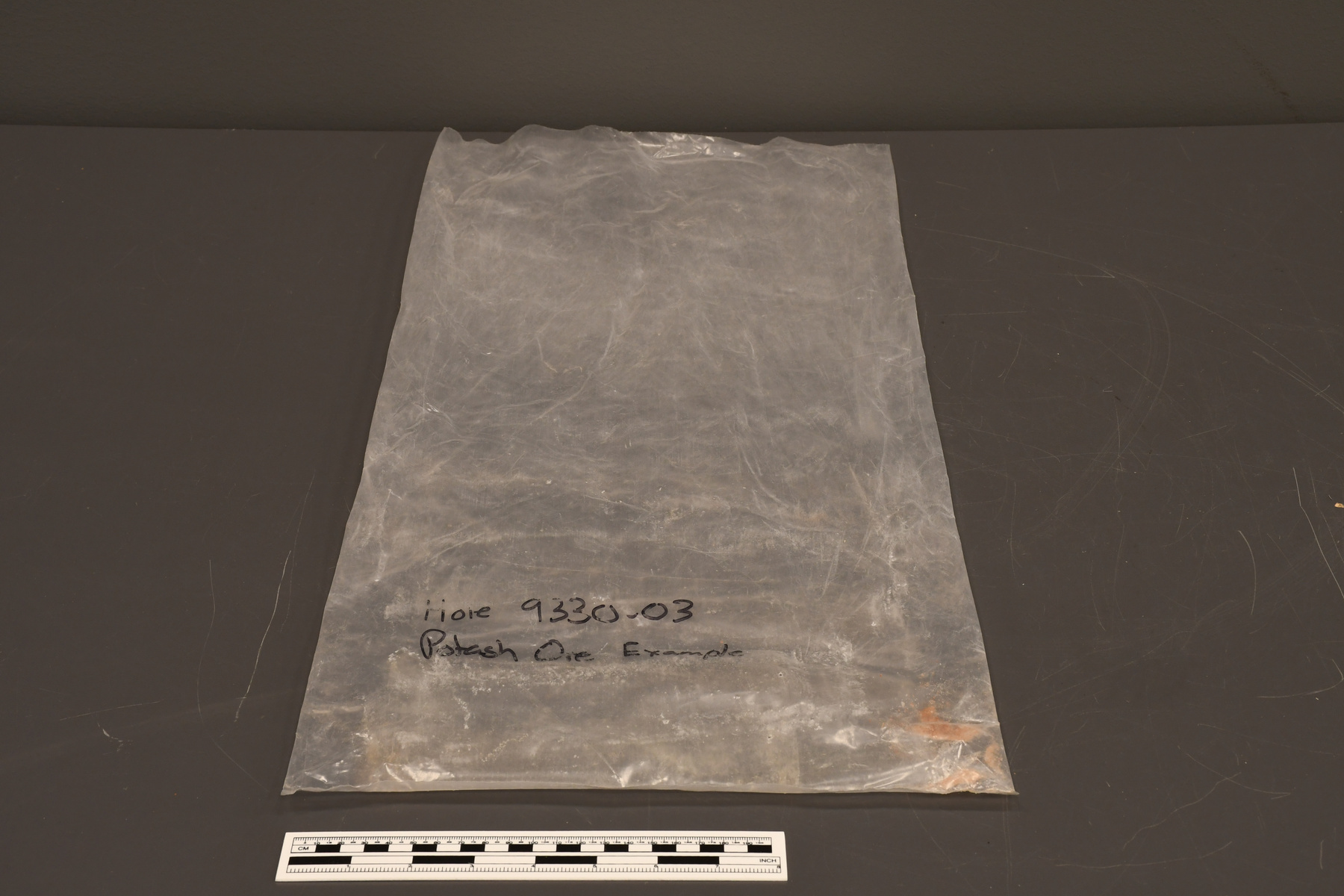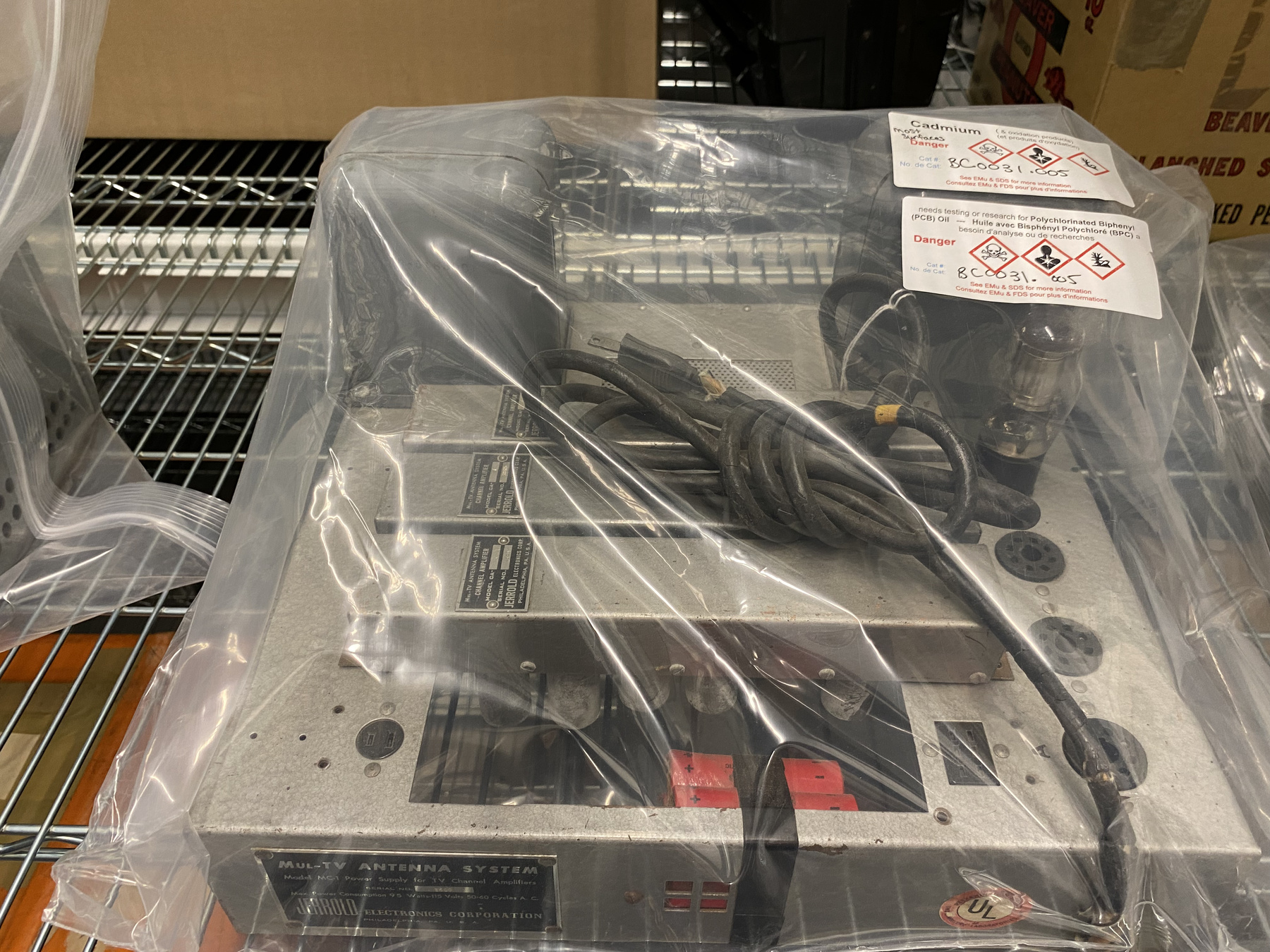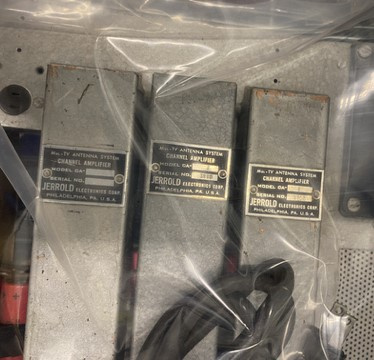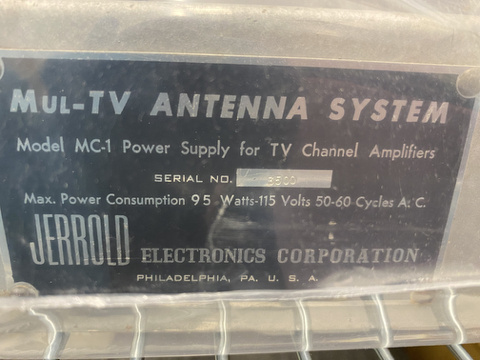Distributor, transmitter
Use this image
Can I reuse this image without permission? Yes
Object images on the Ingenium Collection’s portal have the following Creative Commons license:
Copyright Ingenium / CC BY-NC-ND (Attribution-NonCommercial 4.0 International (CC BY-NC 4.0)
ATTRIBUTE THIS IMAGE
Ingenium,
2018.0235.001
Permalink:
Ingenium is releasing this image under the Creative Commons licensing framework, and encourages downloading and reuse for non-commercial purposes. Please acknowledge Ingenium and cite the artifact number.
DOWNLOAD IMAGEPURCHASE THIS IMAGE
This image is free for non-commercial use.
For commercial use, please consult our Reproduction Fees and contact us to purchase the image.
- OBJECT TYPE
- N/A
- DATE
- 1952
- ARTIFACT NUMBER
- 2018.0235.001
- MANUFACTURER
- Unknown
- MODEL
- Mul-TV MC-1
- LOCATION
- Unknown
More Information
General Information
- Serial #
- 3500
- Part Number
- 1
- Total Parts
- 1
- AKA
- TV Antenna System
- Patents
- N/A
- General Description
- A metal object made with metal, synthetic and glass elements/Un objet fait avec du matériel en métal ainsi que d'autres composantes synthétique et en verre.
Dimensions
Note: These reflect the general size for storage and are not necessarily representative of the object's true dimensions.
- Length
- 32.0 cm
- Width
- 35.5 cm
- Height
- 19.5 cm
- Thickness
- N/A
- Weight
- N/A
- Diameter
- N/A
- Volume
- N/A
Lexicon
- Group
- Communications
- Category
- Television
- Sub-Category
- N/A
Manufacturer
- AKA
- Unknown
- Country
- Unknown
- State/Province
- Unknown
- City
- Unknown
Context
- Country
- Canada
- State/Province
- Ontario
- Period
- Unknown
- Canada
-
This artifact represents the development of one of Canada’s earliest commercial cable television systems because of Edwin R. Jarmain. In 1952, he successfully established an experimental cable operation in London, Ontario. He increased reliable access to over-the-air television by erecting a large rhombic antenna, and then transmitting—via cable. The rhombic antenna could pull down a stronger signal and provide a much more reliable television service. By 1974, service had expanded to 100,000 homes in Ontario, prompting Jarmain and his sons to go public as Canadian Cablesystems Inc. The company was bought out by Rogers Communications in 1979. In 2011, Jarmain was inducted into Canada's Telecommunications Hall of Fame as “the acknowledged father and pioneer of cable television in Canada.” L’objet représente le développement d’un des plus jeunes systèmes de télévision a câble au Canada grâce Edwin R. Jarmain. En 1952 il a établi un système prototype d'opération de câble à London, Ontario. Il a augmenté l’accès à la télévision en directe en construisant une antenne rhombique et en transmissent via câble. L'antenne pouvait tirer un signal plus fiable qui était plus fort et favorable pour les services de télévision. En 1974 le service a grossi à 100,000 maisons et Jarmain a pris la décision d'aller public avec le nom Canadian Cablesystems Inc. La compagnie a été achetée par Rogers Communications en 1979. En 2011 Jarmain a été intronisée au Temple de la Renommée pour les Télécommunications du Canada et a été reconnu comme le père et pionnier de la télévision a câble au Canada. - Function
-
This artifact distributed amplified television signals to multiple television receivers in a single location. Multiple receivers in a single location encompassed anything from a motel or showroom all the way up to a small apartment building. L'artefact était responsable de la distribution des signaux amplifier d'une télévision a plusieurs receveurs de télévision localiser dans un endroit. Ces endroits localisent pouvait être un motel, une salle d'exposition, ou un petit immeuble d'appartement. - Technical
-
The Mul-TV MC-1 eliminated the need for aerial antennas on the roofs of apartment buildings, motels, TV sales showrooms, etc. Functioning as both a receiver and a distributor, The Mul-TV could receive TV signals via cable, and then distribute these signals to multiple TVs in the same location. Le Mul-TV MC-1 à éliminer la nécessité pour des antennes aériens sur les toits des appartements, motels ech. Il fonctionnait comme un receveur et un distributeur en acceptant les signaux de télévisions à câble et après en les distribuant a de multiples télévisions dans un endroit. - Area Notes
-
Unknown
Details
- Markings
- On the front of the object/Sur le devant de l'objet: "JERROLD", On the proper right side of the object/Sur le bon côté droit de l'objet: "D,C,B,A/ ANTENNA INPUTS", On the proper left side of the artifact/Sur le bon côté gauche de l'objet: "OUTPUT #1", On the back of the object the manufacturer's plate reads in part/Sur le dos de l'objet la plaque de fabrication lis en part:"Mul-TV ANTENNA SYSTEM/ Model MC-1 Power Supply for TV Channel Amplifiers/ SERIAL NO. 3500/ JERROLD ELECTRONICS CORPORATION", On top of the artifact's strip amplifiers/Sur le dessus des amplificateurs à bande: "Mul-Tv ANTENNA SYSTEM/ CHANNEL APLIFIER/ MODEL CA/ SERIAL NO./ JERROLD ELECTRONICS CORP./ PHILADELPHIA, PA. U.S.A".
- Missing
- None apparent/L'objet a toutes ces pièces.
- Finish
- A metal box that is silver coloured. It has a maker's mark on its front face along with a switch, a power indicator light and black synthetic fuse knob. The artifact has a black synthetic cable coming out of its back along with a manufacturing plate. The inside of the back plate has two red batteries. A glass bulb sits on the top of the artifact along for a vacuum tube and three strip amplifiers. On the proper right side of the artifact sits four antenna inputs and on the proper left are their corresponding outputs. Une boite en métal de couleur argent. Il y a une marque du fabricateur sur sont devant ainsi qu'un interrupteur en métal, une lumière comme preuve d'alimentation, ainsi qu'un bouton à fusible noir qui est fait avec du matériel synthétique. L'artefact a un câble noir synthétique qui sort de son dos avec une plaque de fabrication. L'intérieur du dos a deux batteries rouges. Une ampoule en verre est assise sur le dessus de l'objet pour un tube à vide avec trois amplificateurs à bande. Sur le bon côté droit il y a quatre entrées d'antenne et sur le bon côté gauche il y a une sortie d'antenne.
- Decoration
- N/A
CITE THIS OBJECT
If you choose to share our information about this collection object, please cite:
Unknown Manufacturer, Distributor, transmitter, circa 1952, Artifact no. 2018.0235, Ingenium – Canada’s Museums of Science and Innovation, http://collection.ingeniumcanada.org/en/id/2018.0235.001/
FEEDBACK
Submit a question or comment about this artifact.
More Like This

